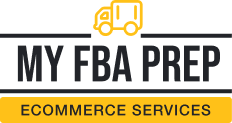Amazon

Amazon has just dropped a bombshell in the eCommerce world: Custom Analytics, a full-fledged business intelligence dashboard inside Seller Central. For years, sellers have begged for deeper, customizable reporting without having to export CSVs into Excel or wrangle 3rd-party BI tools. Now, Amazon is delivering. What is Amazon Custom Analytics? Think of Custom Analytics like...
By Tom Wicky on July 10, 2025
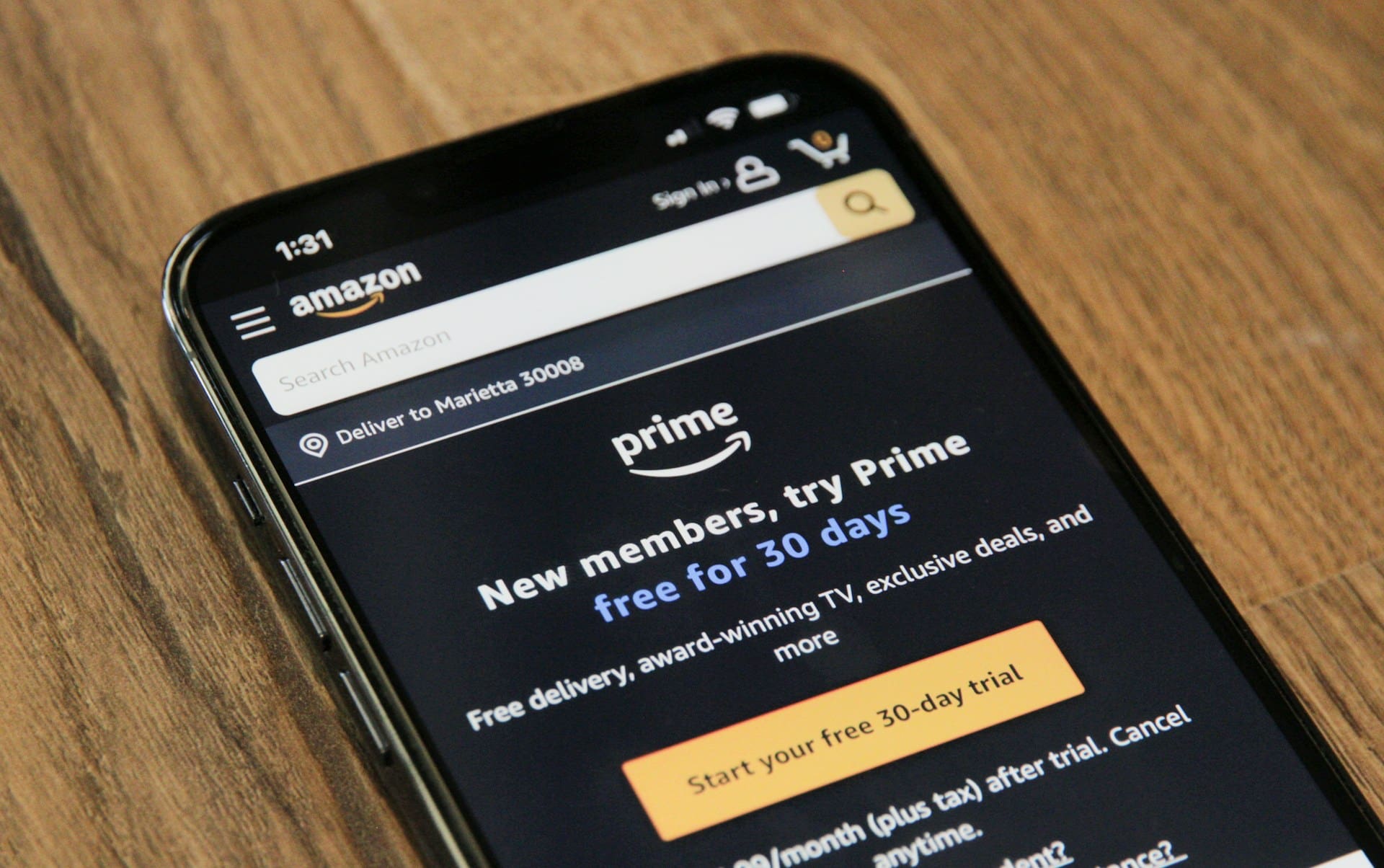
Amazon just changed the game again. You have to love them for being such unpredictably predictable game-changers. For the first time, Prime Day will stretch into a four-day event (starting today! July 8-11), which happens to be the longest in its history. On the surface, it’s another chance for shoppers to load up on deals....
By Tom Wicky on July 08, 2025
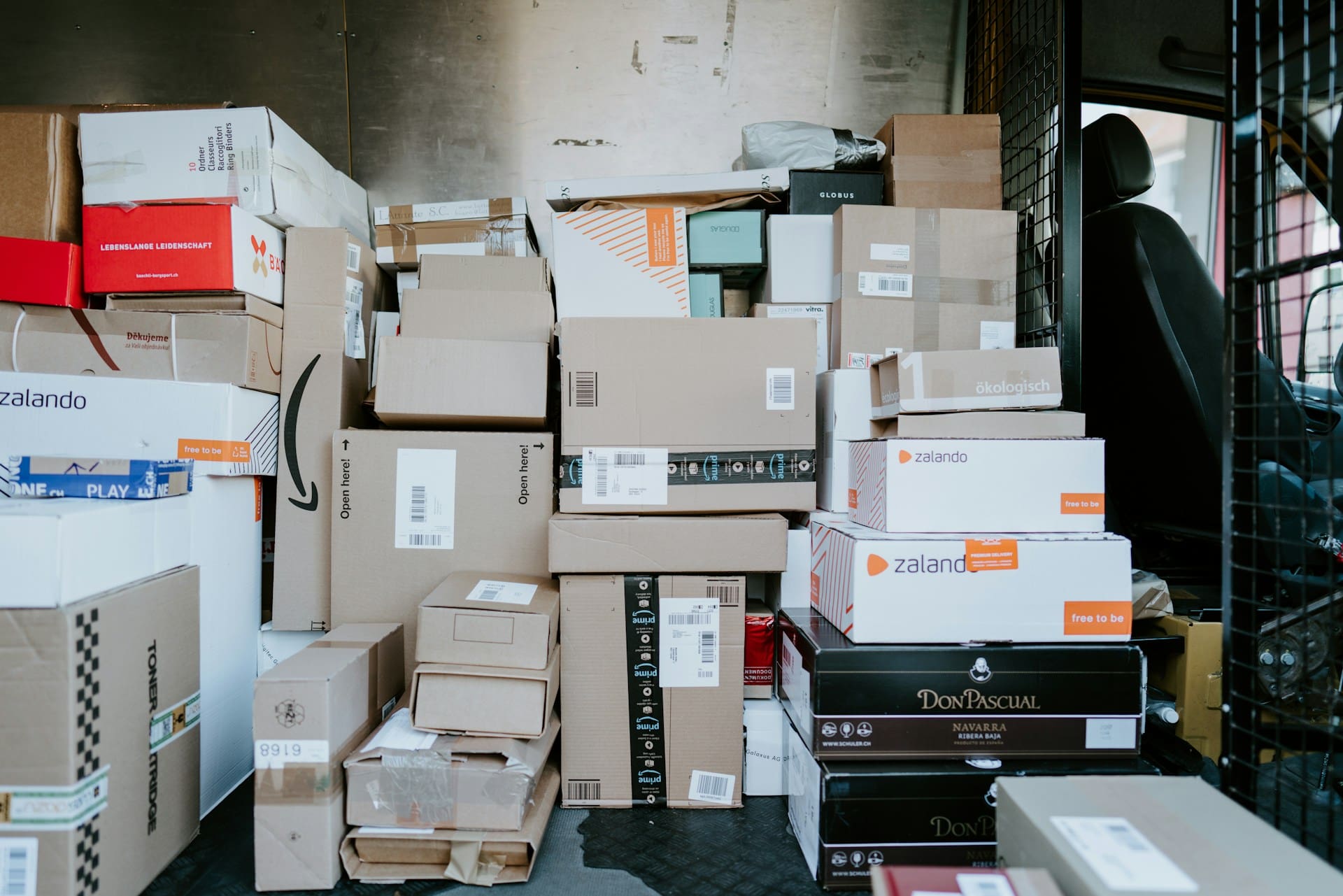
If you’re an Amazon seller sitting on FBA inventory, wake up: Walmart just quietly greenlit a game-changer that cracks open its marketplace to Amazon’s infrastructure. As of now, you can use Amazon MCF (Multi-Channel Fulfillment) to fulfill Walmart orders. That’s right: the same inventory you’re already housing with Amazon can now flow to Walmart customers....
By Tom Wicky on June 03, 2025

Amazon’s Fulfillment by Amazon (FBA) program can streamline your eCommerce logistics, but not without hidden costs and bottlenecks. One of the biggest pain points for sellers is inbound placement fees and long check-in delays. If you’ve ever paid $2 per unit in “placement fees,” shipped to five different FCs for one ASIN, or watched sellable...
By Tom Wicky on May 29, 2025
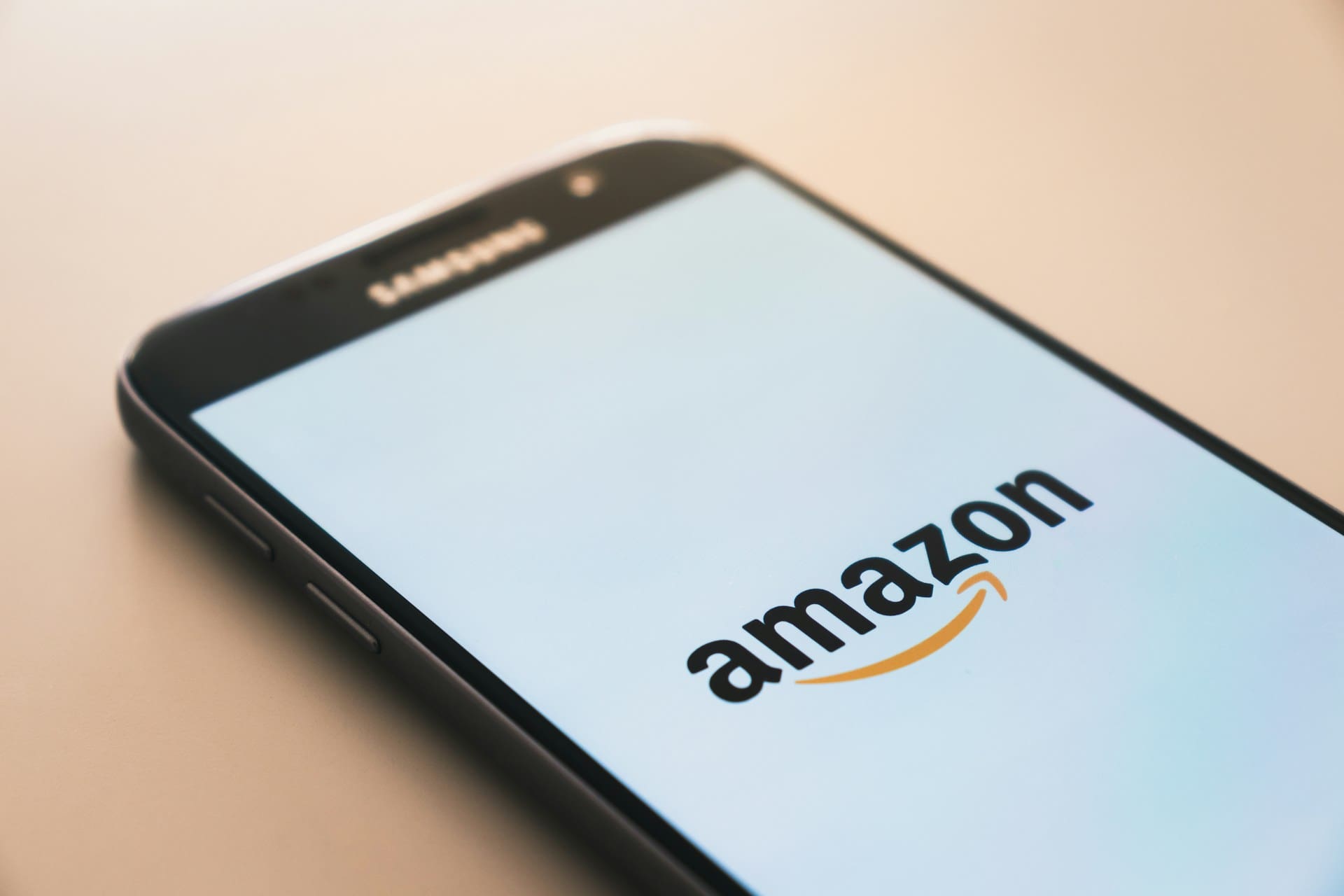
This is a guest post from the Seller Assistant team. Seller Assistant is Amazon seller software for bulk analysis and product research. Use it to quickly scan and analyze wholesale lists to find profitable products. One of the key factors that determine success on Amazon is choosing the right products to sell. With millions of...
By Guest on May 27, 2025

This article was written by Stephanie Richter. Stephanie is the CEO and co-founder of Adspert, a leading AI-driven optimization software for Amazon and other eCommerce platforms. Amazon Prime Day is a massive opportunity for sellers to skyrocket their sales, gain brand exposure, and outpace competitors with the strategic use of Amazon Ads. But for every success...
By Guest on May 20, 2025
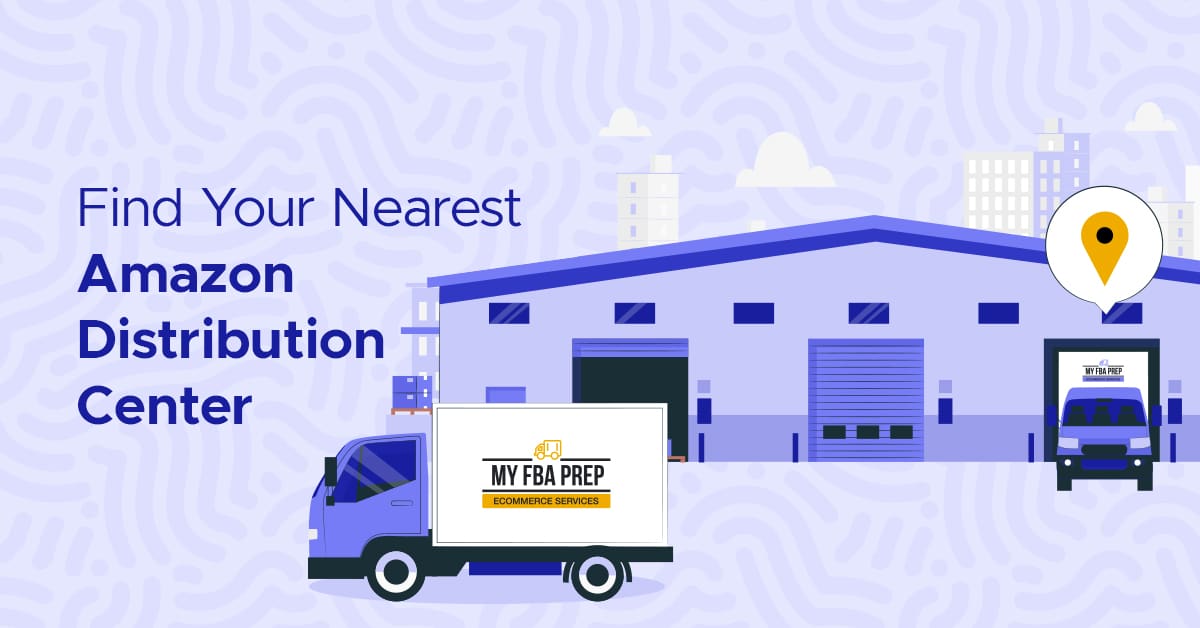
Amazon packages arrive so quickly, it can seem like magic. However, the secret behind that fast pace is fully grounded in reality: Amazon fulfillment centers. These massive warehouses manage the storage, packing, and shipping of millions of products daily. Unlike regular warehouses that simply store goods though, Amazon fulfillment centers use advanced technology and automation...
By Rachel Andrea Go on May 15, 2025
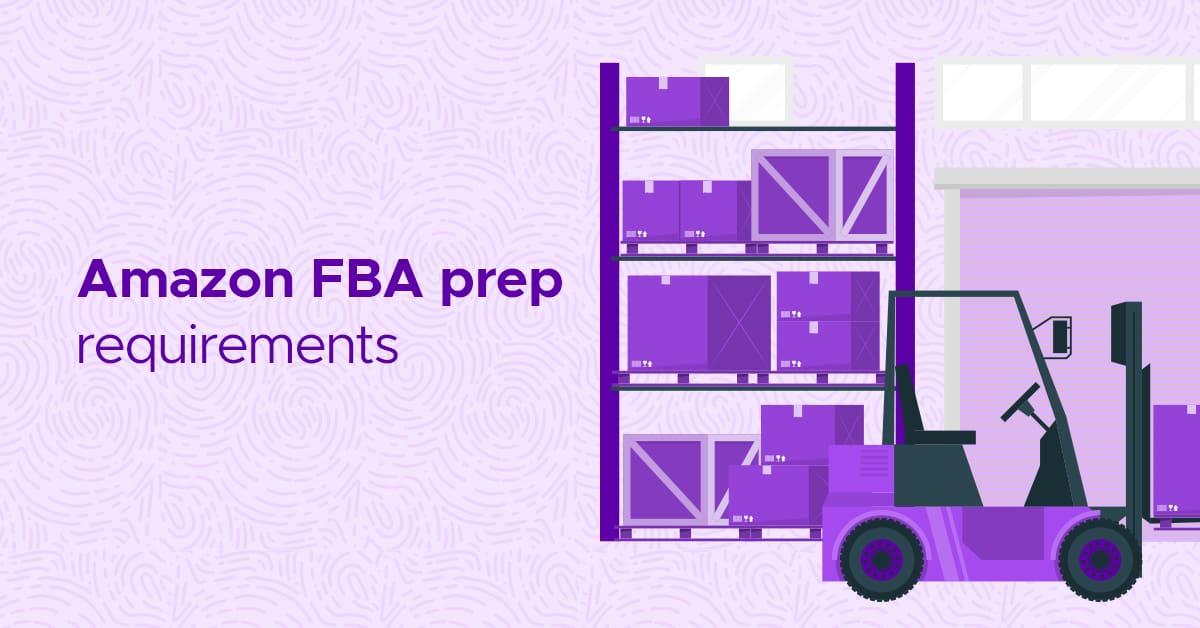
To succeed as a seller in the Fulfillment by Amazon (FBA) program, you must adhere to its stringent guidelines. With standards encompassing everything from packaging and labeling to shipping, your ability to comply spells the difference between seamless operations and costly delays. So, to help you circumvent any issues and reach customers without a hitch,...
By Rachel Andrea Go on May 08, 2025
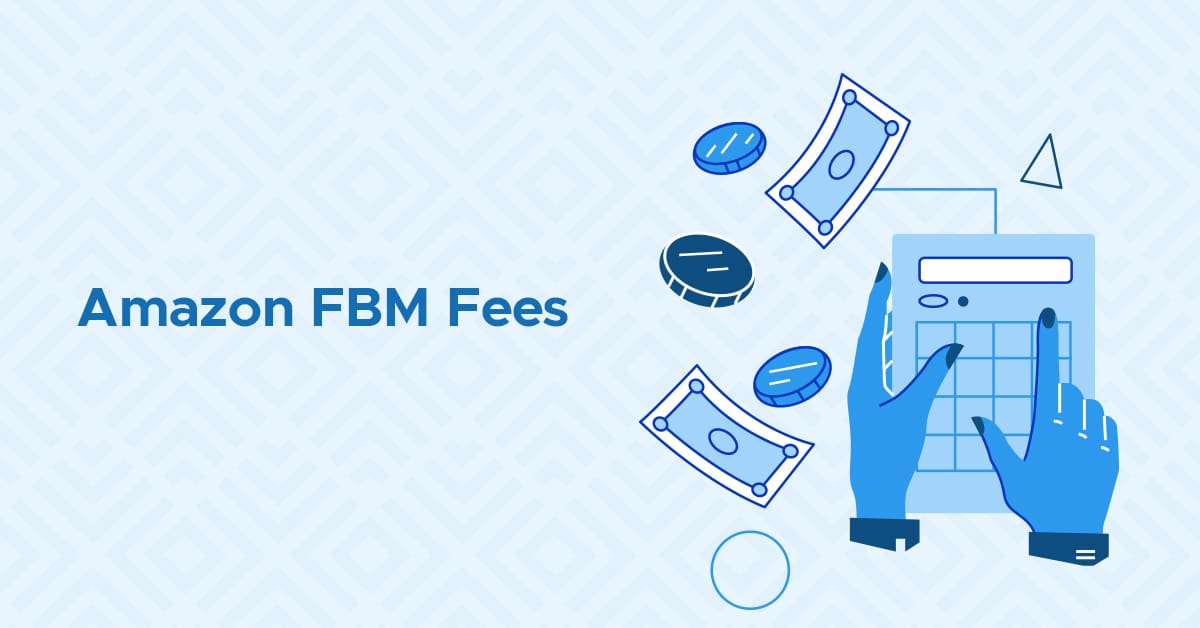
As eCommerce grows, so does the demand for efficient and cost-effective fulfillment methods. Amazon offers sellers options for this in the form of Fulfillment by Amazon (FBA) and Fulfilled by Merchant (FBM). While the former provides extensive support from Amazon’s logistics network, the latter allows merchants to manage end-to-end fulfillment themselves, from warehousing and packaging...
By Rachel Andrea Go on May 06, 2025
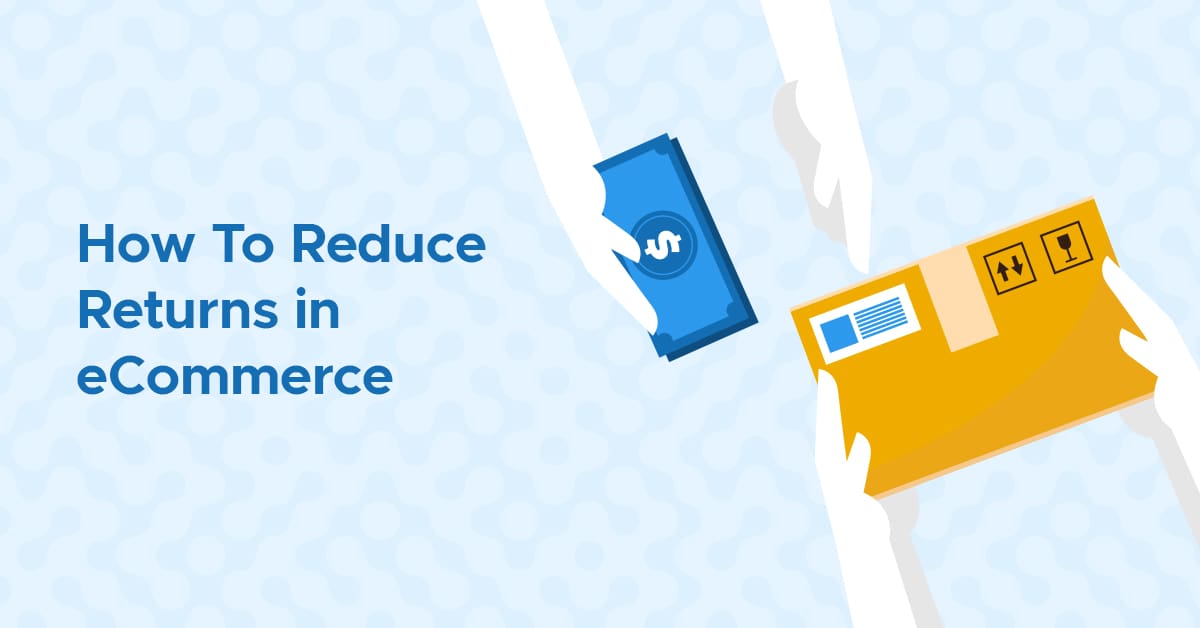
Dealing with returns can be one of the biggest headaches when running an eCommerce business. They eat into profits, disrupt operations, and frustrate you and your customers. Whether it’s sizing issues, damaged products, or unmet expectations, every return is a missed opportunity to satisfy a customer. Further, they can impact how buyers perceive your brand....
By Rachel Andrea Go on April 17, 2025
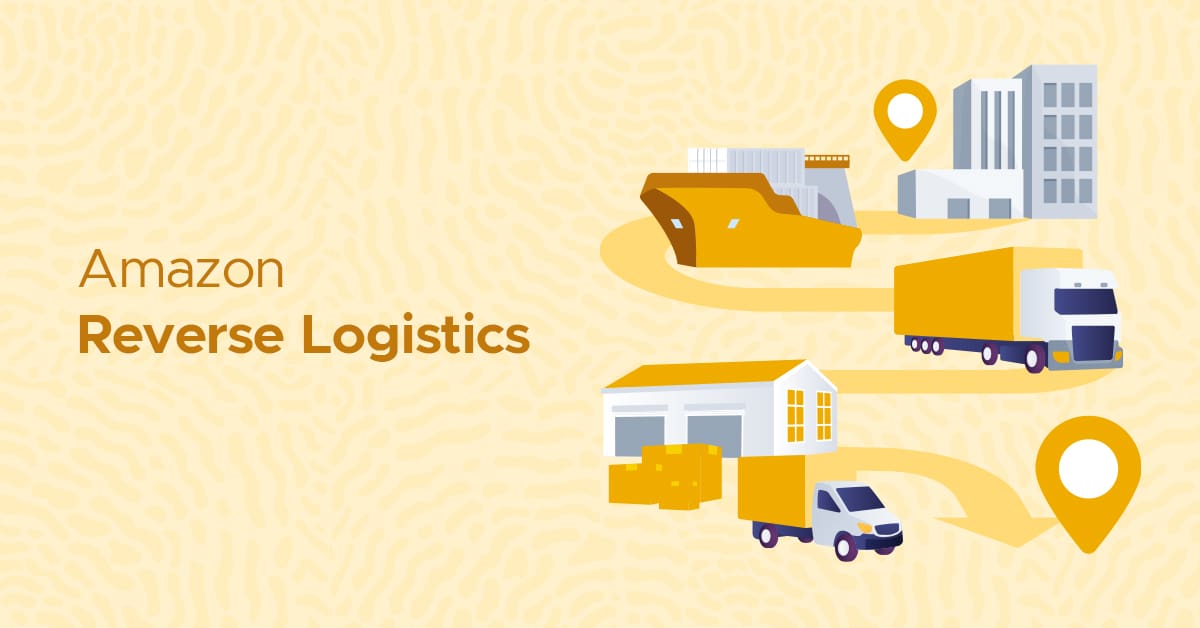
An unavoidable aspect of selling on Amazon is accepting returns, usually within 30 days of a customer purchasing a product. As an Amazon seller, you have to match or exceed the platform’s return policy, which means accepting no-fault returns and establishing robust reverse logistics. While participating in FBA can take much of the hassle of...
By Brandy Cross on April 15, 2025

Because sometimes your inventory can actually cut you. Why You’re Suddenly on the Hook for Blades and Bayonets On January 15, 2025, Amazon quietly lobbed a knife-shaped curveball at FBA sellers: starting April 14, 2025, Amazon will no longer prep sharp products for you. Sellers must arrive at the FC with every edge sheathed in...
By Tom Wicky on April 10, 2025
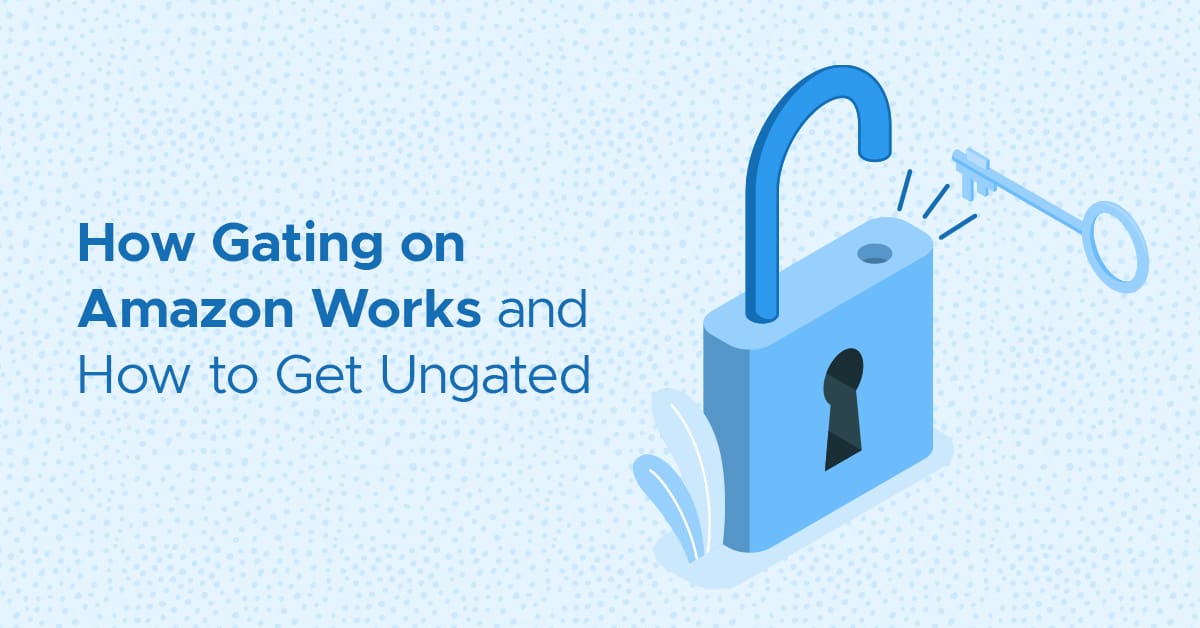
Your brand has finally gained traction on Amazon. Sales are climbing, reviews are glowing, and all seems well — until unauthorized sellers start listing your products at suspiciously low prices. Even worse, counterfeit versions begin to appear and damage your hard-earned reputation. Then comes Amazon brand gating to the rescue. This protective measure prevents unauthorized...
By Rachel Andrea Go on March 27, 2025
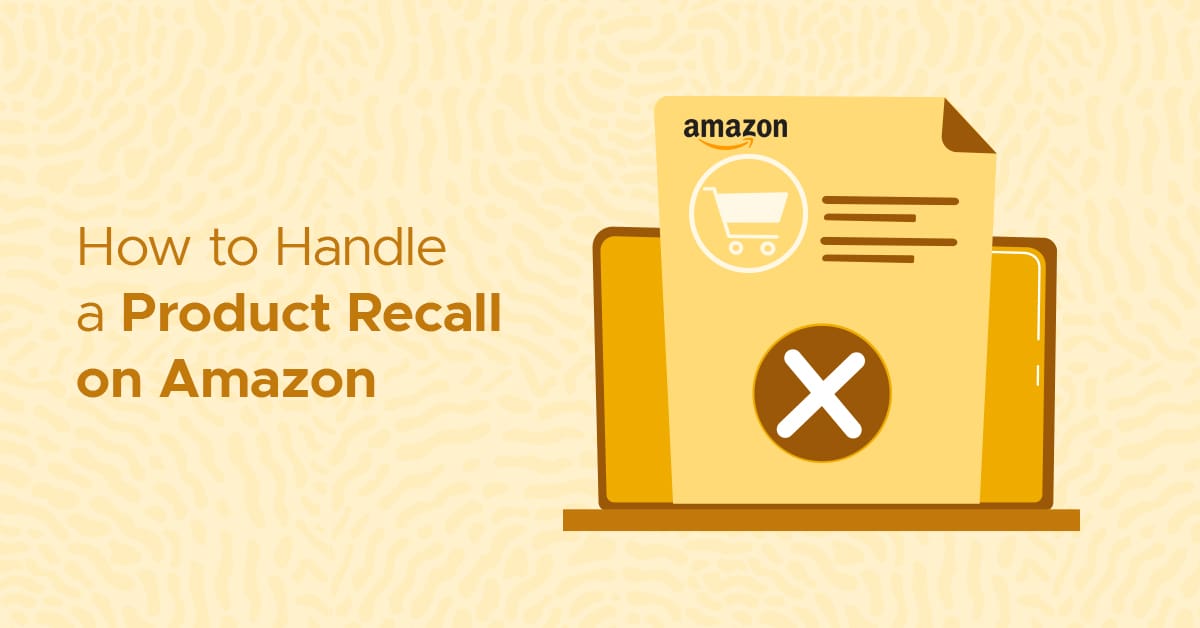
Recalling your products on Amazon is stressful, especially when you consider all the consequences for your business. But it’s a necessary step to mitigate greater risks and address any issues head-on. Amazon has issued almost 600 recall alerts in 2024 alone, with more likely to come before it ends. Product recalls happen more often than...
By Rachel Andrea Go on March 20, 2025

Learn about the foundations and best practices of selling CPG products on marketplaces like Amazon, including how to balance inventory and demand, manage the customer experience, and the pros and cons of building a CPG brand. Transcript below. Ryan’s background Rachel Andrea Go: Thank you so much, Ryan, for coming to join the MyFBAPrep interview...
By Rachel Andrea Go on March 13, 2025
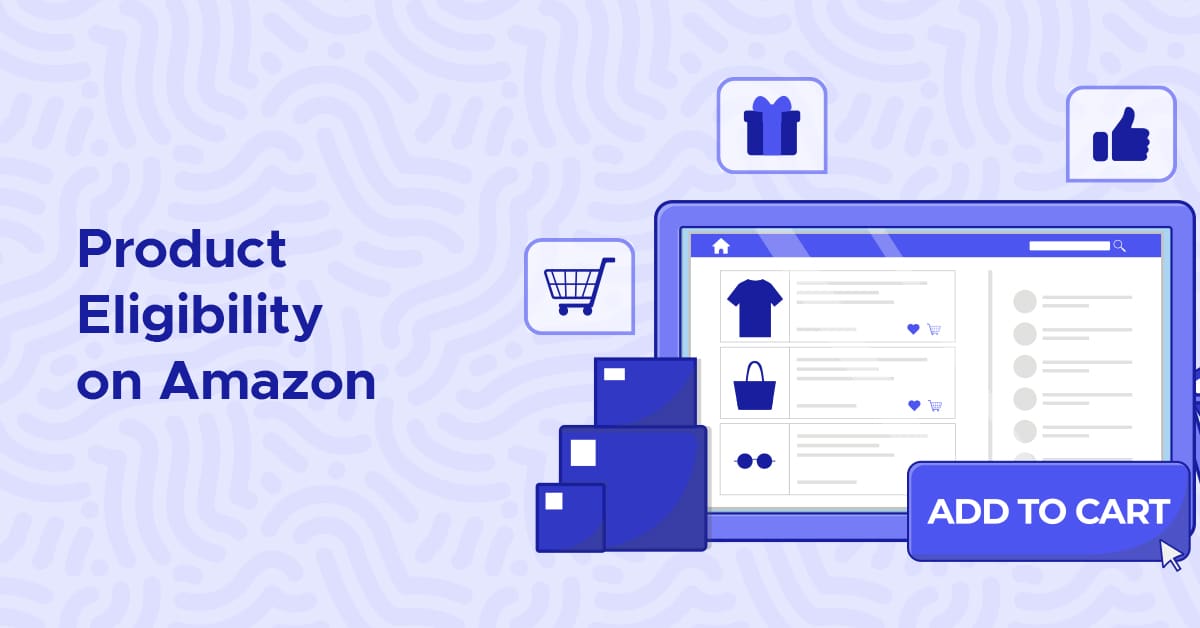
When venturing onto the Amazon marketplace, endless product options are at your fingertips. Amazon keeps their virtual shelves stocked with trustworthy items thanks to their strict Product Eligibility policies. These guidelines aren’t just about keeping customers happy though; they’re also a lifeline for merchants to ensure their products meet Amazon’s standards and are buyer ready....
By Rachel Andrea Go on March 06, 2025
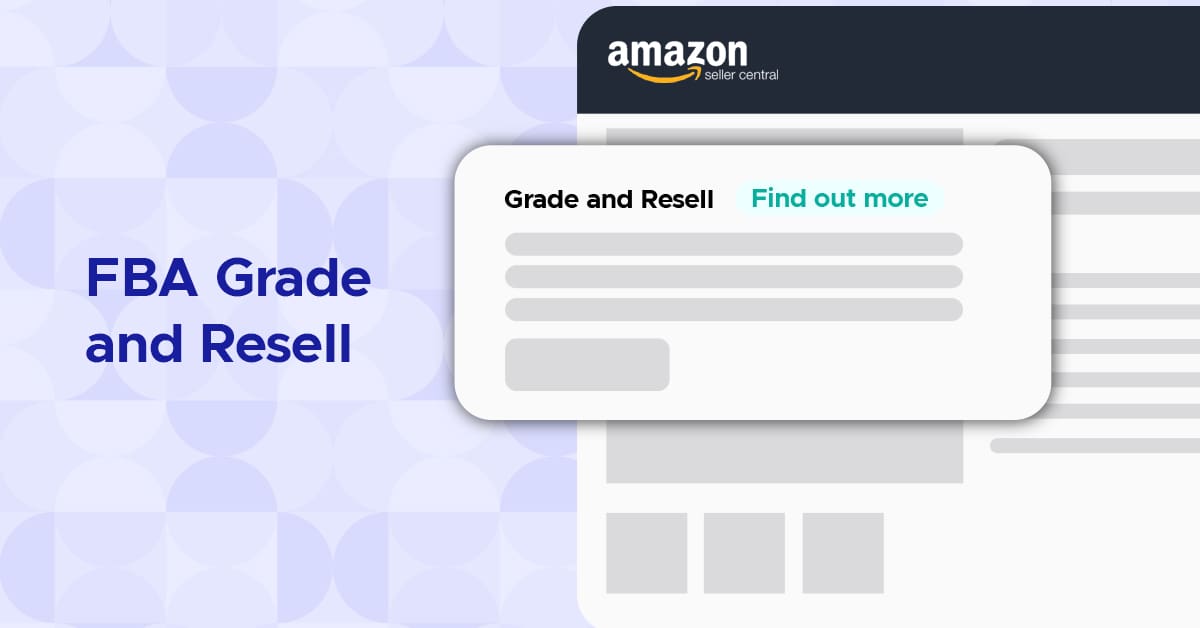
Sustainability in eCommerce is no longer just a buzzword — it’s a necessity. With consumers gravitating towards eco-conscious businesses, sellers are finding ways to embrace these values amid their operational challenges. One significant hurdle is managing returns, which can accumulate and drain resources like space, time, and profits. Enter Amazon FBA Grade and Resell. This...
By Rachel Andrea Go on February 18, 2025
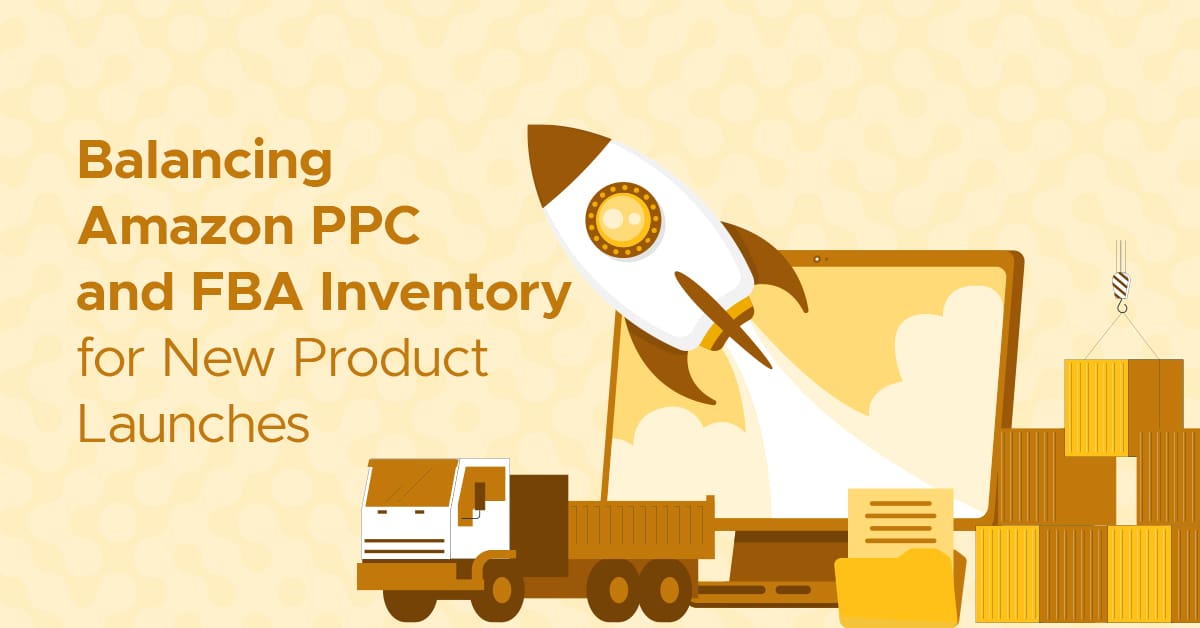
This is a guest post from Michael Erickson Facchin, CEO of Ad Badger. Michael believes in sharing his expertise with others. As a guide for Amazon marketers and entrepreneurs, he equips them with the tools, insights, and feedback they need to scale their Amazon PPC advertising campaigns. At Ad Badger, Michael helps users save time,...
By Guest on February 13, 2025

This is a guest post by Xuan Xie, digital marketing specialist at m19. Xuan excels at creating strategic content tailored to B2B eCommerce, particularly in the Amazon sector. With a deep-seated passion for eCommerce and expertise in PPC advertising, Xuan is dedicated to driving business growth through a wide repertoire of digital marketing solutions. If you’ve...
By Guest on February 11, 2025

Amazon listings show the number of items purchased in the last month. This represents a shift toward greater transparency based on recent customer feedback, compared to the previously aggregated reviews over a listing’s lifetime. Source That display does more than simply track sales — it enhances seller listings and builds credibility, subtly nudging potential buyers...
By Rachel Andrea Go on February 06, 2025
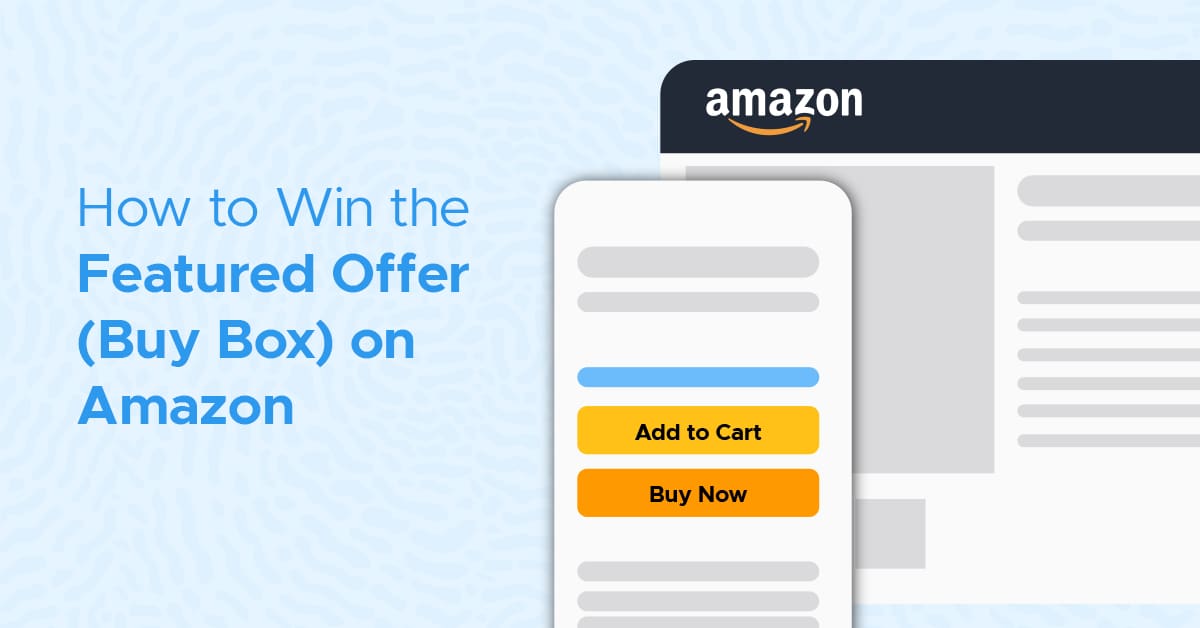
For Amazon buyers, the Amazon Featured Offer is a nice design element that provides seamless shopping. But for sellers, it’s a golden ticket. Winning it places your product front and center to capture a majority of sales. However, having the lowest price isn’t enough to secure this coveted feature — Amazon looks at everything from...
By Rachel Andrea Go on February 04, 2025
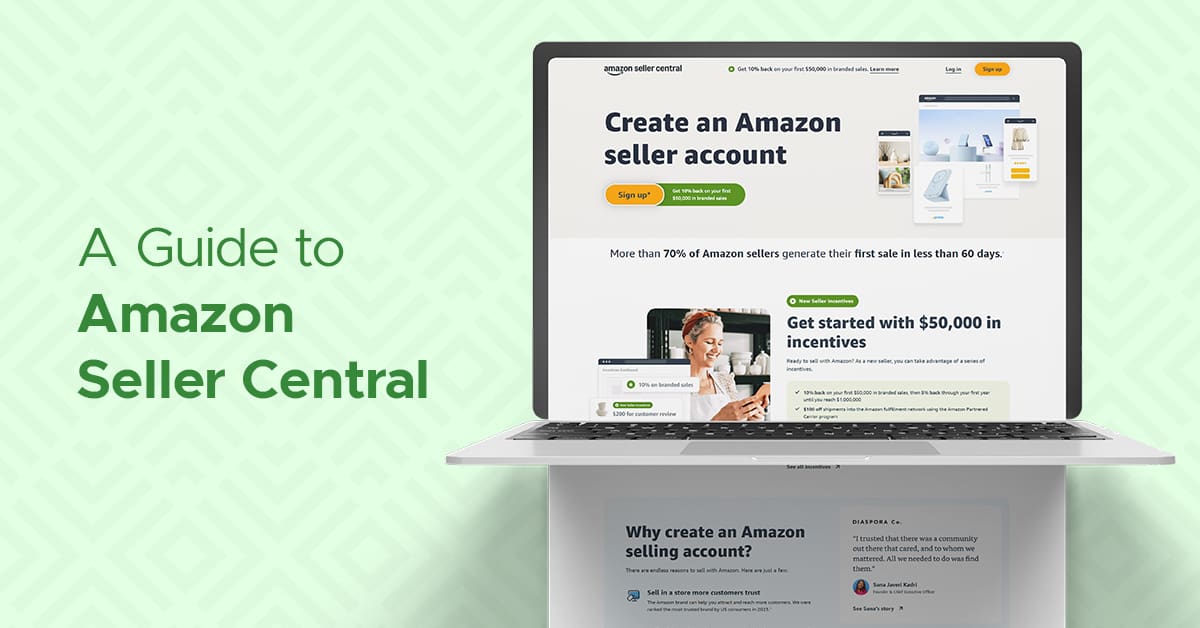
After perfecting your listings and going live on Amazon, you may find Seller Central overwhelming. This complex dashboard is packed with tabs, reports, and settings. Amazon Seller Central is your business’s command center, handling everything from inventory and orders to ads and customer interactions. Many sellers, however, only scratch the surface of what the dashboard...
By Rachel Andrea Go on January 30, 2025

In the extremely competitive world of eCommerce, one key aspect can make or break your business: free and fast shipping. Amazon set the bar high for this offering in part thanks to their Prime program, which enables free same- and two-day delivery. Now, two-day shipping is the standard expectation for online consumers. For third-party sellers,...
By Rachel Andrea Go on January 28, 2025
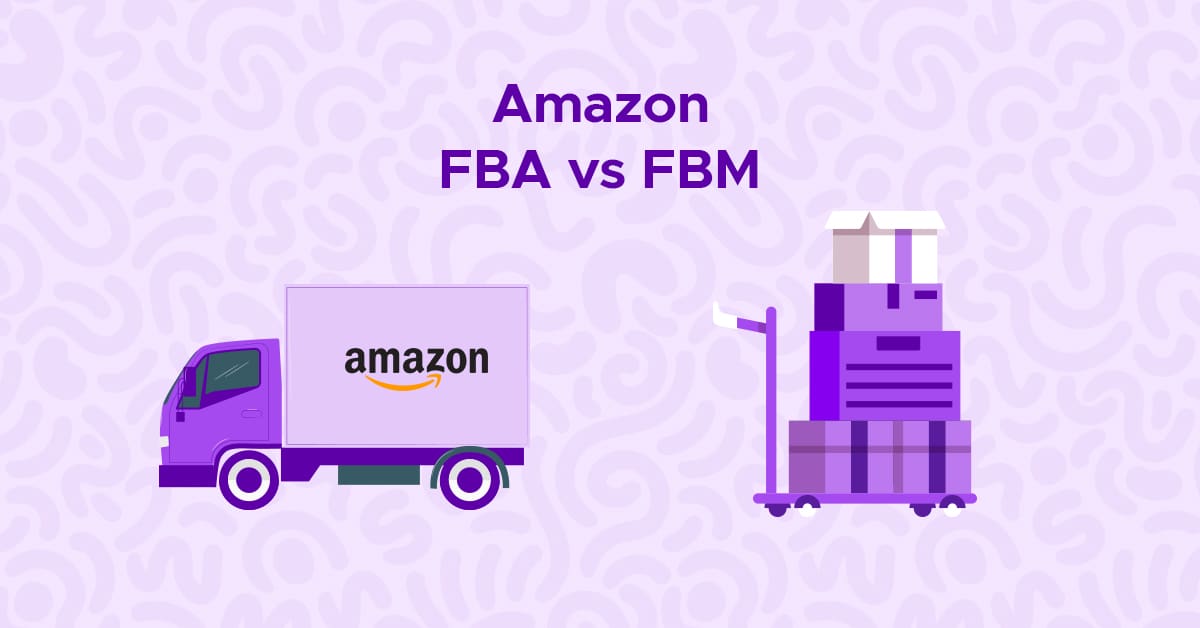
Selling on Amazon gives you access to the eCommerce behemoth’s customer base that spans more than 100 countries and regions. Choosing the right fulfillment strategy (Amazon FBA vs FBM), however, can make or break your efforts on the platform. Your decision between the marketplace’s two programs — Fulfillment by Amazon (FBA) and Fulfilled by Merchant...
By Rachel Andrea Go on January 23, 2025
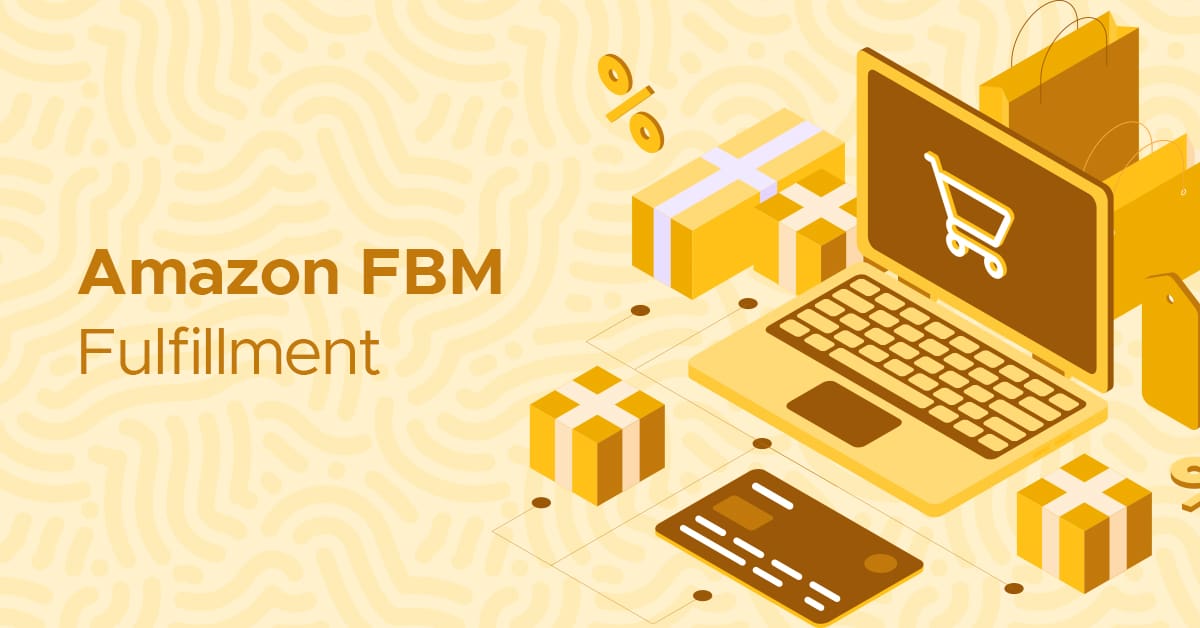
As eCommerce sellers delve into Amazon’s expansive marketplace, they must make an important decision: how to fulfill customer orders. With various options available, understanding which one suits your business model is critical to your success. This leads to the question, what is Amazon FBM fulfillment? To simplify your choice, we’ll explain one of the platform’s...
By Rachel Andrea Go on January 21, 2025
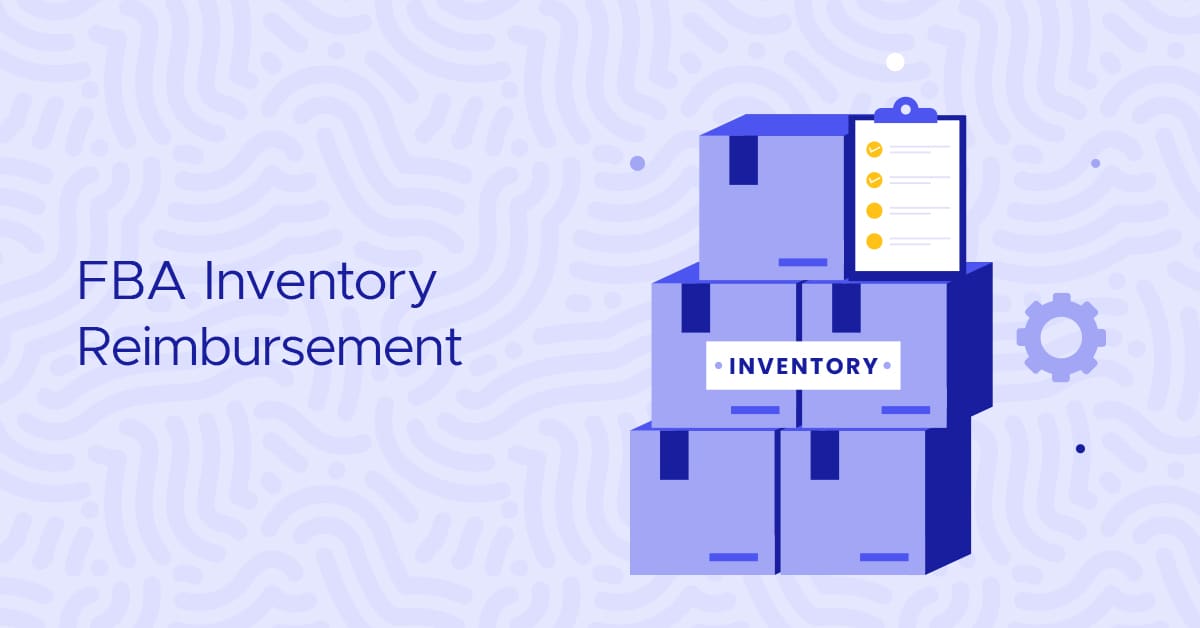
Amazon FBA sellers move millions of products in the program. In 2023 alone, U.S. vendors sold 4.5 billion items, and while not all of those went through FBA, that kind of product volume means things will inevitably go wrong at some point. Items become lost or are damaged during shipment or in the warehouse, and...
By Brandy Cross on January 16, 2025
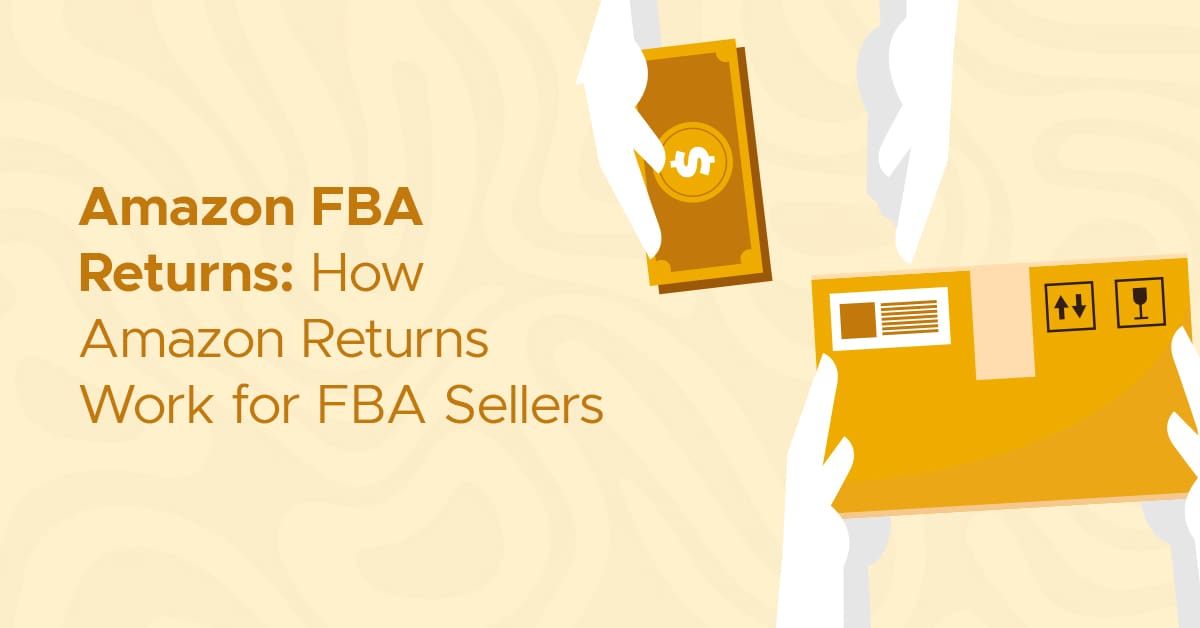
As a participant in Amazon’s FBA program, you enjoy several attractive perks. Once you’re in, you can focus on growing your business while Amazon takes over the logistics, from storage and packing to shipping — and that includes Amazon FBA returns. Amazon’s FBA return process is easy and convenient in many ways. When customers want...
By Rachel Andrea Go on January 14, 2025

Amazon’s introduction of the Retail Ad Service, allowing other retailers to utilize their advertising tools, is a game-changer in eCommerce. This move democratizes access to Amazon’s highly sophisticated ad tech, enabling external retailers to run contextually relevant ads on their websites, powered by Amazon’s proprietary algorithms and machine learning. For Amazon sellers, this development presents...
By Tom Wicky on January 13, 2025

Fulfilled by Amazon (FBA) is an Amazon service that lets third-party sellers use the platform’s own warehousing, fulfillment, and customer service. Through the program, sellers can access two-day shipping and the Prime label for less than the cost of most major carriers. Thanks to these perks, an estimated 94% of Amazon sellers use FBA, but...
By Rachel Andrea Go on January 09, 2025
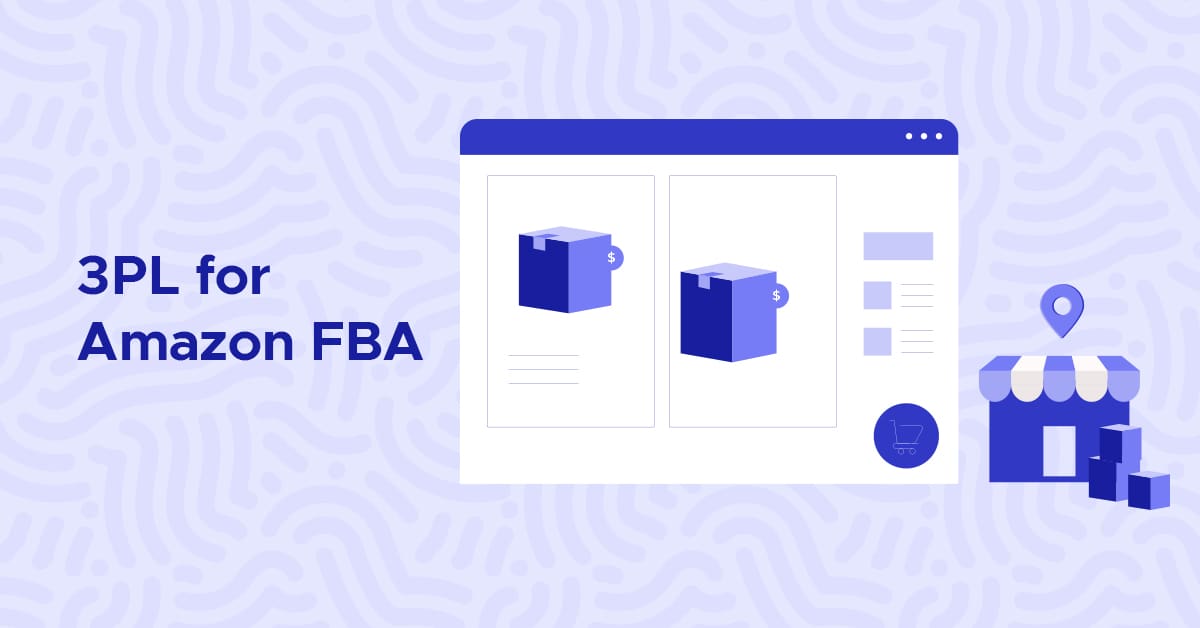
With Fulfilled by Amazon (FBA), vendors can hand off some of the burden of selling to Amazon, which handles warehousing, fulfillment, and customer service for returns in the program. The platform’s fulfillment services also cost less compared to building infrastructure to meet the two-day delivery requirements for the Prime badge, meaning FBA can increase sales...
By Rachel Andrea Go on January 07, 2025
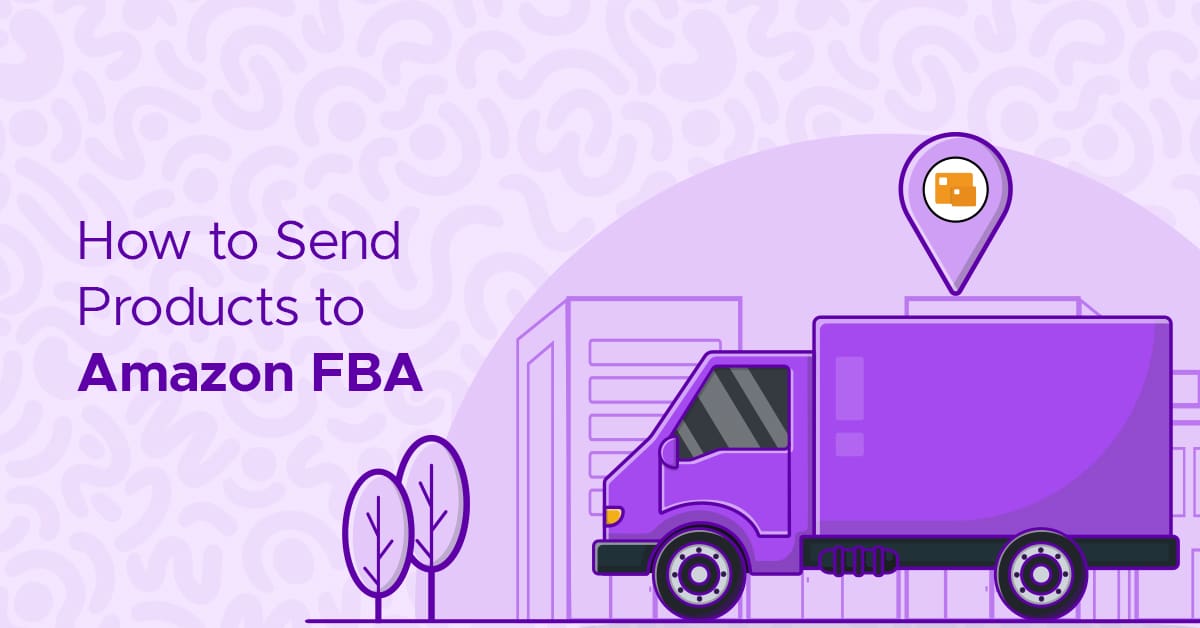
Fulfilled by Amazon (FBA) is one of the most popular fulfillment networks in the world. In fact, an estimated 94% of Amazon sellers participate in the program (although many use a hybrid model and fulfill their orders outside of FBA). It’s an attractive option, as you gain access to Prime, Amazon takes over customer service...
By Brandy Cross on January 02, 2025
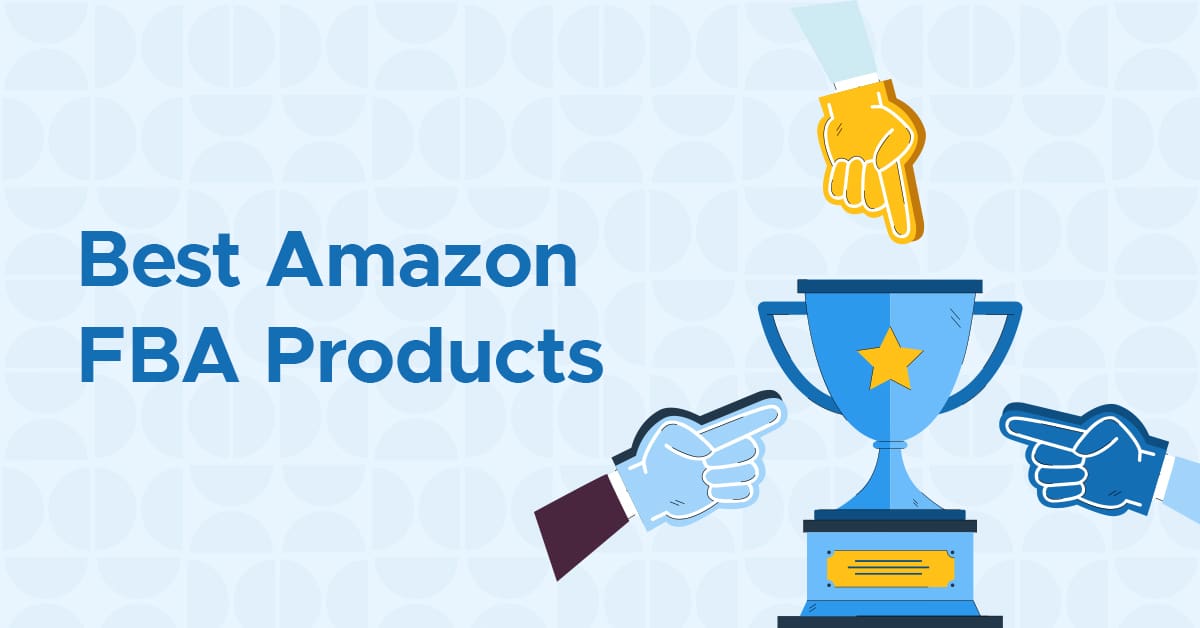
In the FBA program, Amazon handles product sales, customer service, logistics, and returns for participating sellers. While you still want to invest in merchandising, marketing, and product sourcing, FBA is an easy gateway into eCommerce, whether you manufacture your own products or decide to be a reseller. That being said, what are the best Amazon...
By Brandy Cross on December 31, 2024

Fulfilled by Amazon (FBA) is one of the most popular ways to sell on the Amazon platform, with more than 90% of top sellers participating in the program. It lets you leverage Amazon’s warehousing, two-day Prime shipping, and customer service to increase sales. Still, while it’s easy to join FBA, reaping its rewards takes more...
By Rachel Andrea Go on December 26, 2024
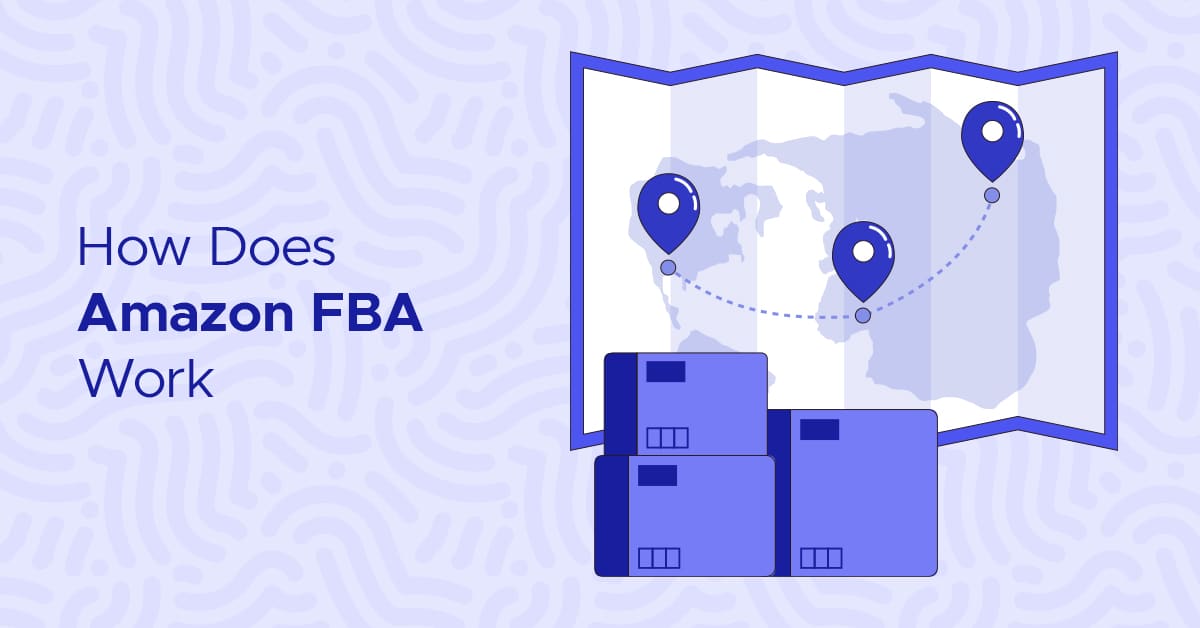
How does Amazon FBA work? In eCommerce, efficient fulfillment can make or break your business. Those who want to enter Amazon’s competitive marketplace have two options in that regard: Fulfillment by Amazon (FBA) or Fulfilled by Merchant (FBM). The choice between managing your own logistics or utilizing Amazon’s robust logistics network is critical. FBA pleads...
By Rachel Andrea Go on December 24, 2024

Amazon’s latest updates to its FBA refund policy have left many sellers concerned about their bottom line and operational efficiency. These changes, particularly the shift to reimbursing sellers based on inventory cost rather than sale price, have significant implications for profit margins and inventory management. Let’s break down the key changes and explore how MyFBAPrep...
By Tom Wicky on December 19, 2024

Amazon has officially revamped their Consumables Product Bundling policy, creating significant changes for sellers in categories like grocery, pet supplies, health & beauty, and baby products. With enforcement starting January 1, 2025, sellers must rethink how they create and list product bundles to stay compliant. But while these changes seem daunting, they also present new...
By Tom Wicky on December 18, 2024
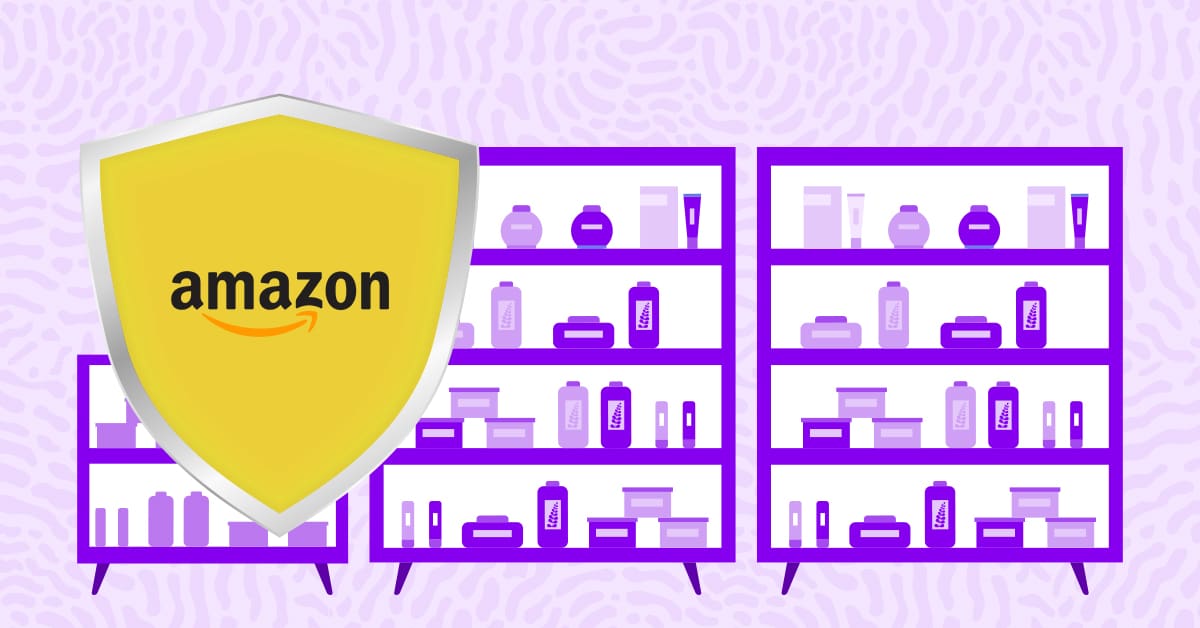
For brands selling on Amazon, the rise of unauthorized third-party sellers is a pervasive issue that can wreak havoc on your brand’s reputation, pricing strategy, and overall customer trust. Unauthorized sellers often list your products without your consent, undercut your pricing, provide subpar customer experiences, and dilute your brand identity. Why unauthorized sellers are a...
By Tom Wicky on December 17, 2024
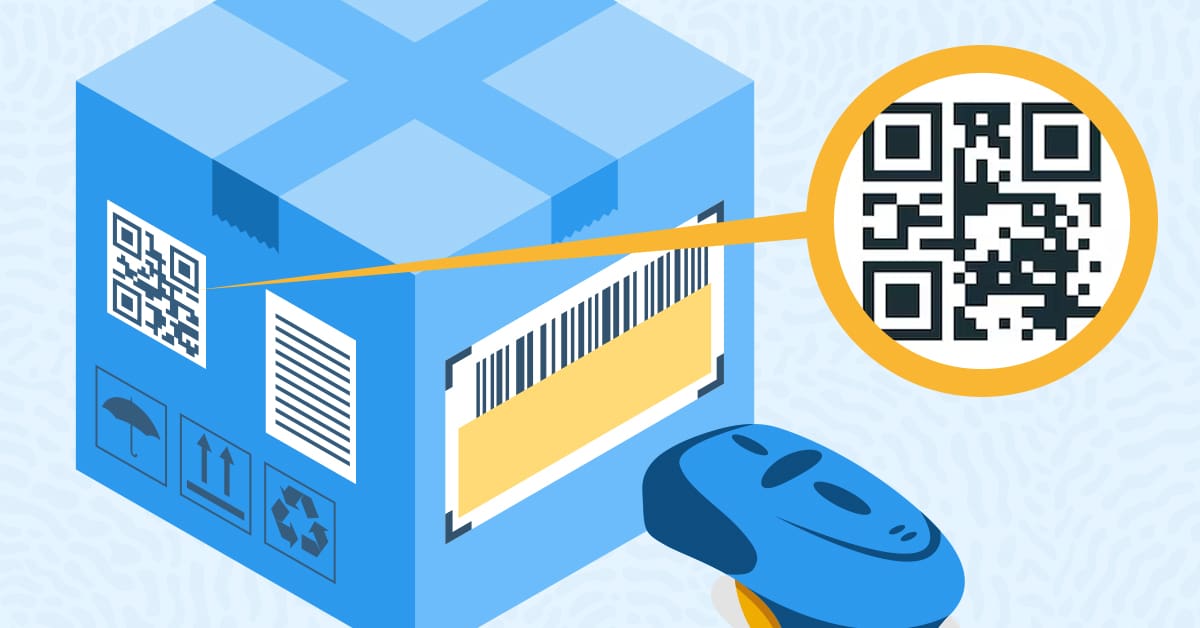
What are 2D Barcodes? 2D barcodes, unlike traditional 1D barcodes, store significantly more data, including product details like ASIN, UPC, EAN, ISBN, or FNSKU, expiration dates, and quantities per box. These codes enable Amazon fulfillment center staff to access all critical shipment details instantly with a single scan. This eliminates the need for manual entry,...
By Tom Wicky on December 16, 2024
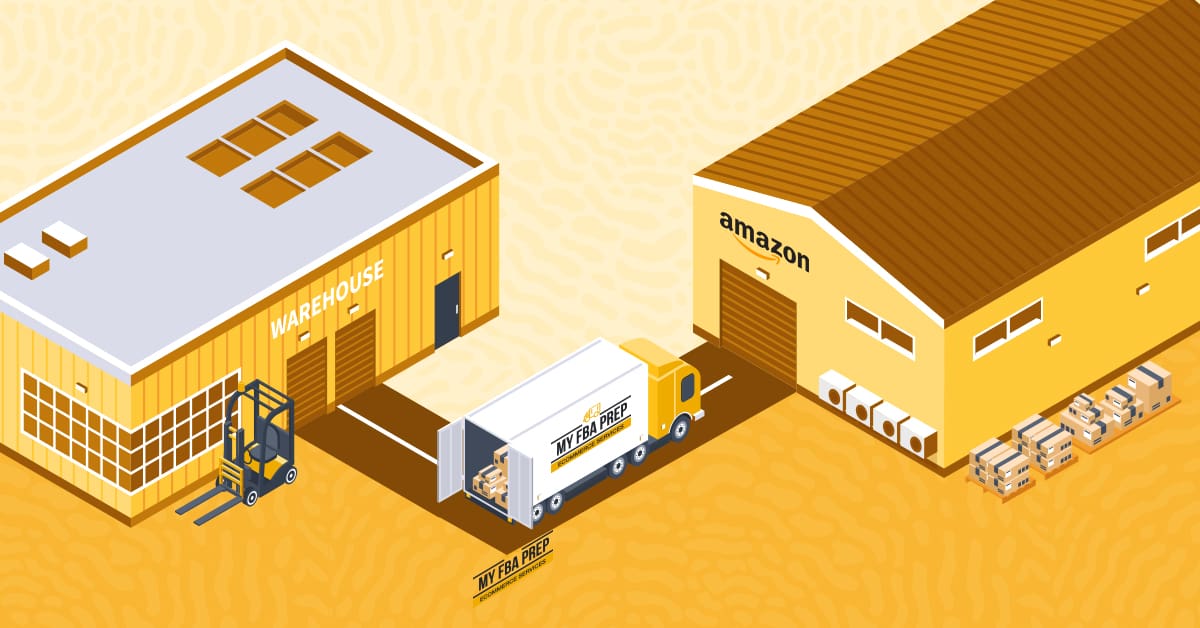
At MyFBAPrep, we revolutionize the way you send inventory to Amazon by eliminating the headaches of placement fees, split shipments, and the high costs of less-than-truckload (LTL) freight. Our innovative logistics strategy ensures that your inventory, no matter the size, is seamlessly shipped in full truckloads (FTL) to the right location every time. Whether you’re...
By Tom Wicky on December 12, 2024
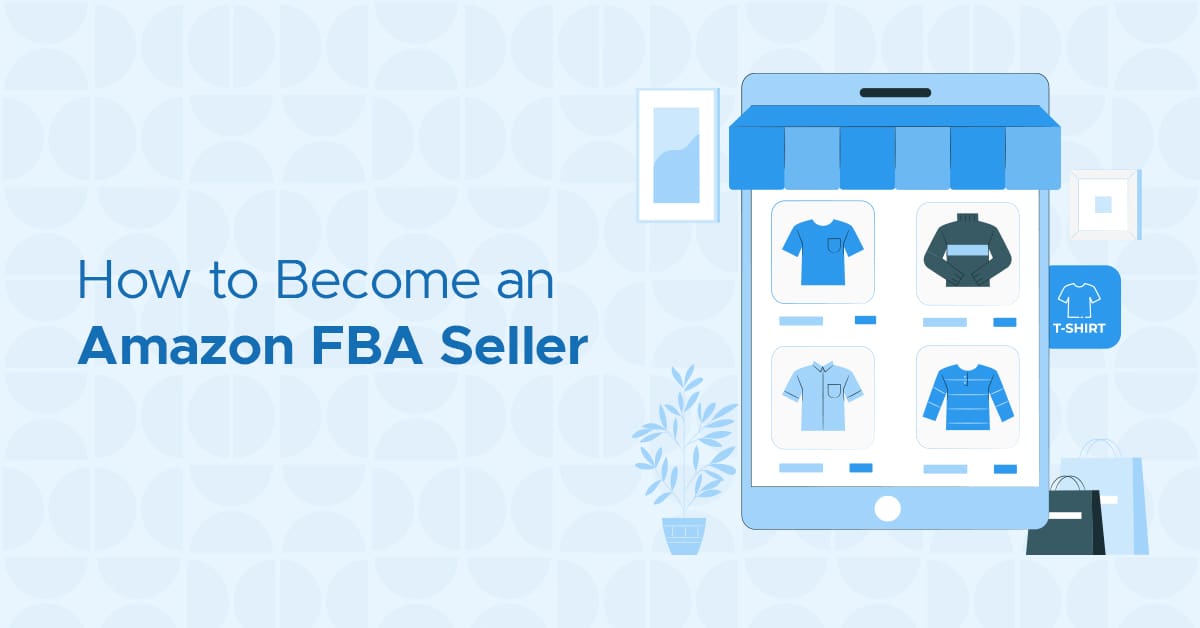
With more than 310 million active users in over 100 countries and regions, Amazon is a platform bursting with opportunities for eCommerce brands to grow. The Fulfillment by Amazon (FBA) program has also become the go-to fulfillment method for 82% of the platform’s sellers, as it allows them to scale their operations and cater to Amazon’s...
By Rachel Andrea Go on November 27, 2024

Selling on Amazon pits you against 2.3 million other active sellers to land your offering in front of the platform’s audience. Whether you use your own fulfillment, FBA, or a 3PL, you’ll need to leverage smart merchandising and marketing to make your products visible and dominate your respective categories and SERPs. That’s even more critical...
By Rachel Andrea Go on November 26, 2024

In recent years, TikTok has redefined what’s possible in the world of social media. What started as a platform for short, engaging videos has grown into a global cultural phenomenon, with over 1 billion monthly active users. TikTok has now firmly planted its flag in the eCommerce space, launching TikTok Shop to make social commerce...
By Tom Wicky on November 25, 2024
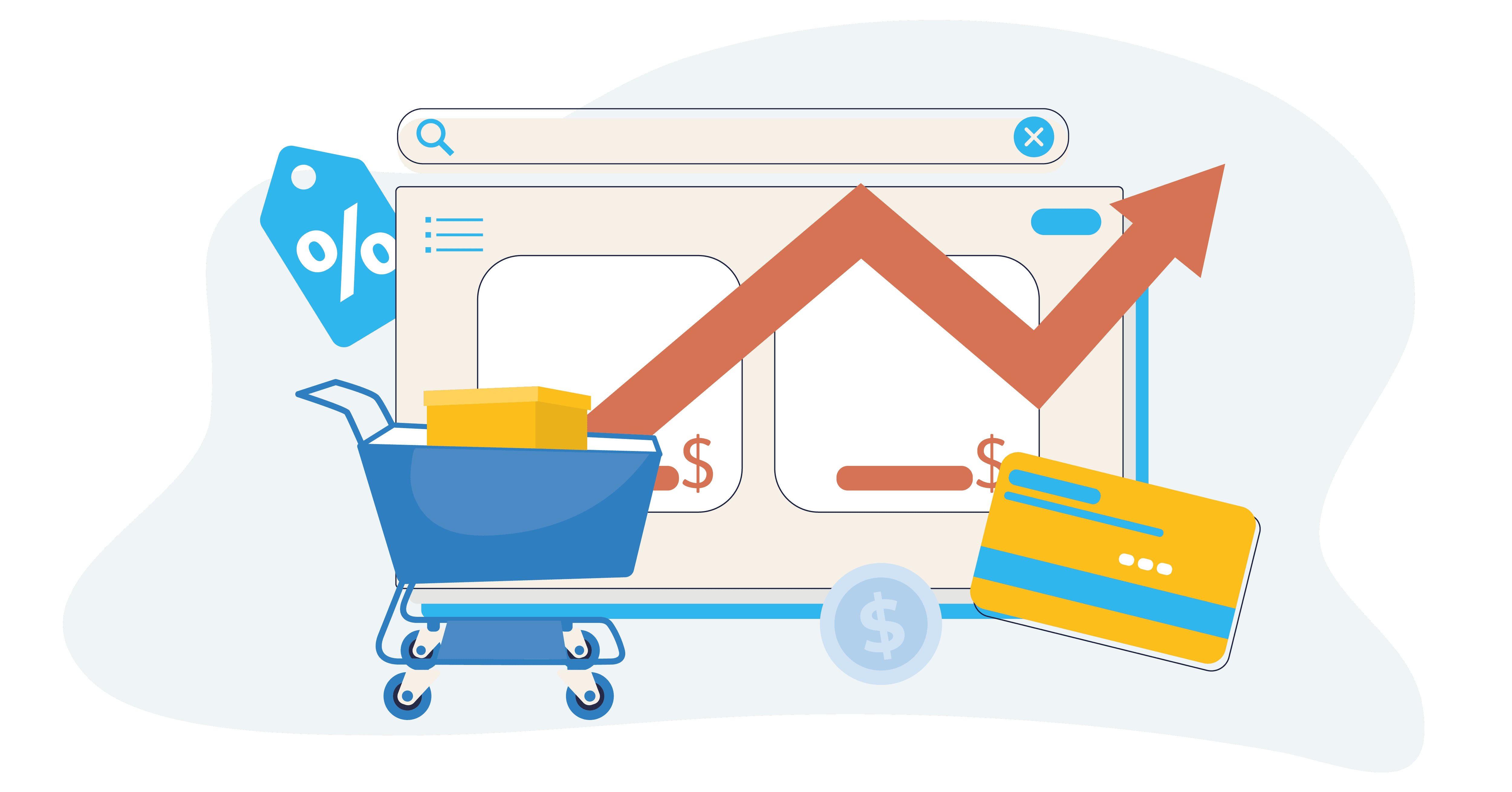
Amazon recently announced their 2025 updates for FBA and referral fees, and there’s excellent news for sellers: no increases for FBA or referral fees in the U.S. This marks a shift toward stability and growth, providing sellers predictable costs to manage their businesses effectively. Here’s everything you need to know. Key Amazon FBA Fee Highlights...
By Tom Wicky on November 20, 2024
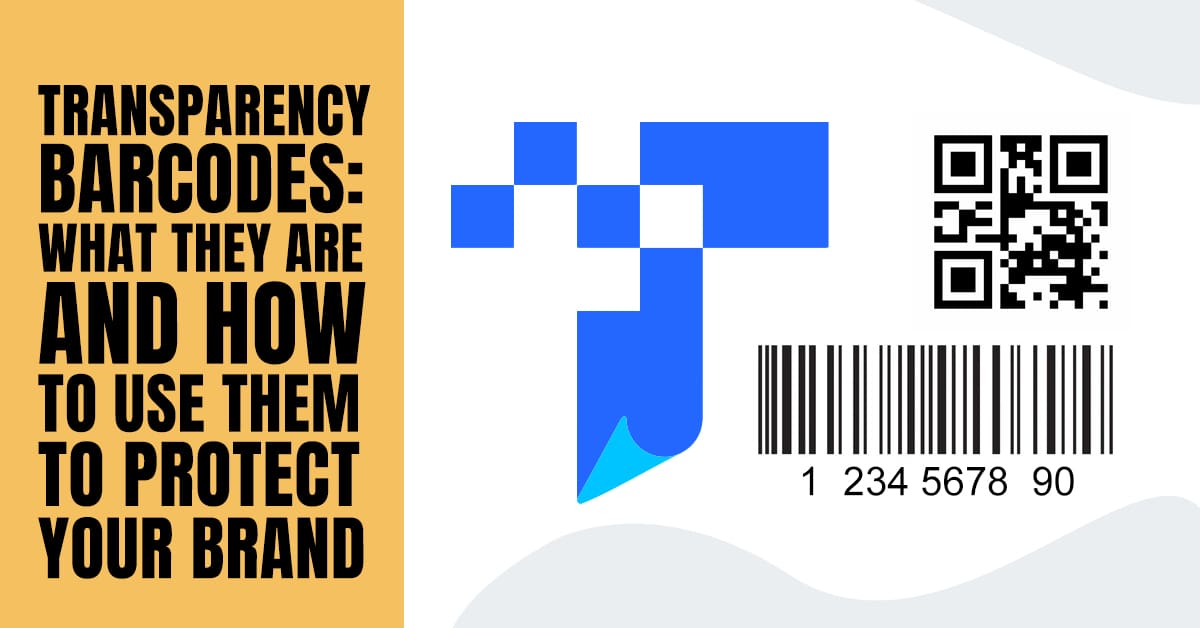
Amazon selling is often touted as one of the biggest opportunities of the century, with the marketplace attracting 3.09 billion users per month and generating $1.57 billion in daily sales. But not even Amazon is a completely safe bet: In 2023, the eCommerce juggernaut “found, seized and discarded more than 7 million” counterfeit items. Despite...
By Rachel Andrea Go on November 11, 2024
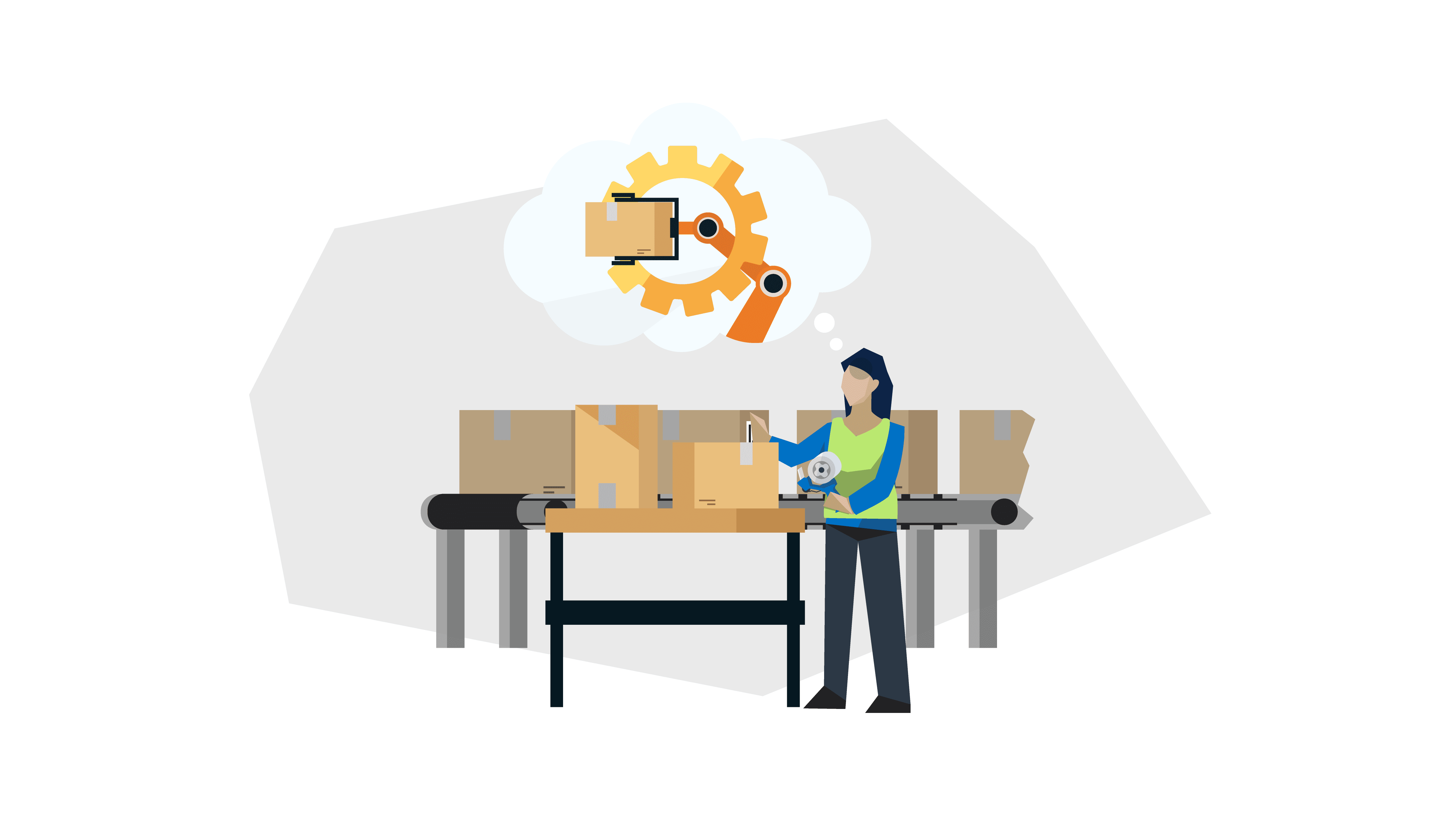
Sellers on Amazon have two main choices for their order fulfillment: Fulfillment by Amazon (FBA) or Amazon Fulfilled by Merchant (FBM). To navigate the vast marketplace successfully, it’s critical to build the right strategy around these models. Although FBA is the more popular option (a whopping 82% of sellers use it), Amazon Fulfilled By Merchant...
By Rachel Andrea Go on November 04, 2024
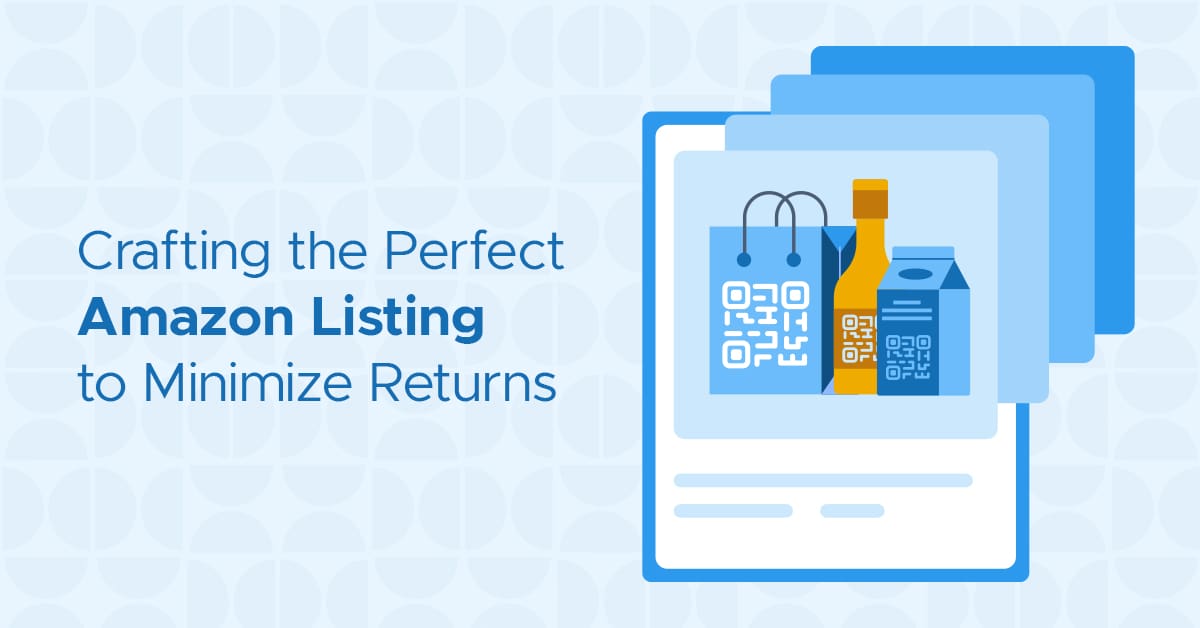
The average Amazon return rate can vary greatly depending on the product: While some categories hover around 5% to 15%, others, like clothing, jewelry, and electronics, can see a returns rate as high as 40%. That’s a significant chunk of profits vanishing. High return rates can hurt your seller reputation and even lead to account...
By Rachel Andrea Go on October 29, 2024
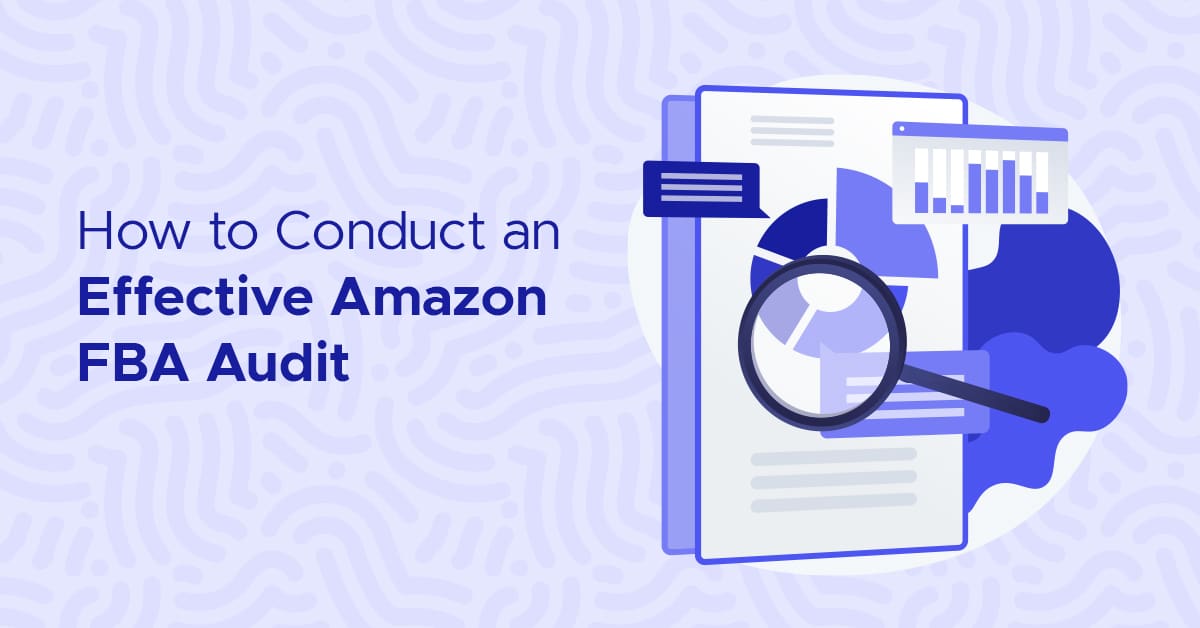
To thrive on the Amazon marketplace, you need to do more than just list products. It demands an eye for optimization and a proactive approach to identifying hidden revenue leaks. Regular FBA audits are your secret weapon for maximizing profits, streamlining operations, and staying ahead of the competition. Keep reading to learn how to conduct...
By Rachel Andrea Go on October 17, 2024
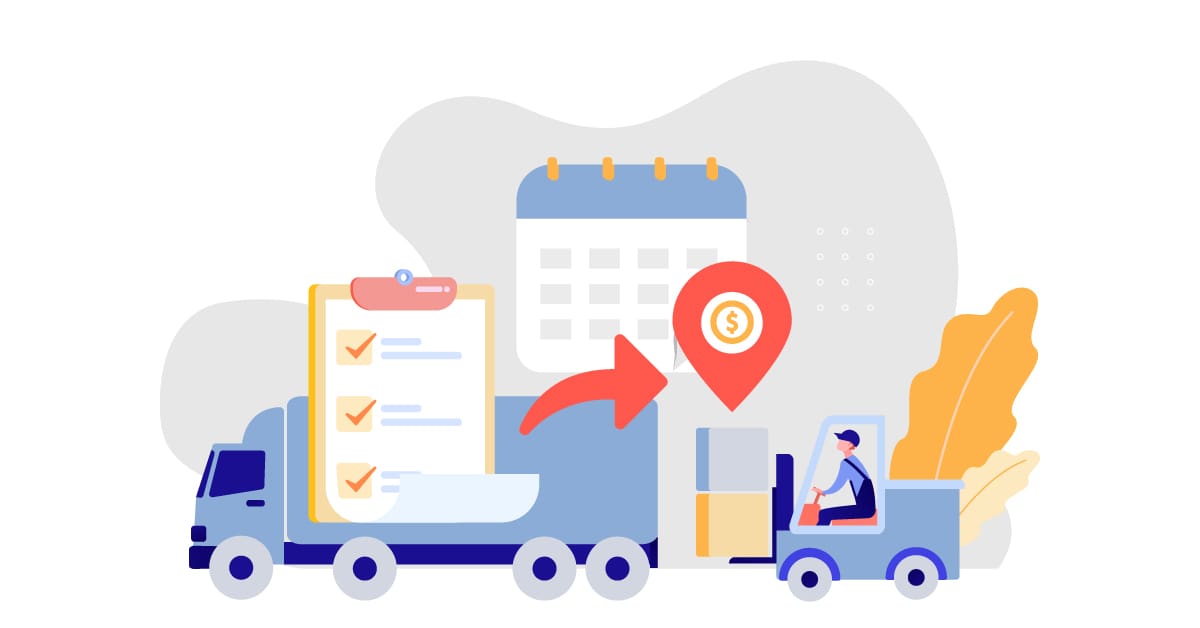
As every seasoned Amazon seller knows, Q4 is the defining moment of the year. It’s the time when consumer demand surges, and inventory management can make or break your sales performance. But with Amazon’s fulfillment centers often experiencing delays during the holiday rush, even the most prepared sellers can find their products stuck in limbo—unavailable...
By Tom Wicky on October 16, 2024

In the first quarter of 2024, 61% of paid units on Amazon were sold by third-party sellers, many of whom rely on the Fulfillment by Amazon (FBA) program to reach millions of customers. While it’s the fuel that drives growth for many vendors on the platform, that doesn’t mean it’s the best solution for everyone. James...
By Rachel Andrea Go on October 10, 2024
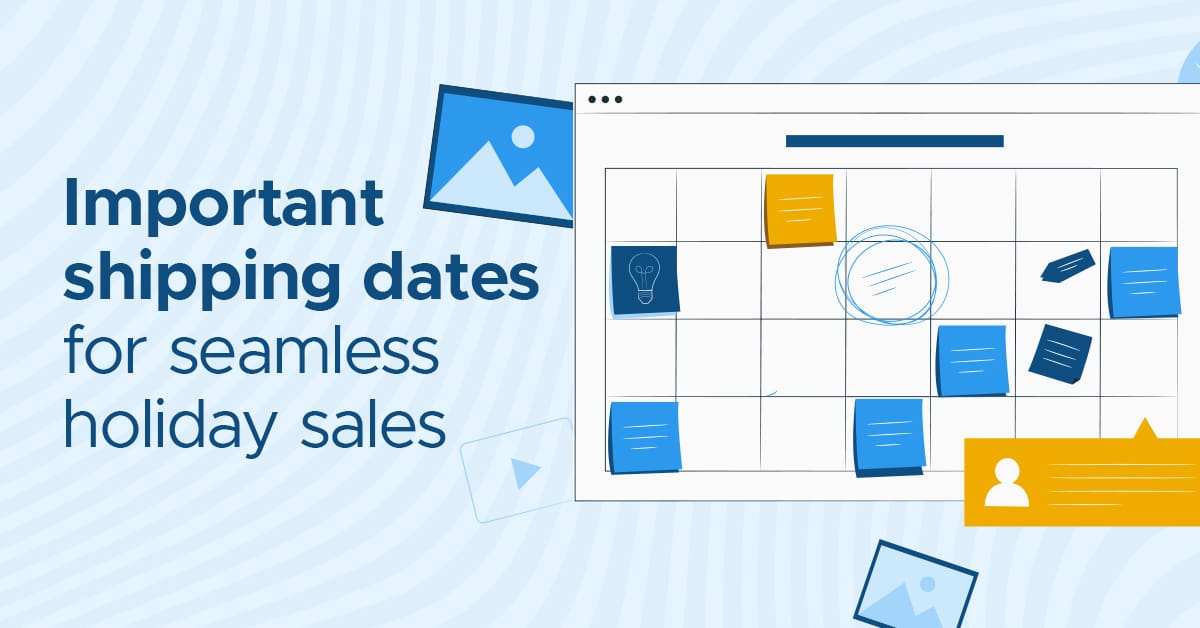
Holiday sales are expected to result in a record spend, above the record $966.6 billion set in 2023, according to the National Retail Federation. This means eCommerce businesses stand to boost their holiday sales and profits and potentially smash the previous season. To capitalize on this lucrative opportunity, it’s essential to tighten the screws of...
By Brandy Cross on October 09, 2024

This is a guest post from Rafael Veloz. Rafael is a three-time Telly Award-winning entrepreneur in marketing and film. With over 14 years of experience, he’s worked with big names like Nickelodeon, CNN, RedBull TV, Telemundo, and Viacom, as well as in high-level commercials and feature films. In the competitive world of Amazon, driving visibility and...
By Guest on September 26, 2024

For Amazon sellers, returns and reverse logistics are an important part of your business. Amazon revolutionized online selling with their “try before you buy” and fast, free returns policies, resulting in an average return rate of 5%–15% across categories on the platform. At the same time, that policy yields high extra costs for sellers, some...
By Brandy Cross on September 19, 2024
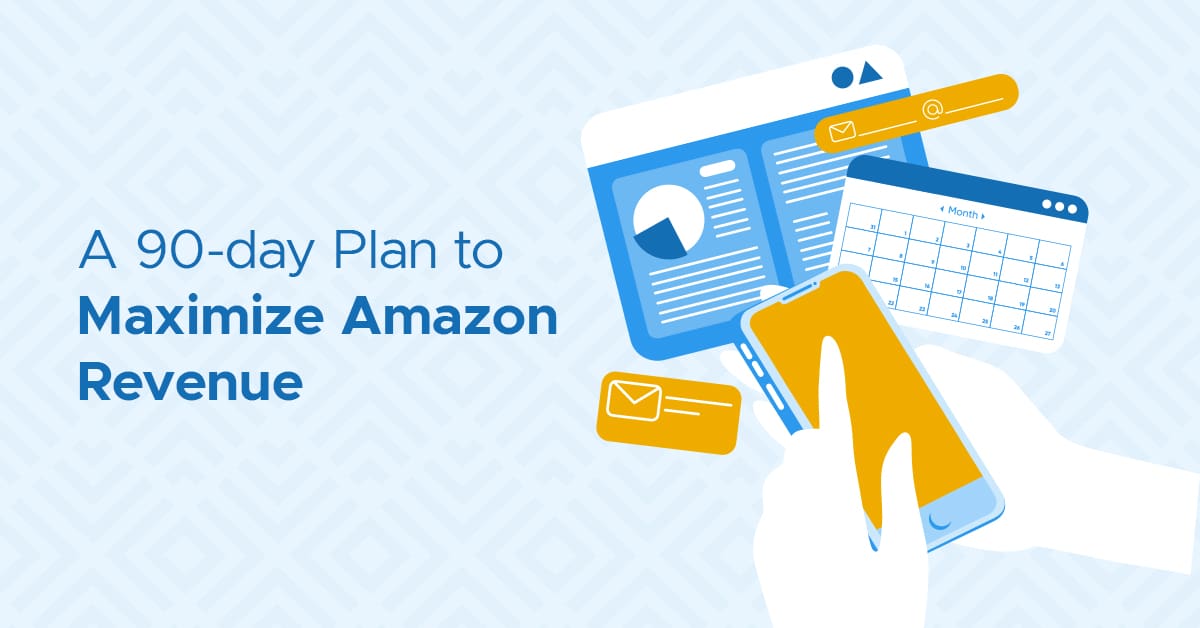
Successful selling on Amazon is the culmination of meticulous planning, marketing, and setting up your business to gain momentum and continue making sales after launch. It requires a strong sales strategy that carefully curates every aspect of your go-to-market strategy to ensure your promotion, product, and infrastructure build a brand that customers know and want...
By Rachel Andrea Go on September 17, 2024
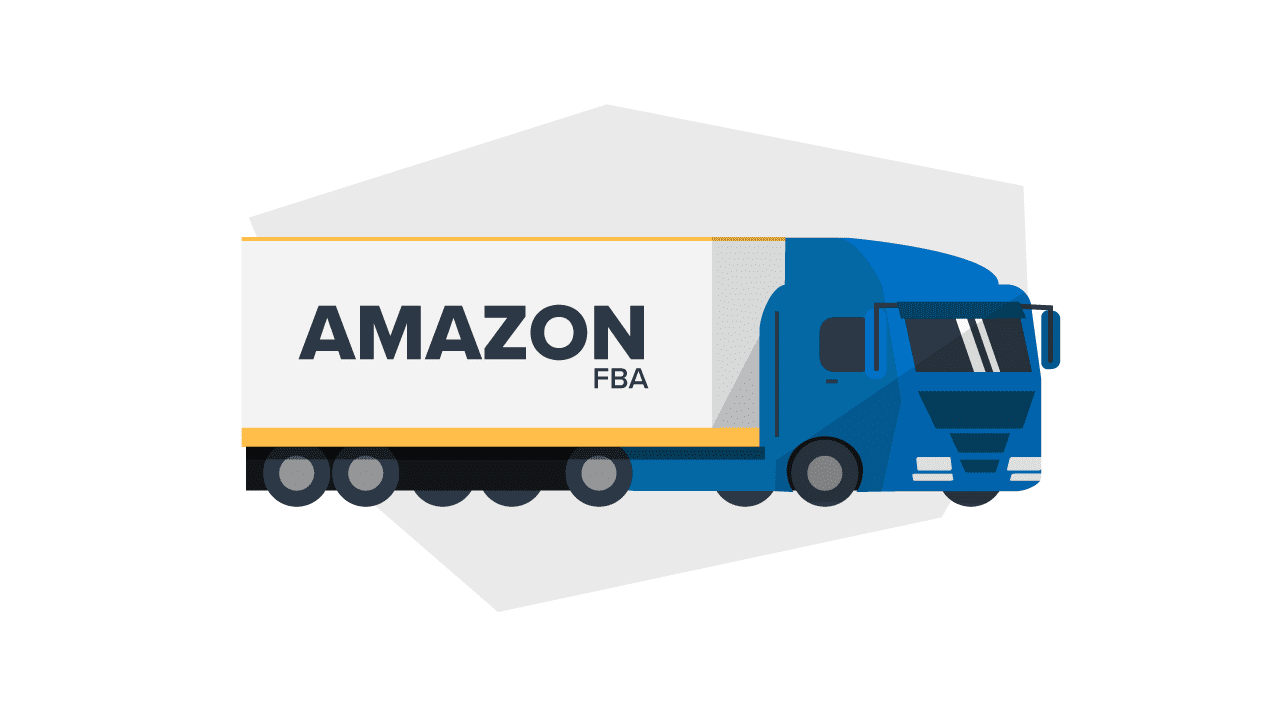
As of September 12, 2024, Amazon now requires full truckload (FTL) and intermodal shipments to be sealed with an ISO-17712-compliant, Amazon-approved RFID seal at pickup. If you are shipping less than a truckload (LTL), ISO-compliant seals will be placed at a carrier consolidation terminal before a shipment arrives at an Amazon facility. Amazon’s updated seal...
By Rachel Andrea Go on September 13, 2024
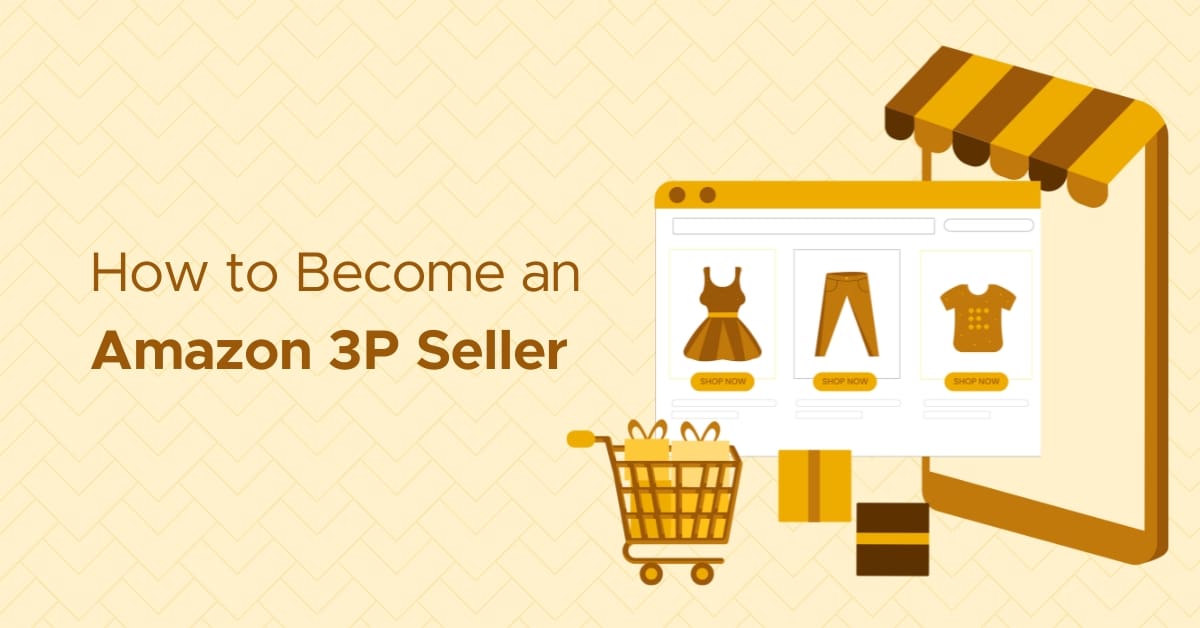
If you’re stepping into the world of eCommerce, Amazon is the place to be. In the U.S., they own 37.6% of the eCommerce market share, with Walmart in a distant second place at 6.4%. For sellers who want to access a large pool of customers, leverage consumer trust in the marketplace to earn sales, and...
By Rachel Andrea Go on September 12, 2024

The Amazon marketplace is one of the largest in the world, with an estimated 37.6% of the U.S. eCommerce market in 2023. While much of those transactions occur through Amazon’s own sales, a significant portion of the platform’s revenue goes through third-party (3P) sellers. In fact, in Q1 of 2024, 3P sellers made up 61%...
By Rachel Andrea Go on September 05, 2024
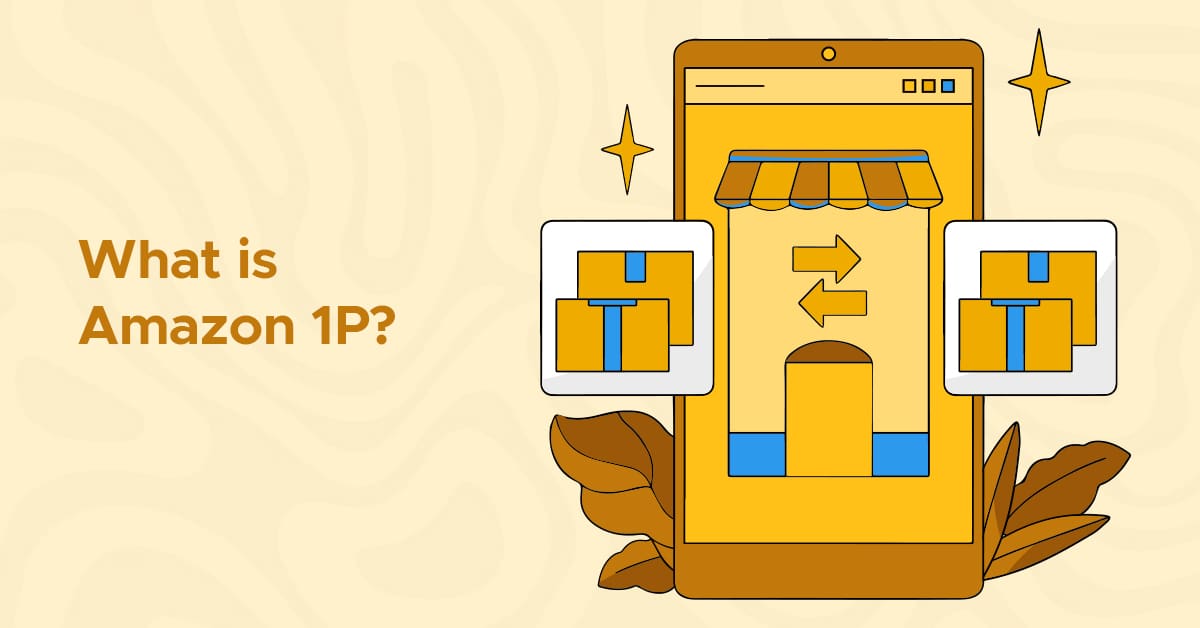
Of the estimated 2.5 million active sellers on Amazon, nearly 60% are third-party (3P) sellers. The remaining are 1P sellers who directly sell to Amazon via Vendor Central (be aware though, this program is invite-only). If you’re starting out on the marketplace, Amazon 1P selling is a promising option that can allow you to sell...
By Rachel Andrea Go on September 03, 2024

With Q4 nearing, we decided to share some of the key Amazon Q4 dates Amazon sellers should look out for starting this September. Open your calendars and read on to make sure you know the important dates to track for your Amazon business. September 2 – Labor Day is a Federal holiday, so USPS, UPS,...
By Brandy Cross on August 27, 2024
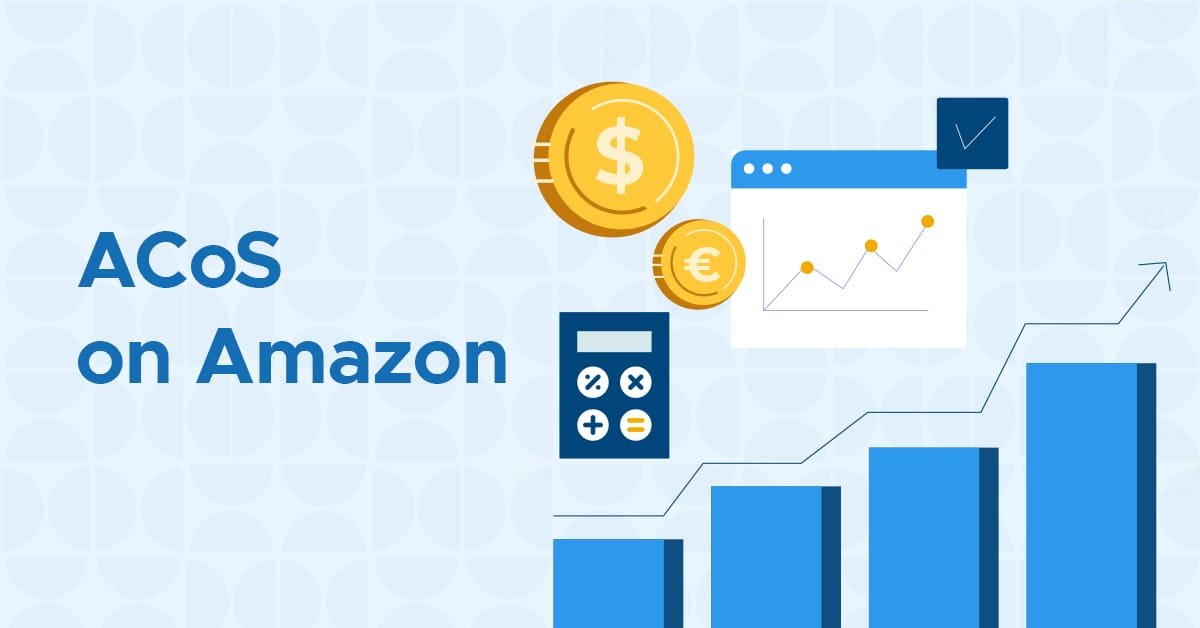
This is a guest post from Omer Riaz, Co-founder and CEO of Urtasker. Omar is a seven-figure Amazon seller. He runs eCommerce agency Urtasker, which assists small to medium-sized brands, resellers, and manufacturers on platforms like Amazon, Walmart, eBay, and TikTok Shop. A frequent speaker at conferences and a published author on Forbes and Entrepreneur, he actively...
By Guest on August 21, 2024
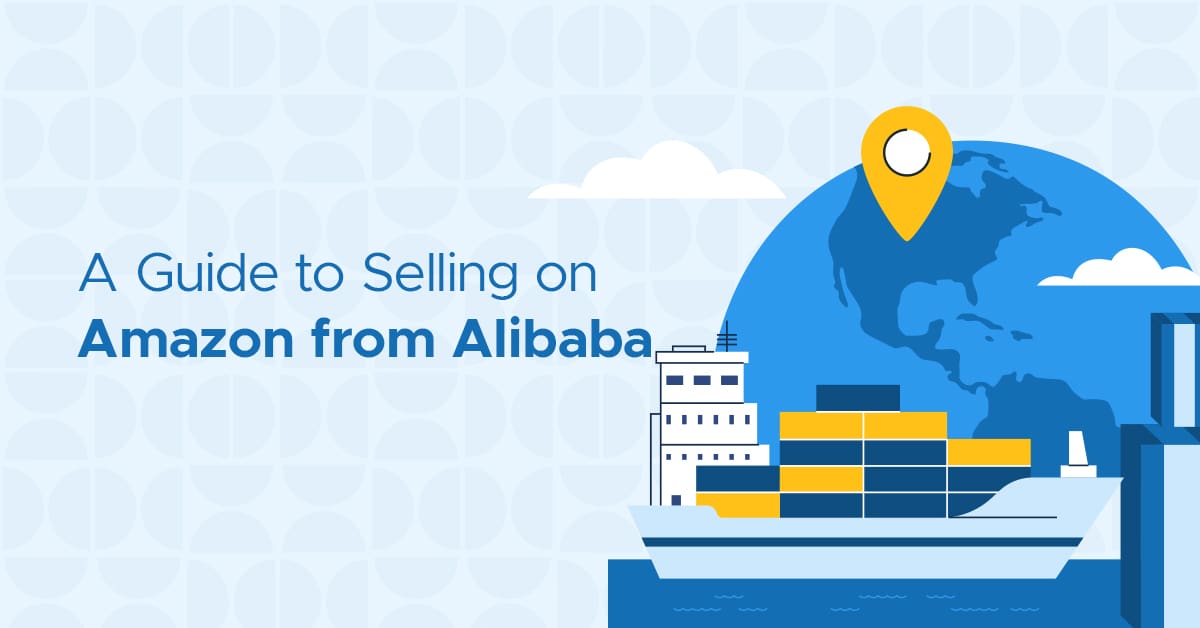
This is a guest post from Xuan Xie, digital marketing specialist at m19, where she excels at creating strategic content tailored to B2B eCommerce, particularly in the Amazon sector. With a deep-seated passion for eCommerce and expertise in PPC advertising, Xuan is dedicated to driving business growth through a wide repertoire of digital marketing solutions. Alibaba,...
By Guest on August 19, 2024
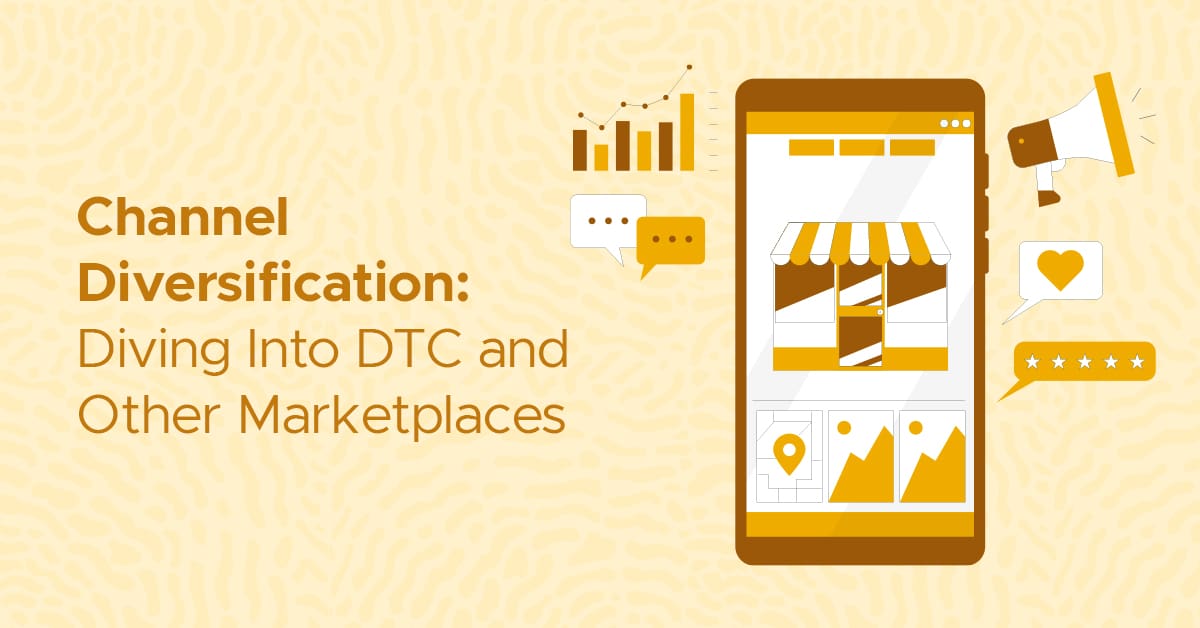
In the age of online shopping and social media, where customers can encounter your brand in countless ways, ensuring brand control and consistency is critical. Channel diversification and maintaining a cohesive brand message across all platforms builds trust, recognition, and, ultimately, success. Our recent interview with James Thomson, managing partner of Equity Value Advisors, revealed...
By Rachel Andrea Go on August 12, 2024

The Consumer Packaged Goods (CPG) industry thrives on a high-octane mix of rapid sales, tight margins, and constantly moving inventory. Even minor accounting missteps can jeopardize your business’s success. But you can make your CPG accounting practices your secret weapon. Beyond just keeping the books in order, robust accounting can empower informed decisions, maximize profits,...
By Taylor Meeker on August 09, 2024

This is a guest post from Curt Humrichouser of Seller Rocket. Curt has helped thousands of sellers get products placed in editorial content that helps new customers discover their brand, increase revenue, and improve seller ranking. Seller Rocket is a PR/Affiliate marketing agency that works with 500+ major media outlets to drive external traffic to...
By Guest on July 29, 2024
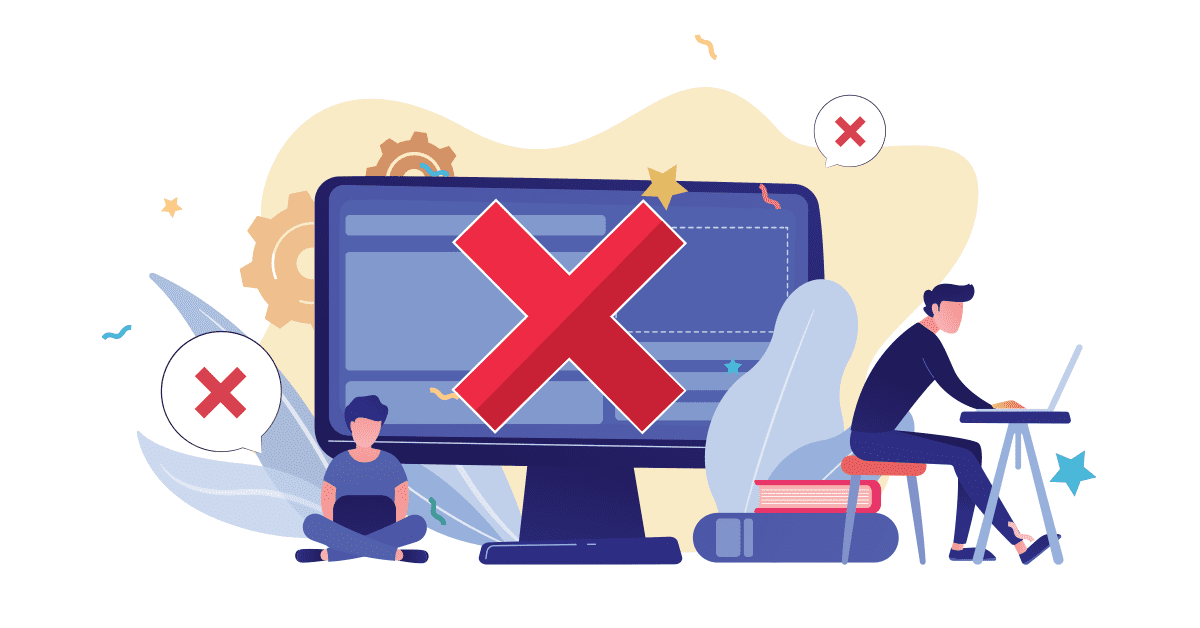
In the first half of 2023, Amazon completed more than 52 million actions to suspend access in the EU alone, 97% of which were found to be correct Amazon seller suspension decisions. No Amazon seller wants to wake up to the harrowing message that their account has been deactivated. Unfortunately, this is a reality for...
By Rachel Andrea Go on July 22, 2024
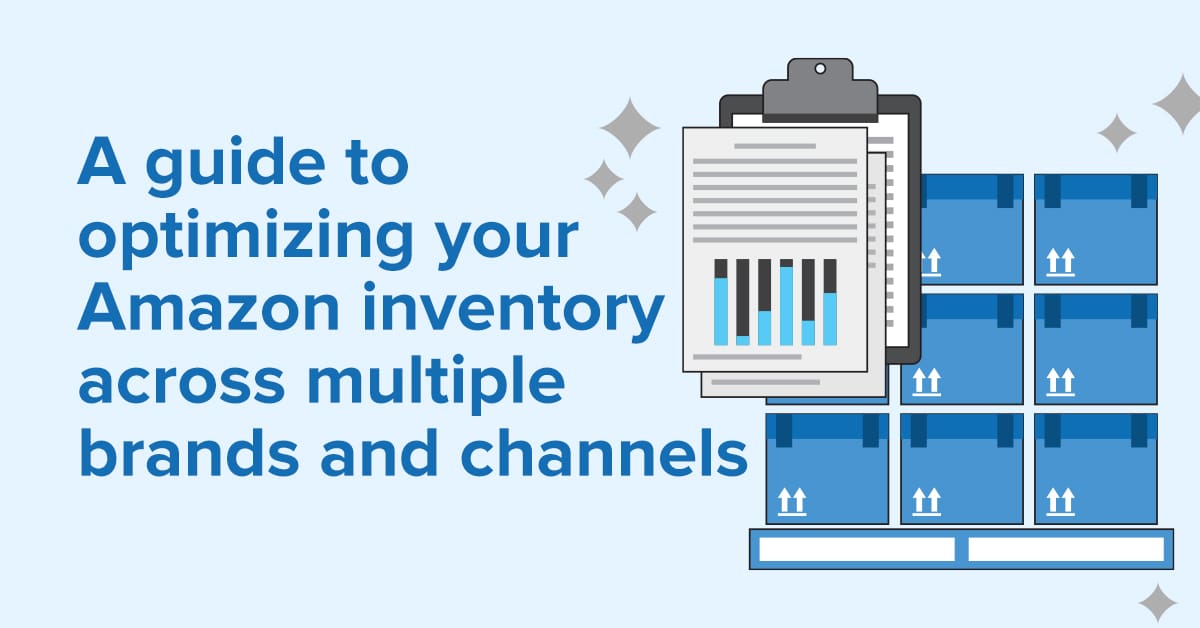
Most eCommerce sellers start out with Amazon’s Fulfillment by Amazon (FBA) service, which allows them to tap into a powerful logistical platform that serves millions of Amazon shoppers. But what happens when you expand to other platforms? How do effectively handle your omnichannel inventory management? Doing so is a great way to secure your customer...
By Rachel Andrea Go on July 12, 2024
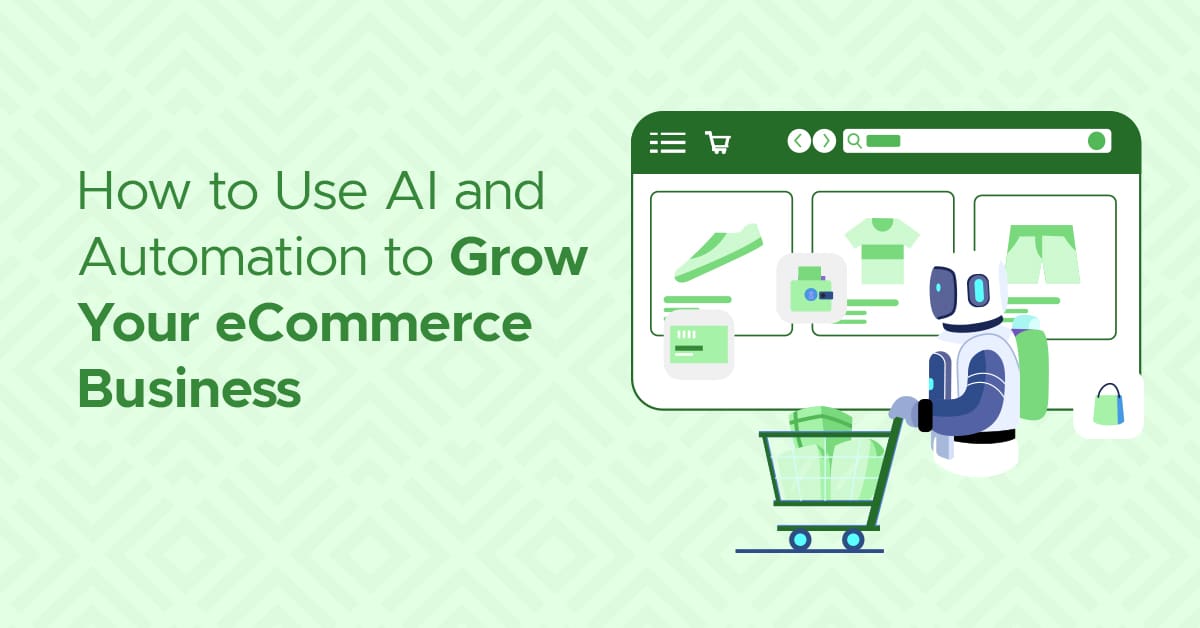
The eCommerce marketplace is a bustling hub for online retailers, teeming with fierce competition. As millions of sellers battle for customer attention, the days of simply listing products and waiting for sales have disappeared. Leveraging state-of-the-art technology has become more important to stand out, and in that regard, AI for eCommerce has gained particular popularity....
By Brandy Cross on July 05, 2024

This is a guest post from Jimi Patel. Jimi is a co-founder and CEO at eStore Factory, an Amazon SPN-certified agency that serves as a one-stop solution for all your Amazon business needs. Having helped countless brands increase sales and grow their footprint on Amazon, Jimi provides the most practical and effective solutions for your...
By Guest on July 01, 2024

Google is no longer the top dog of product searches. Today, 61% of U.S. consumers begin their searches on Amazon, and more than half (56%) say they would pick Amazon if they were only allowed to buy products from a single store. That’s a lot of money being thrown Amazon’s way. A large part of...
By Brandy Cross on June 28, 2024
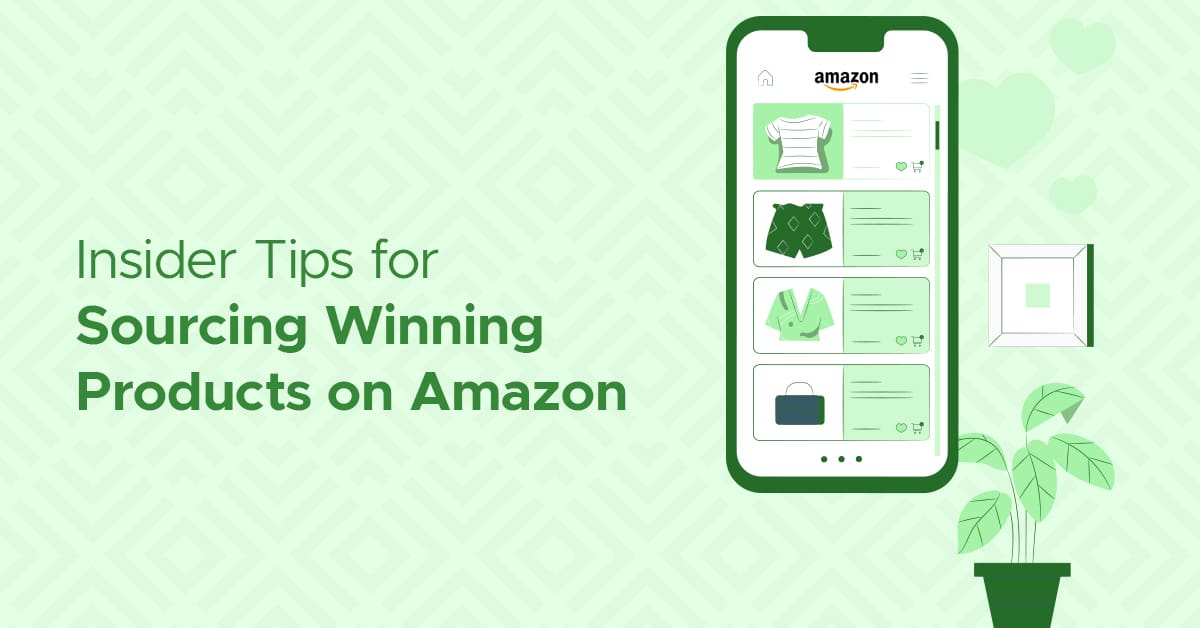
This is a guest post from Zignify. With millions of active sellers on Amazon, standing out can be tough. It takes smart product sourcing for Amazon, solid planning, and nonstop tweaking to thrive on the marketplace. Sourcing winning products on Amazon can make the difference between a successful business and one that struggles to gain...
By Guest on June 21, 2024

In this video, Rachel chats with Rikita Jain, director and CEO of MMF Infotech Technologies. Ritika shares why she decided to start MMF Infotech, her focus on Amazon, the balance between SEO and advertising, and Amazon ads best practices. Transcript below. Rikita’s background Rachel Andrea Go: So, thank you, Ritika, for joining us. To start...
By Rachel Andrea Go on June 19, 2024
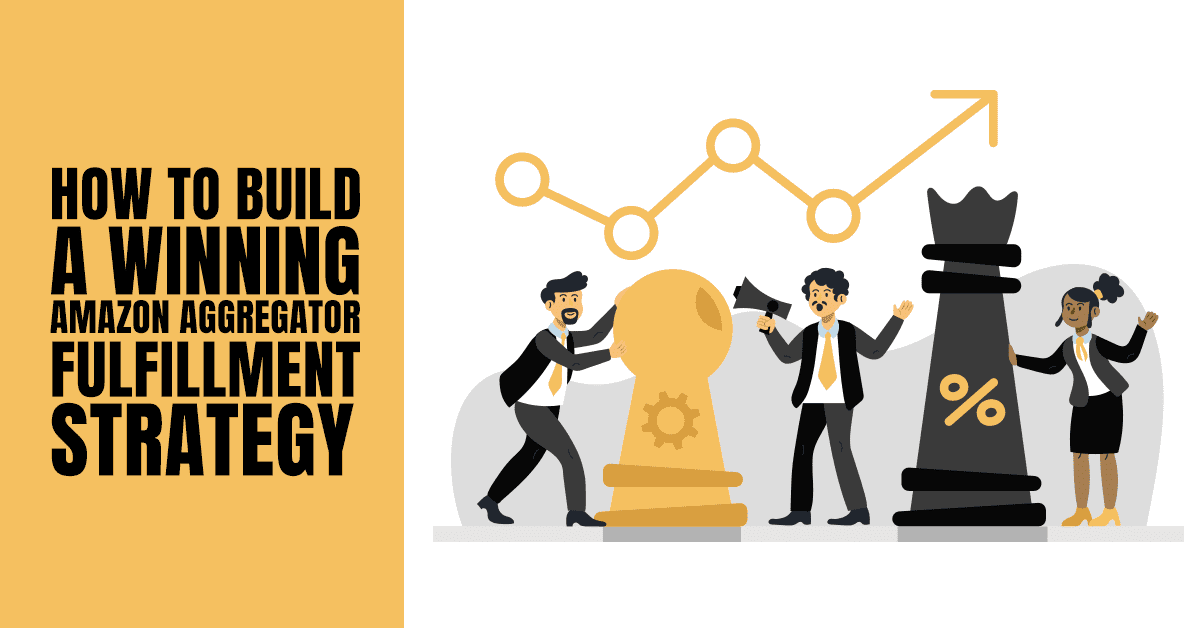
The Amazon aggregator market is rapidly expanding and becoming one of the top eCommerce opportunities for ambitious entrepreneurs. Nearly 80 businesses participate, and they’ve raised nearly $16 billion to date. However, the expansive nature of Amazon brands means managing operations can be challenging as their aggregator. Some resign themselves to the overwhelm of multiple dashboards,...
By Rachel Andrea Go on June 07, 2024
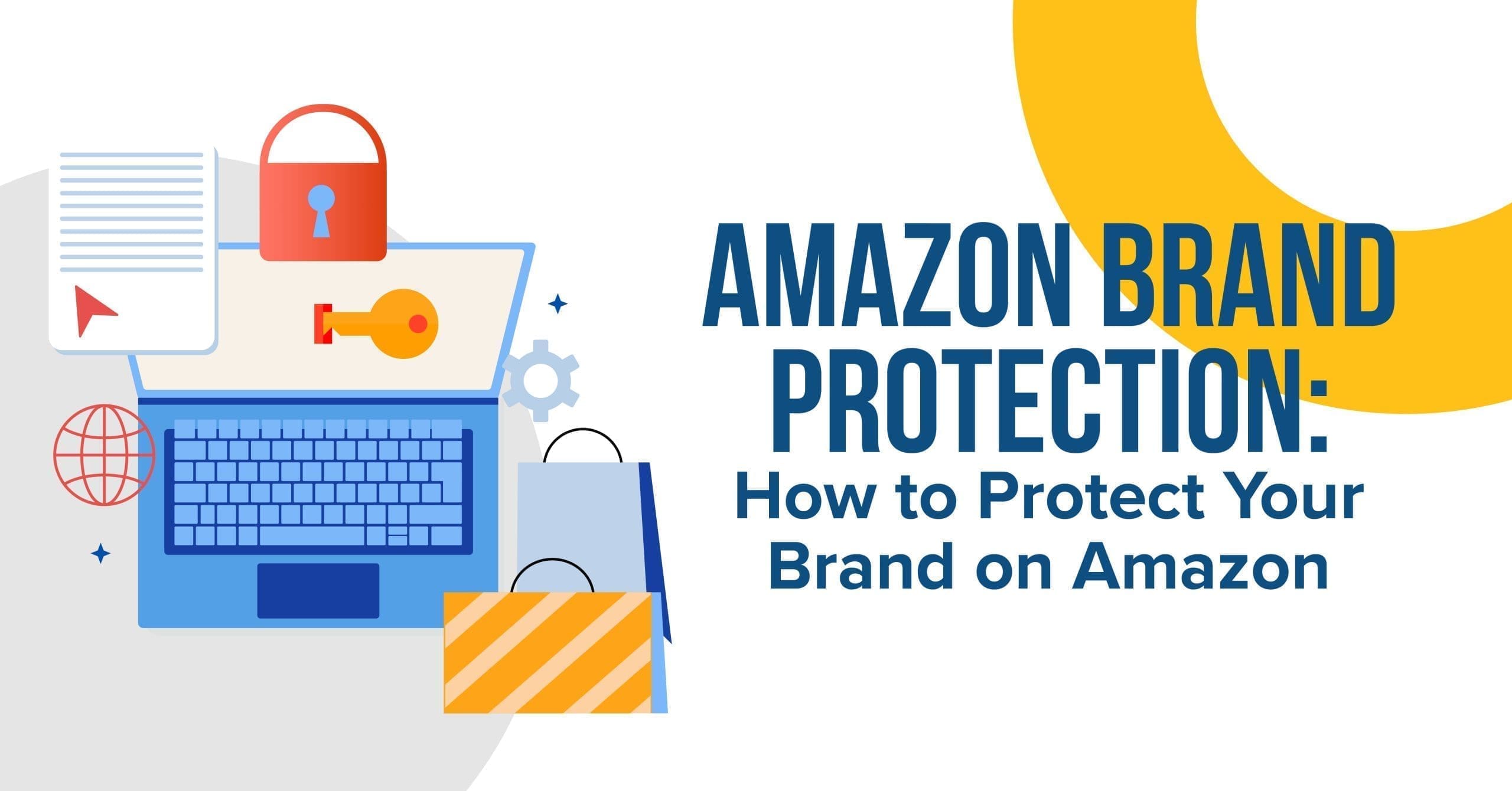
How to protect my brand on Amazon? With more than nine million active sellers on Amazon, it’s no surprise counterfeit products are a persistent problem on the platform. However, Amazon’s efforts to combat scammers have significantly improved over the years by introducing advanced technologies such as machine learning and automated systems to prevent fraudulent activities....
By Rachel Andrea Go on June 03, 2024
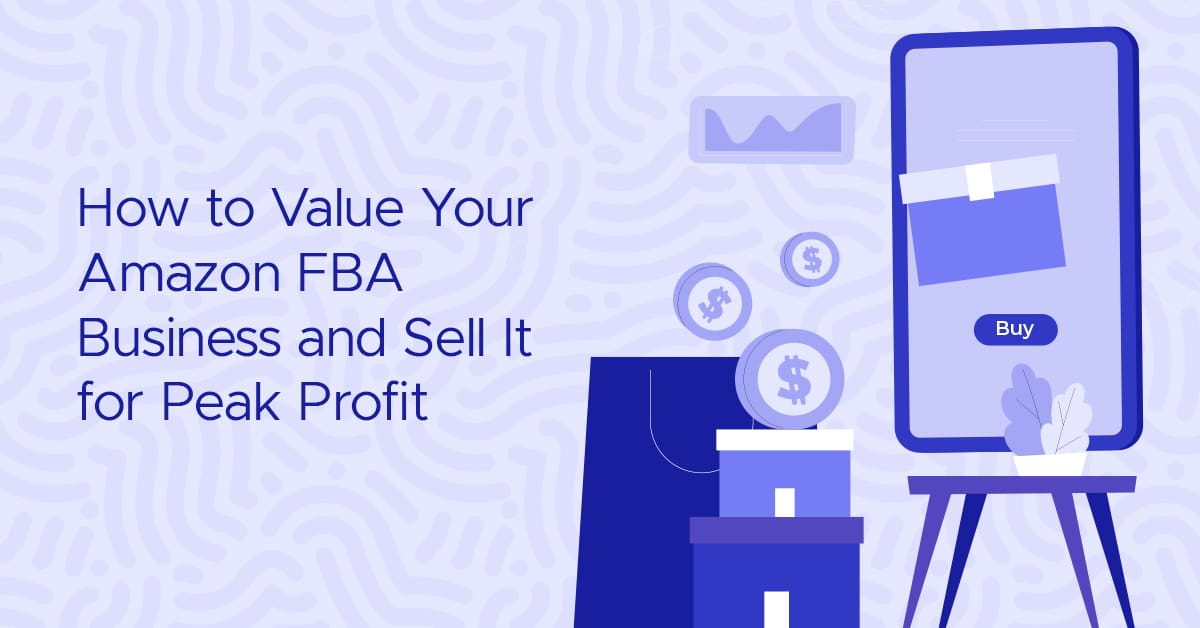
This is a guest post from Empire Flippers, removing the friction from buying and selling online businesses and have helped people buy and sell over $400 million worth of online businesses. You’ve put a lot of work into your Amazon FBA business. All those long hours, late nights, and investments — both in time and money —...
By Guest on May 24, 2024
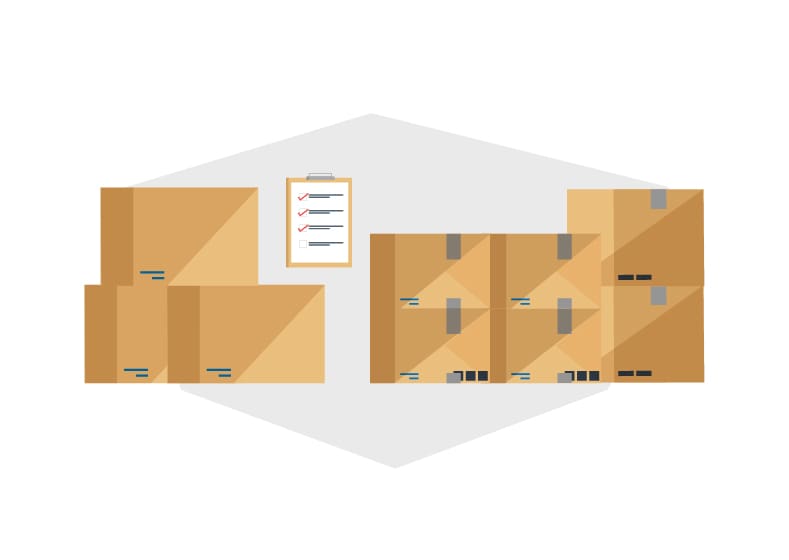
For many brands and manufacturers, selling on Amazon is a no-brainer. However, even on a single platform like Amazon, you still have to make choices. Do you sell Amazon 1P or 3P? And what do those decisions mean for your business and its margins? Choosing to handle everything 1P in single, seamless transactions with Amazon.com...
By Rachel Andrea Go on May 16, 2024

In online sales, influencer marketing has significantly impacted how brands interact with their target audience, growing into a $21.1 billion industry globally. Amazon has been at the forefront of this revolution, recognizing the immense potential of influencers to drive sales and expand brand visibility. The Amazon Influencer Program in particular marks a pivotal development in...
By Taylor Meeker on May 10, 2024

Prime Day is coming fast, and for most Amazon sellers, it’s one of the biggest retail events of the year. Estimates for 2024 place Prime Day during the second week of July, similar to 2023. Normally, sellers prepare by sending more inventory into their fulfillment networks — primarily, FBA. However, recent changes at Amazon (particularly...
By Rachel Andrea Go on April 29, 2024
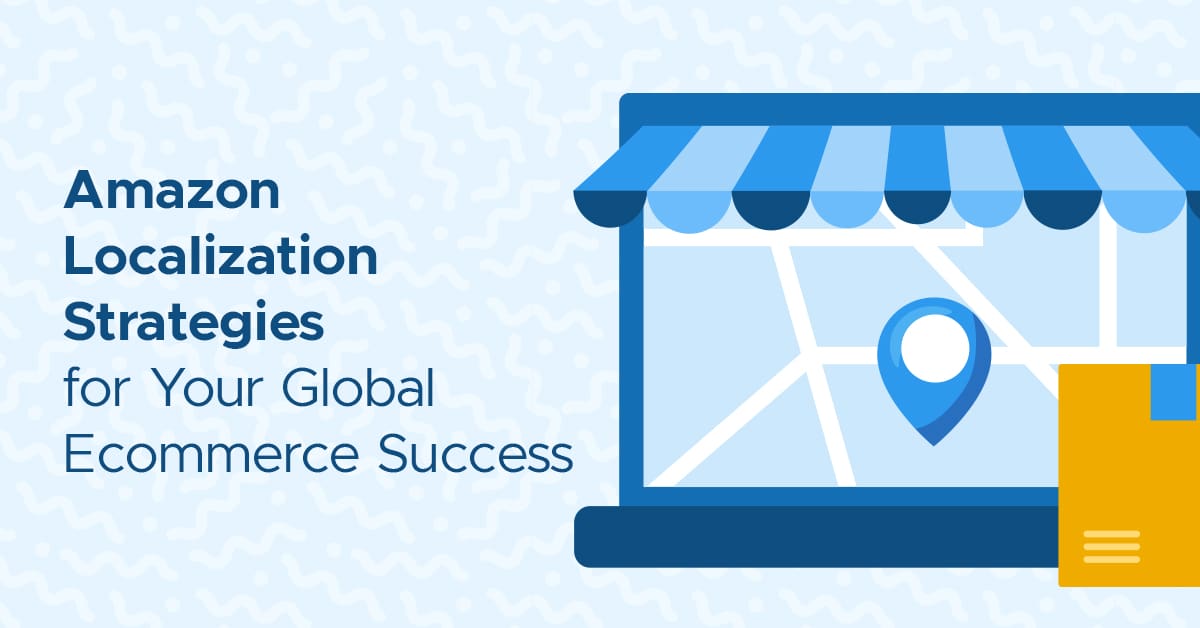
This is a guest post from Margin Business. Margin Business has winning Amazon global selling strategies that’ll guide you through global eCommerce translations and localization so you can resonate with various regions easily. The eCommerce industry is growing, with estimates projecting it’ll reach $8 trillion in global sales by 2026. This surge is largely due...
By Guest on April 26, 2024

In 2023, 19% of global retail sales occurred online, underscoring the critical importance for established brands to embrace an effective eCommerce sales strategy as they make their foray into the digital arena. Transitioning from brick-and-mortar selling to an eCommerce sales strategy is a significant pivot for brands and introduces a virtual marketplace that operates under...
By Taylor Meeker on April 22, 2024

This is a guest post from Cindy Edward of SPCTEK. Cindy is an experienced Amazon and eBay brand growth expert. She has over seven years of experience in developing and implementing strategies to increase revenue and enhance brand visibility. She loves traveling and spending time with her family and friends. Logging in to your Amazon...
By Guest on April 19, 2024
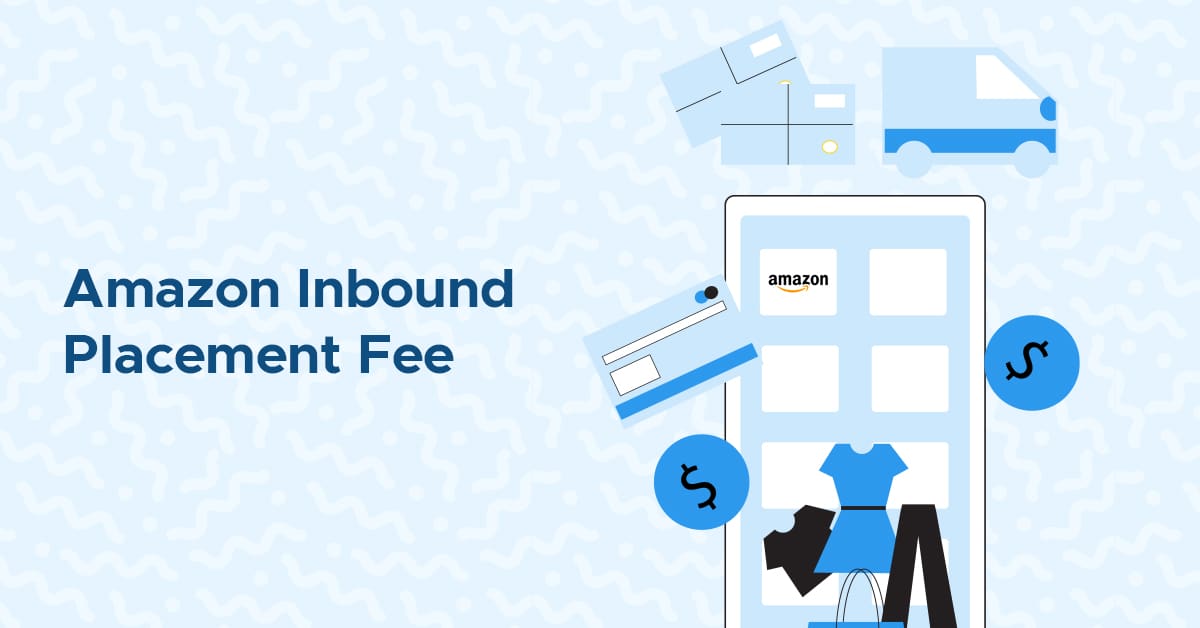
On March 1, 2024, Amazon rolled out their new inbound placement fees for FBA inventory. This fee is to cover the cost of splitting and sending inbound inventory to multiple locations in order to ensure fast delivery across all consumer bases. The new fee works out to: a $0.21–$0.68 per item fee for standard items...
By Rachel Andrea Go on April 17, 2024

It’s no secret that advertisements enjoy a high status in Amazon’s ecosystem. They can be found at every major touch point of the marketplace and continue to proliferate as more sellers realize how crucial advertising is to support a strong Amazon listing. Amazon sits on a trove of consumer data, earning them the title of...
By Brandy Cross on April 16, 2024
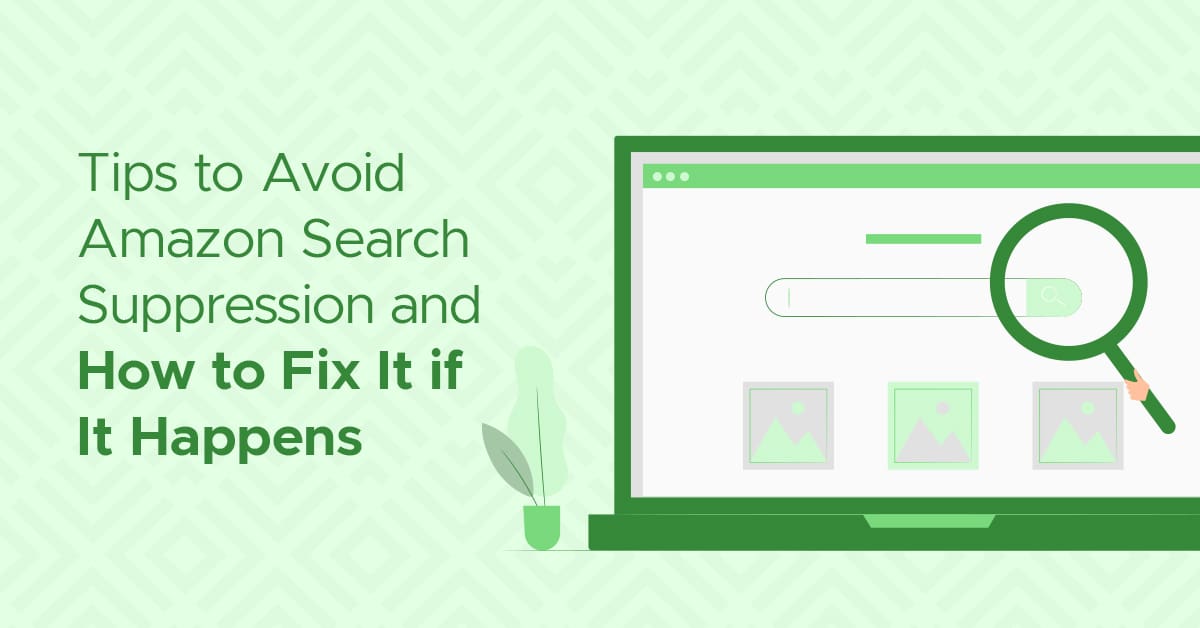
This is a guest post from Rachel Hoover. As Customer Education Manager at eComEngine, Rachel helps Amazon sellers connect with their customers and manage their seller reputations. She is committed to helping each seller find the right email strategy to improve feedback ratings, gain product reviews, and enhance customer service. If you notice a sudden,...
By Guest on April 15, 2024
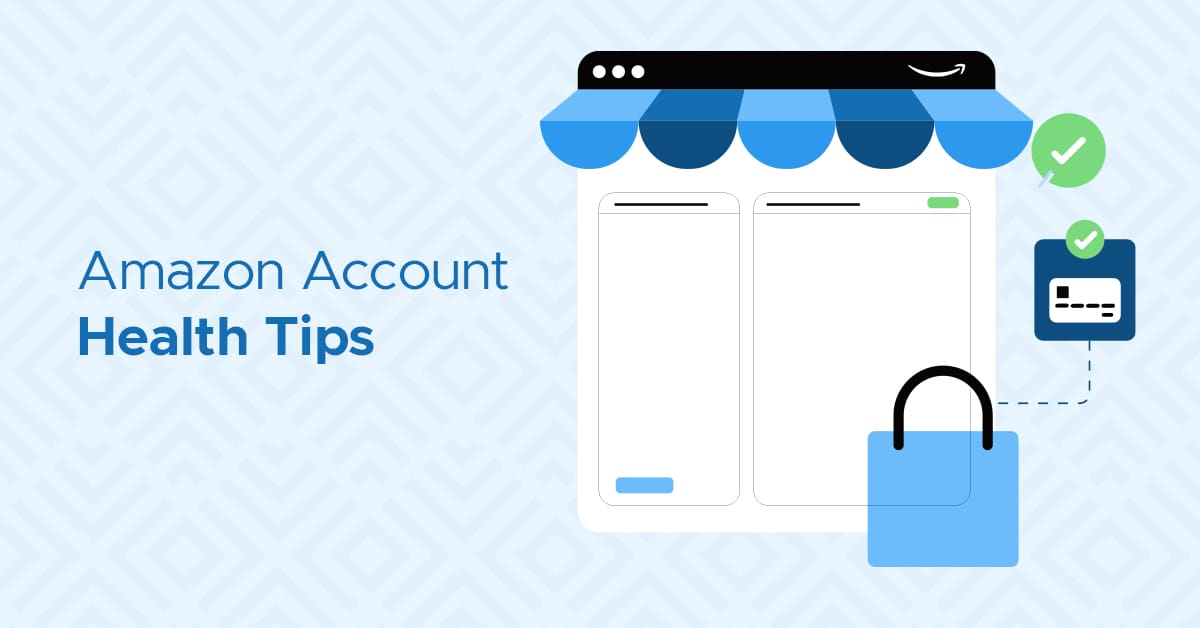
If you sell on Amazon, your Account Health page is one of the most important elements to keep an eye on; maintaining account health will help you avoid costly disruptions and account suspensions. Account health is also a direct reflection of customer satisfaction and experience, so a happy account generally correlates to happy customers (and...
By Taylor Meeker on April 01, 2024

Amazon is one of the largest product marketplaces in the world, and with a revenue of $143 billion in 2023, it’s still growing. For retailers, that 37.6% market share of the eCommerce industry makes it imperative to be on the platform. However, selling on Amazon is a double-edged sword: Although you’ll be where the customers...
By Rachel Andrea Go on March 25, 2024
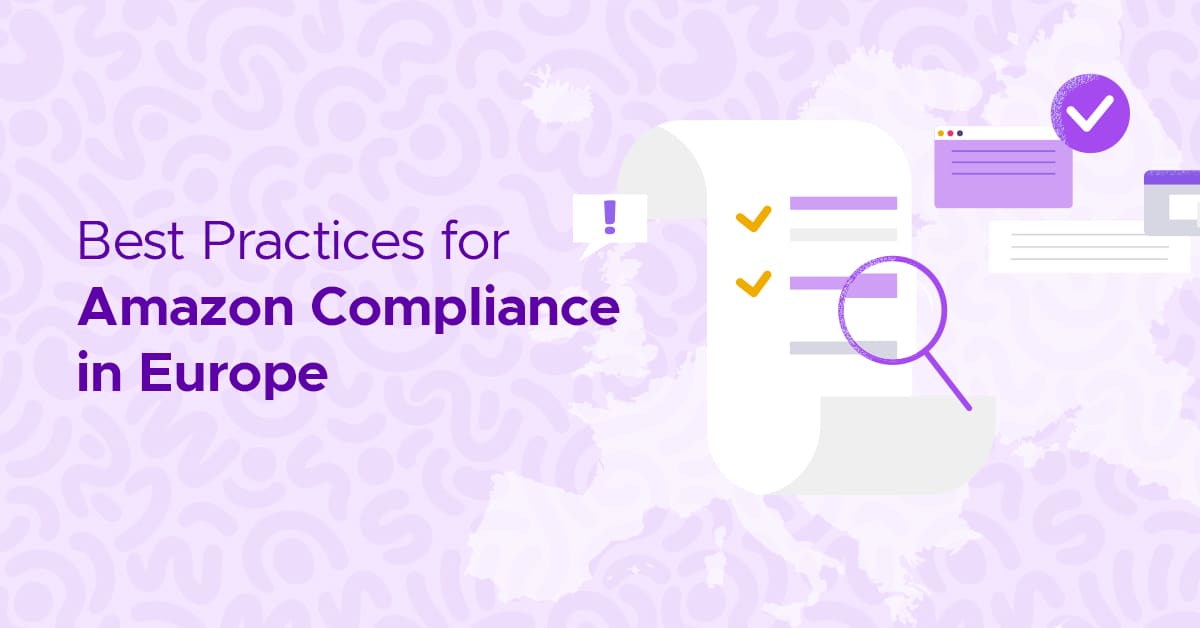
Amazon is one of the largest marketplaces in the world. With a presence on five continents and dedicated websites for 20 countries, Amazon is potentially the most global marketplace. For sellers, that opens a wealth of opportunities to grow in markets that are otherwise inaccessible, especially with the advent of FBA and Amazon warehousing products....
By Rachel Andrea Go on March 18, 2024

This is a guest post from Viably. Recently, Amazon announced that they would no longer underwrite seller loans, an option that’s been in place for more than a decade. Yet seasoned Amazon sellers understand that running a successful business on the marketplace requires significant financial support. To maintain smooth operations, keep inventory stocked and well...
By Guest on March 15, 2024

The eCommerce industry is rapidly adapting to new technologies, market and economic shifts, and the reactions of big players like Amazon. Adapting to those changes is critical for online businesses, whether you work in sales, shipping and logistics, marketing, or any other aspect of the sector. Understanding what to expect will help you keep up...
By Rachel Andrea Go on March 11, 2024

In 2021, more than 600,000 U.S. Amazon sellers participated in the platform’s FBA program. With the surge of businesses leveraging the Amazon marketplace, it’s more crucial than ever to differentiate your brand and offerings, and that includes your FBA efforts. Countless products vie for a customer’s attention, giving rise to a new emphasis on packaging...
By Taylor Meeker on March 01, 2024
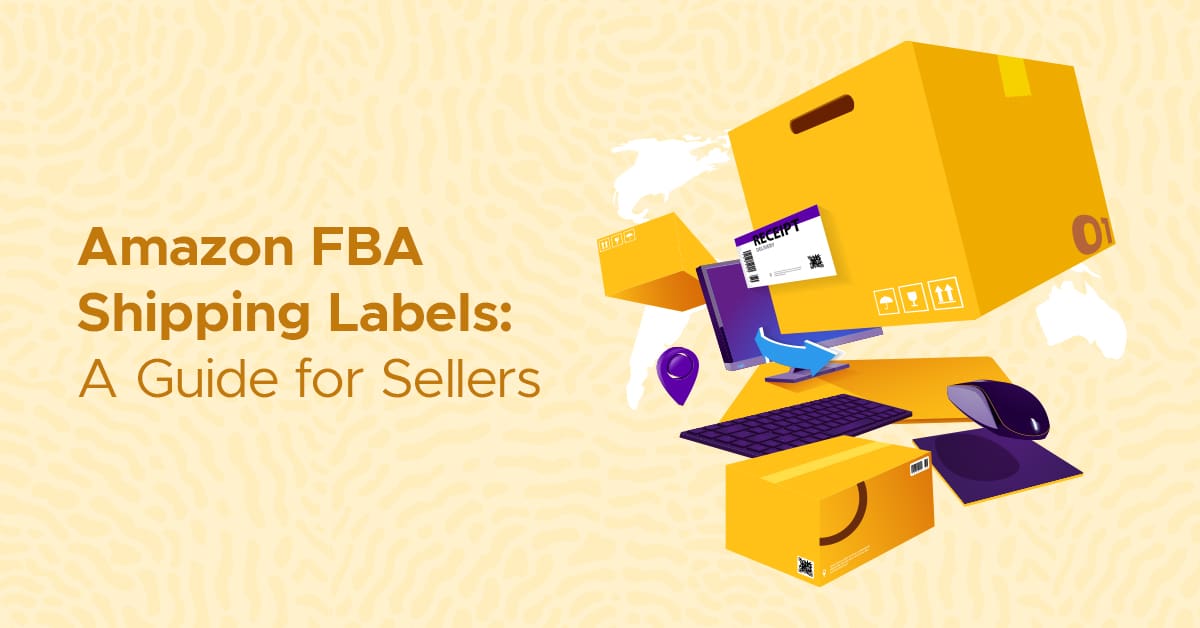
This is a guest post from Carla Bauto Deña, a writer who lends her voice to companies like AMZ Advisers, which empowers small and medium-sized enterprises through innovative solutions. AMZ Advisers is a full-service eCommerce consultancy focused on creating growth opportunities for brands, manufacturers, and private labels across the globe since 2014. Amazon FBA shipping...
By Guest on February 26, 2024

This is a guest post from the Envision Horizons team. Envision Horizons is an Amazon-centric growth agency focused on helping brands generate awareness, gain market share, and drive profitability through Amazon’s expanding suite of advertising, retail media, and commerce capabilities. Envision Horizons is a verified Amazon partner and provides services such as; Amazon Advertising (Sponsored...
By Guest on February 19, 2024

More than 30% of online purchases are returned, and with Amazon extending their holiday return window so that items bought between November 1 and December 31 can be sent back until January 31, navigating returns just became trickier. However, we’re here to guide your ship and help you master Amazon’s seller refund guidelines. These rules...
By Taylor Meeker on February 12, 2024
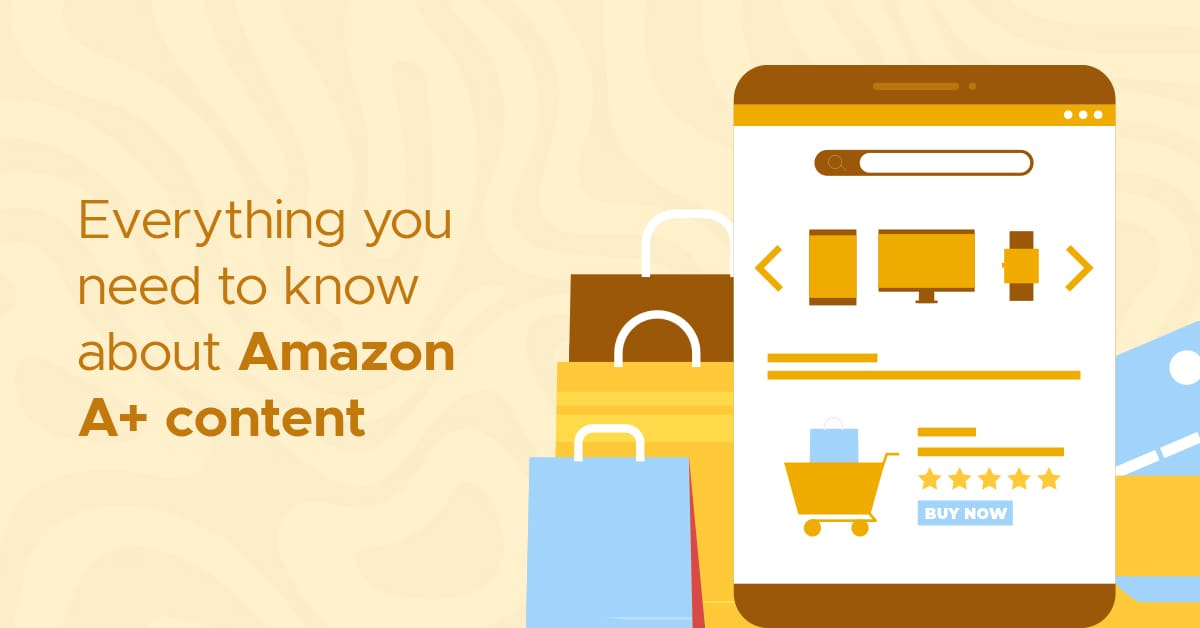
This is a guest post by Ritika Jain. With over 13 years of dedicated experience, Ritika is a driven entrepreneur of MMF Infotech Technologies and a seasoned digital marketing expert. Specializing in eCommerce, she lends her expertise to guide brands through platforms such as Amazon, Etsy, and eBay. Ritika’s skill set encompasses critical areas like business...
By Guest on February 02, 2024
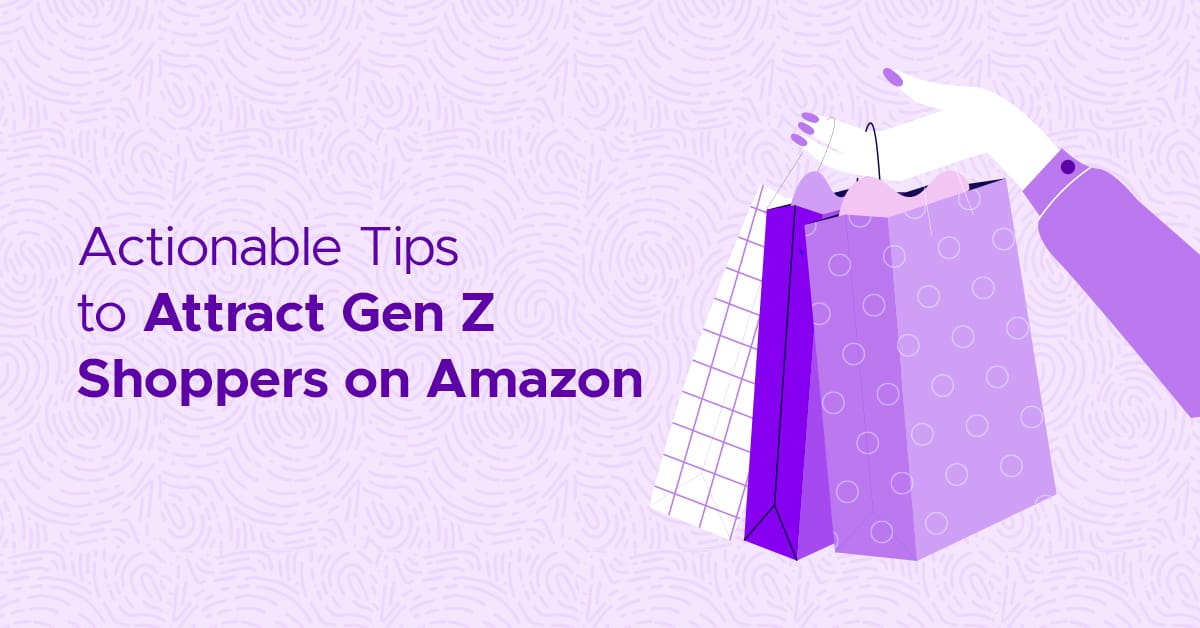
For most retailers, Gen Z is an unpredictable market segment. The demographic that grew up digitally native does most of its shopping online, yet remains an enigma to retail stores. Gen Z has unique values, shopping habits, and preferred social platforms that differentiate them from previous generations. Creating sales and marketing strategies tailored to the...
By Rachel Andrea Go on January 29, 2024

As an Amazon seller, you know the power of your products to reach millions. But did you know you can also use your excess inventory to make a real difference in the world? Amazon’s FBA Donations Program allows you to transform unsold or overstocked items into meaningful contributions for charities and nonprofits. It’s a win...
By Taylor Meeker on January 26, 2024
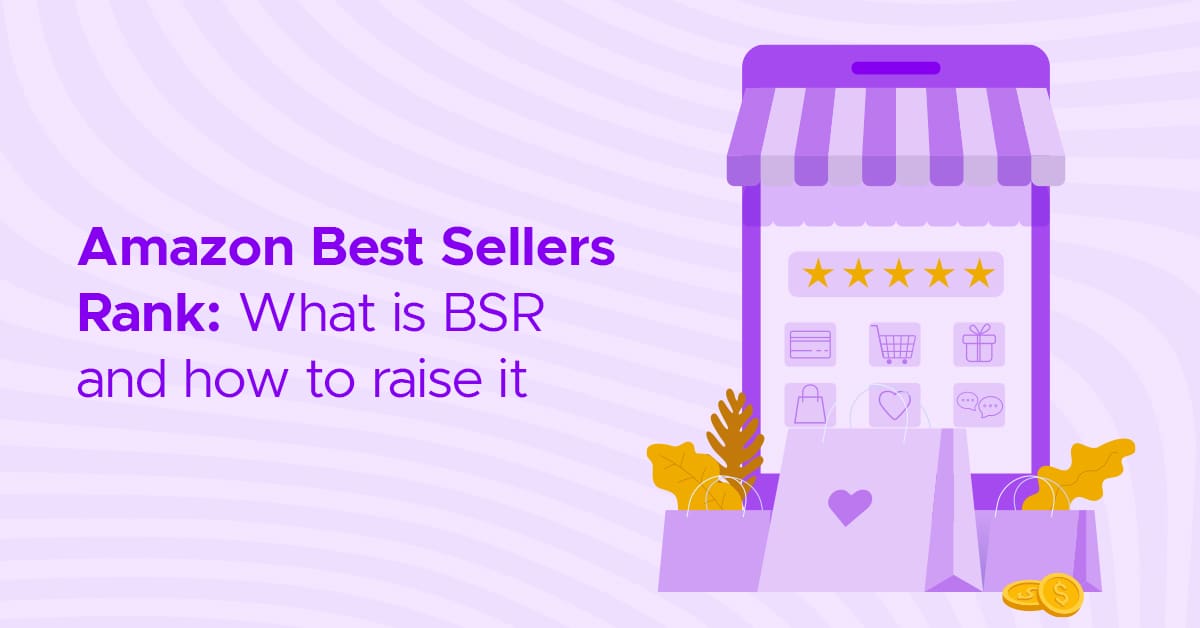
In the Amazon marketplace, every seller dreams of topping the charts and seeing their product listed as a bestseller. The key to this achievement is decoding the Amazon Best Sellers Rank (BSR). BSR provides a snapshot of a product’s popularity and sales performance relative to other offerings in its category. While it may seem like...
By Rachel Andrea Go on January 19, 2024
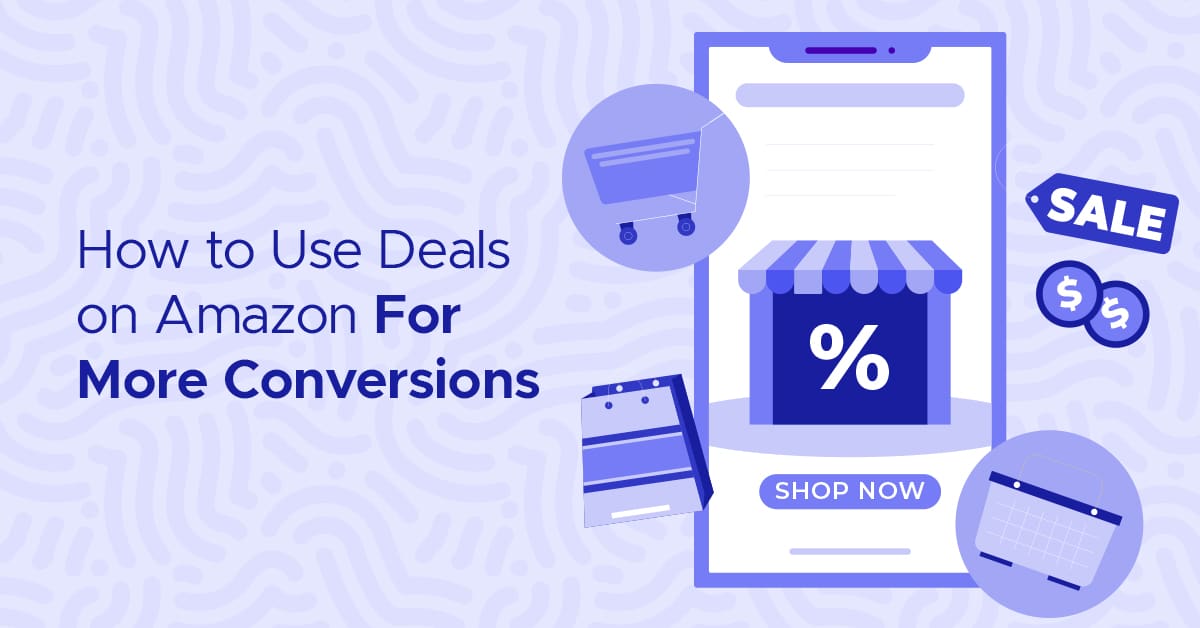
This is a guest post from the e-Comas team. e-Comas is a Luxembourg-based eCommerce agency that helps brands grow faster globally with data-driven insights. Working across Amazon, Shopify, CDiscount, Veepee, Bol, Walmart, and more, they set brands up to scale their business and increase their profitability by overseeing their accounts, content, and advertising. Amazon possesses...
By Guest on January 15, 2024

This is a guest post from Jenny Longmuir. Jenny is a copywriter at taxually.com, a company that specializes in VAT compliance technology. She has over 10 years of experience in content creation for a number of industries. Expanding your Amazon business into new markets is a strategic move that opens up fresh opportunities for growth and...
By Guest on December 05, 2023
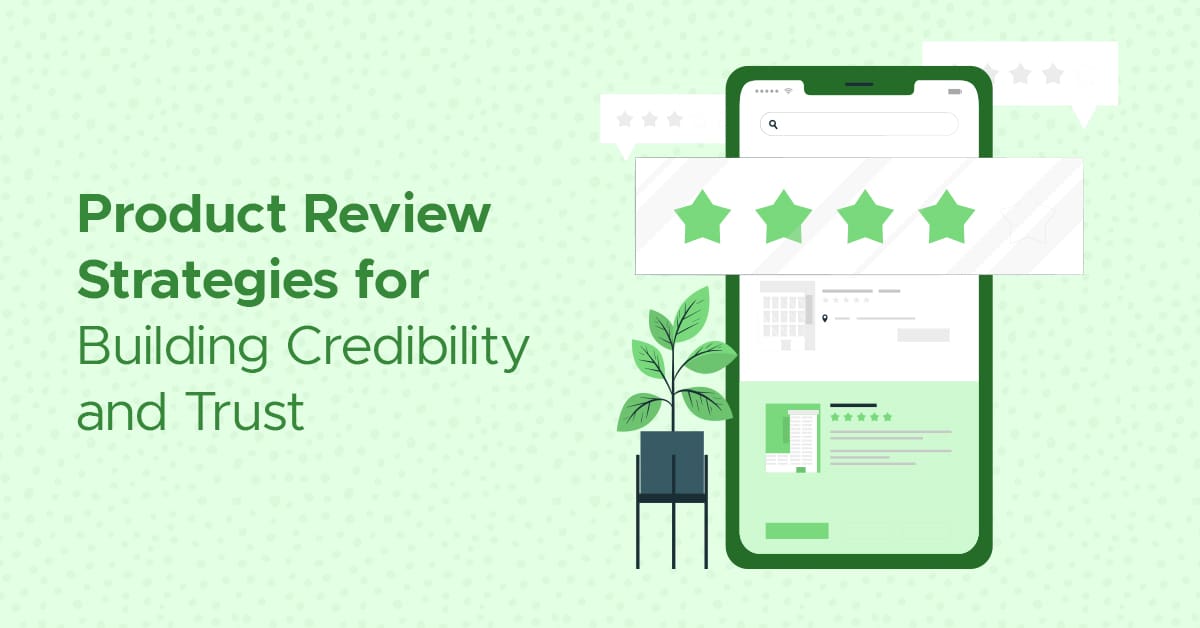
This is a guest post from Rick Wong. Rick is the founder of SellerMetrics, an Amazon PPC Software. Having worked in some of the world’s largest financial institutions in Canada, he ventured into Amazon selling in 2017 and sold his Amazon business four years later. In the evolving eCommerce landscape, customer reviews have become the...
By Guest on November 24, 2023
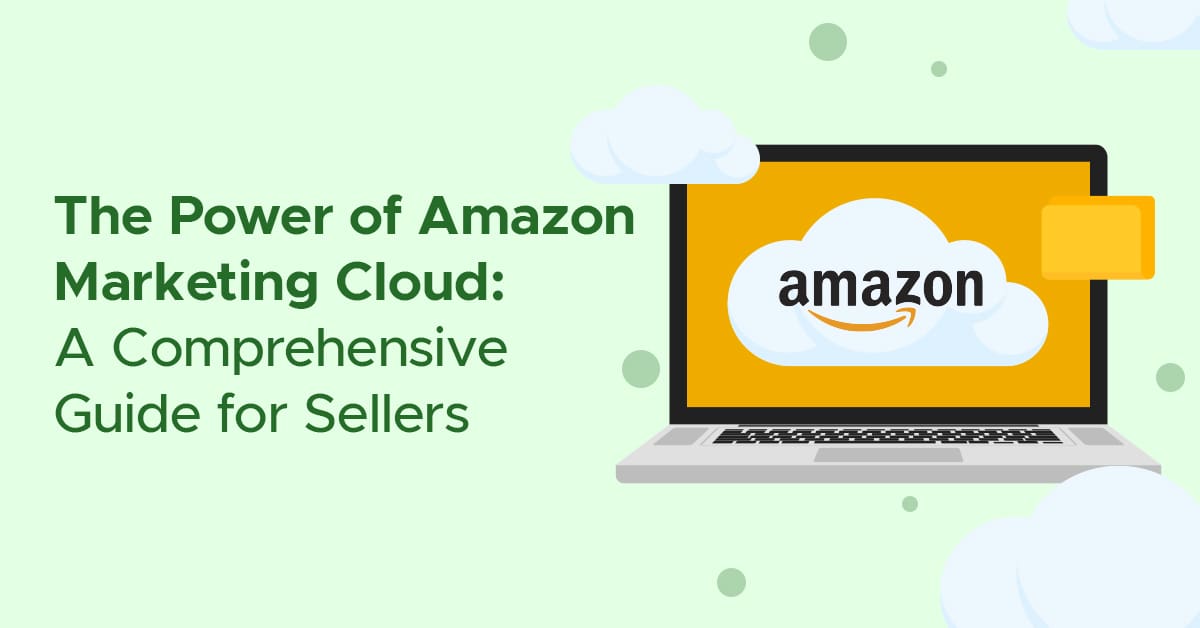
This is a guest post from Lena Einschütz. Lena is the marketing manager at BidX. BidX empowers brands to accelerate their growth and scale their business by automating ads both on and off Amazon through their cutting-edge software. They’re distinguished as the sole global platform capable of automatically creating and optimizing advertising campaigns, encompassing pay-per-click...
By Guest on November 02, 2023
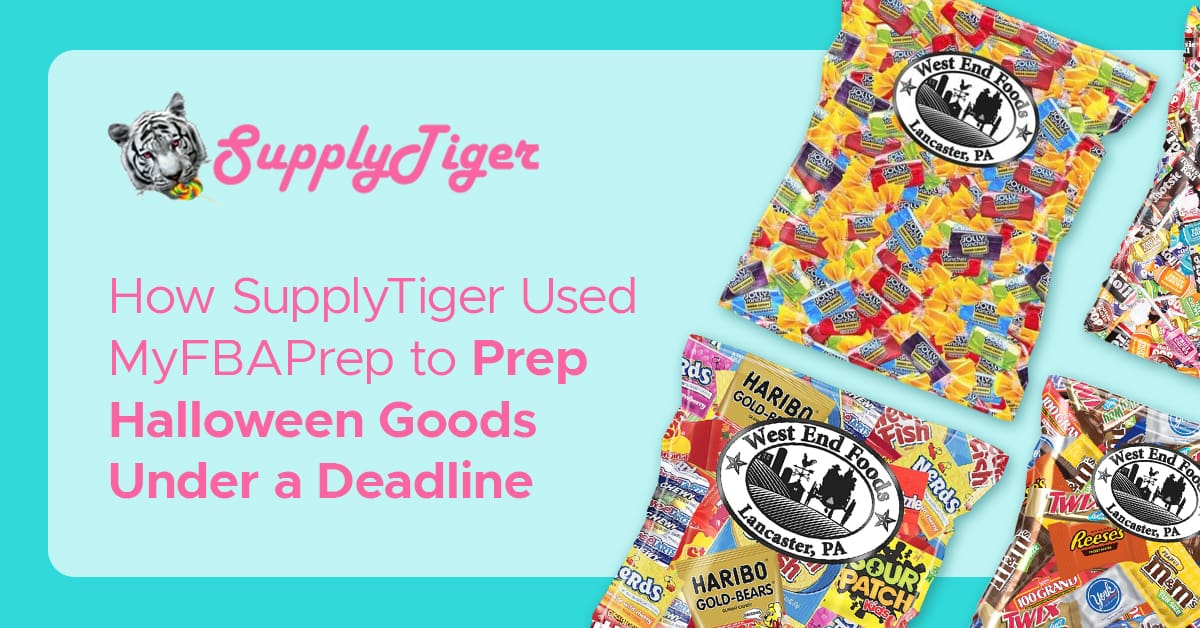
With the holidays coming up, every kid (and plenty of adults) look forward to oodles of candies, chocolates, dressing up, and fun merry-making. SupplyTiger sells candy and chocolate, costumes, and other treats in theme with holidays like Easter, Halloween, and Christmas. Earlier this year, SupplyTiger suddenly found themselves in need of efficient and cost-effective logistics...
By Rachel Andrea Go on October 26, 2023
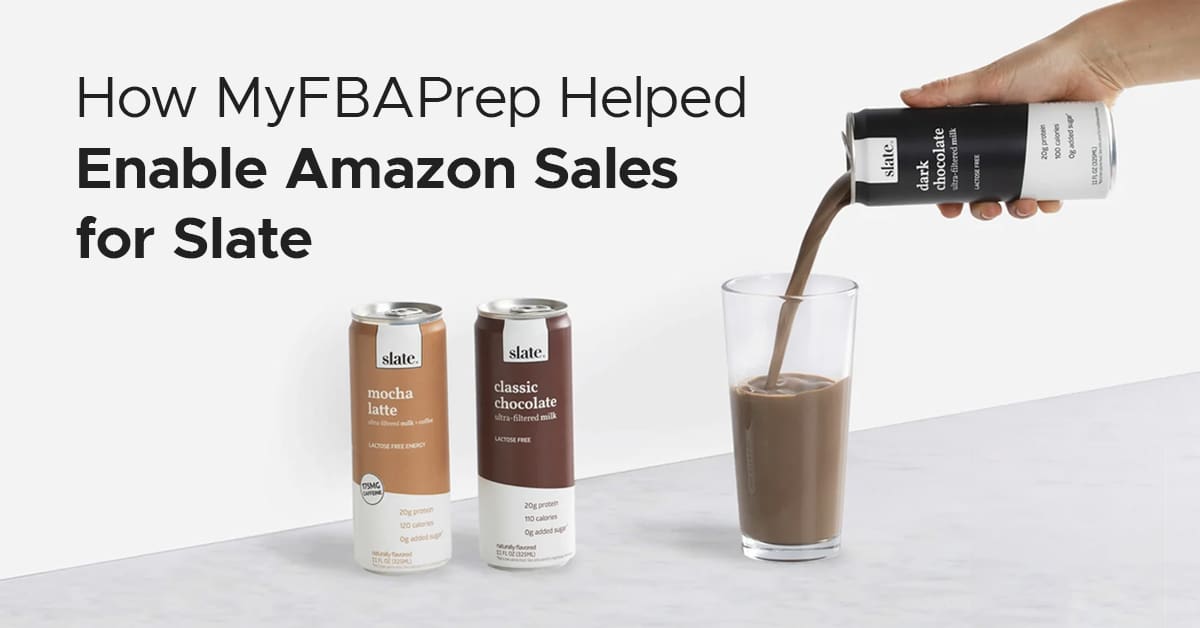
Who doesn’t love a decadent, yet healthy snack that helps fuel your workouts, fill your cravings, and fits seamlessly into your day-to-day routine? Slate, an official UFC partner, is a lactose-free, high-protein, keto-friendly drink with no added sugars and all the flavor. Since it can function as a healthy pick-me-up, pre- or post-workout snack, or...
By Rachel Andrea Go on October 24, 2023
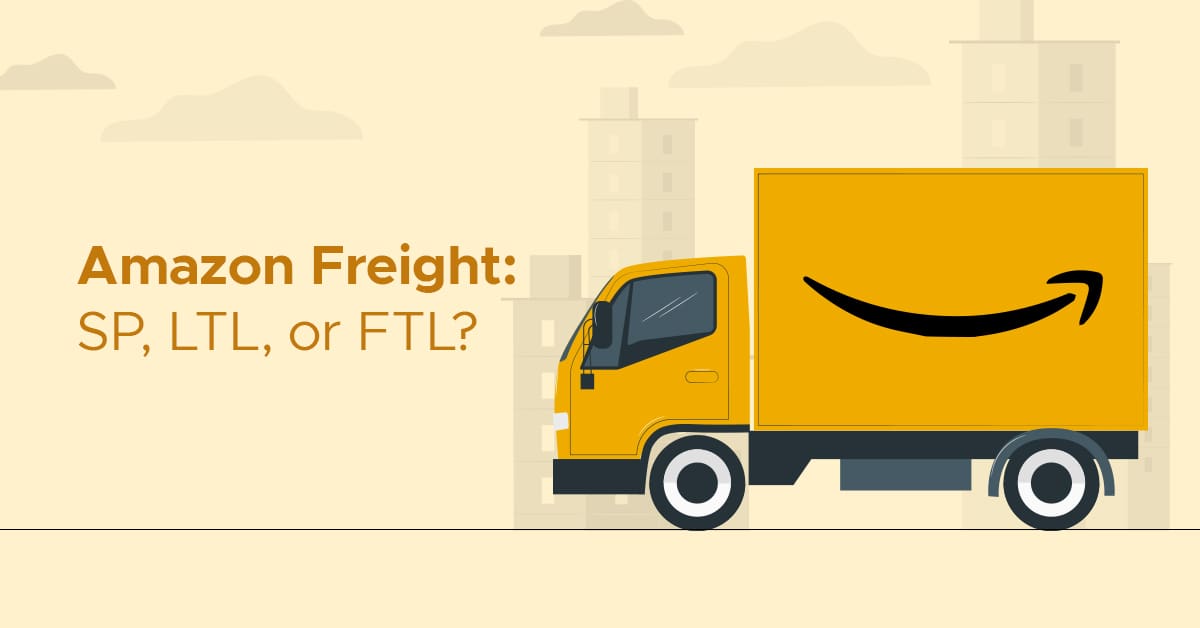
The right shipping choices are pivotal to your operational efficiency, cost-effectiveness, and overall success when venturing into Amazon selling. Amazon Freight presents three primary inbound shipping modes: Small Parcel (SP), Less Than Truckload (LTL), and Full Truckload (FTL). But which one suits your business needs the best depends on several factors. In turn, your choice...
By Rachel Andrea Go on October 10, 2023
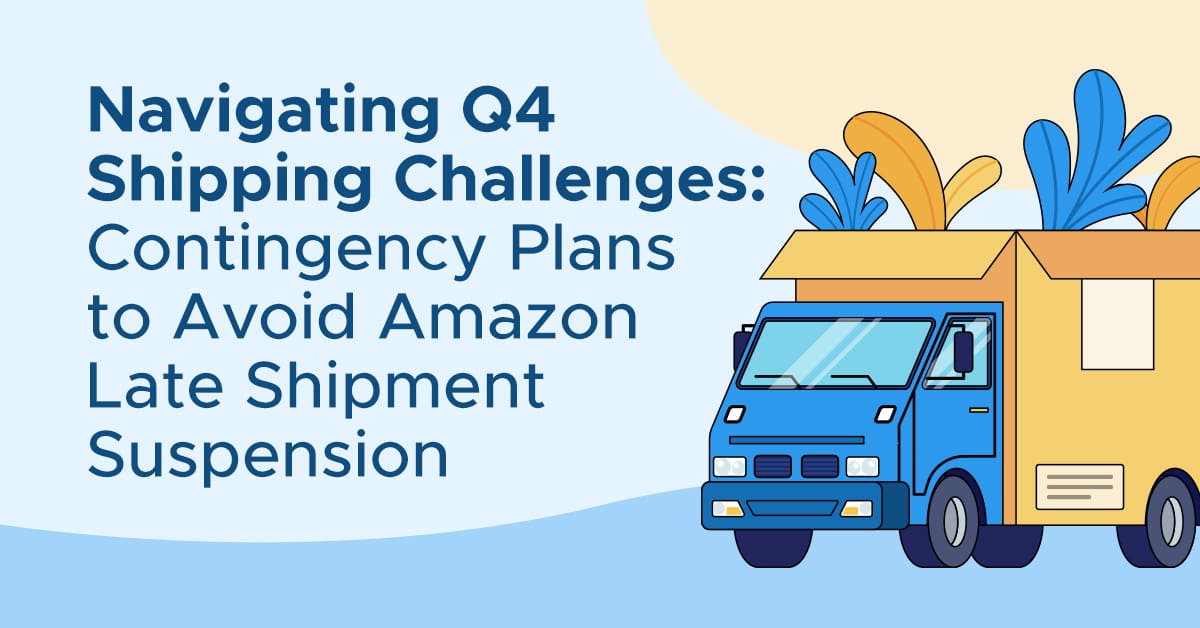
As an eCommerce retailer, Q4 is likely the most critical quarter of your financial year. In Q4 of 2022, online sales made up 14.7% of total U.S. retail sales — a noteworthy leap from the 12.9% share held during the 2021 holiday quarter. With massive shopping events like Black Friday, Cyber Monday, and others packing...
By Taylor Meeker on October 05, 2023
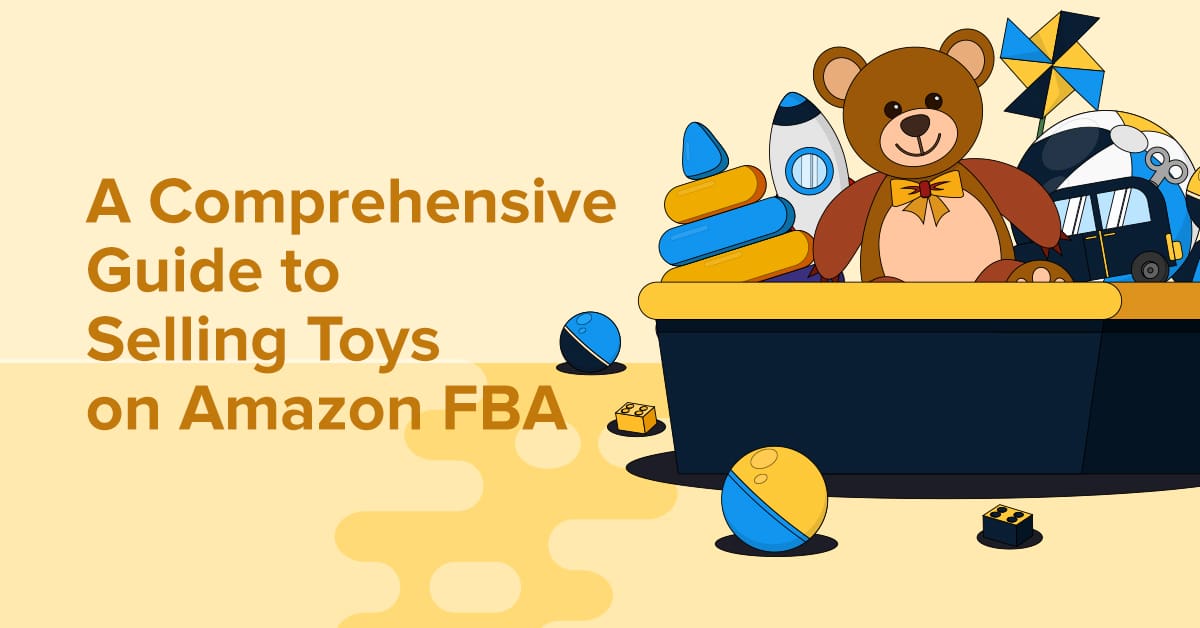
In the vast online marketplace, few categories boast the same dynamism and potential as the toy industry. With timeless brands like Barbie coexisting with newer fan favorites such as FunkoPop and Pokémon, there’s plenty of opportunities for savvy Amazon FBA sellers to explore and profit from. The popularity of these brands isn’t solely rooted in...
By Taylor Meeker on September 26, 2023
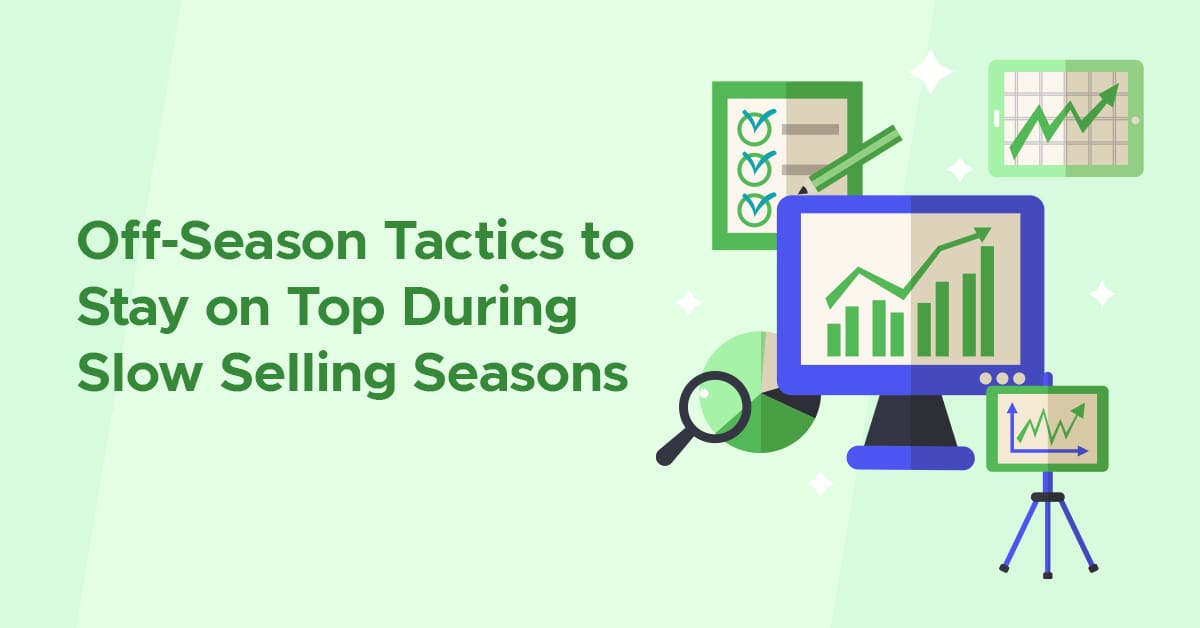
This is a guest post from the team of BellaVix. Seasonality on Amazon is a major challenge for eCommerce brands, particularly those selling in categories like apparel, novelty, and garden. Low demand on the digital marketplace doesn’t have to mean no sales though. Unlocking basic techniques and strategies is key to sustainable success as an...
By Guest on September 05, 2023
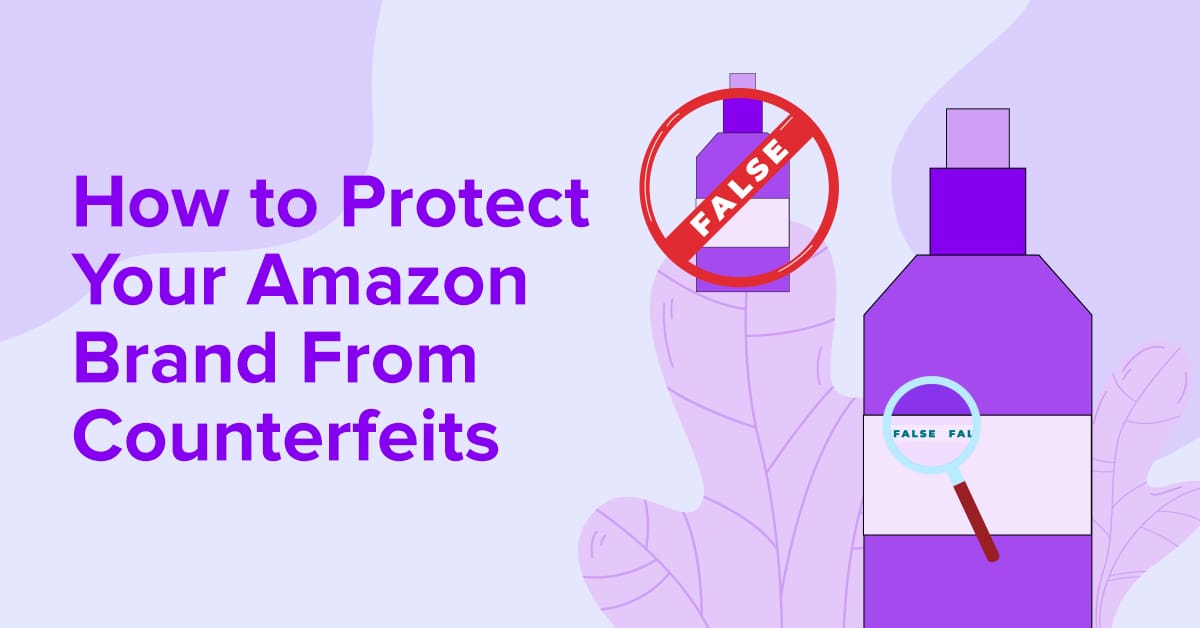
eCommerce has empowered millions of small and medium-sized enterprises to reach a global audience. Amazon, especially, has become synonymous with online retail, providing a digital marketplace for sellers to target a vast spectrum of industries and niches. Unfortunately, it’s also given rise to a destructive force: counterfeits. These imposters do more than simply copy legitimate...
By Taylor Meeker on August 29, 2023
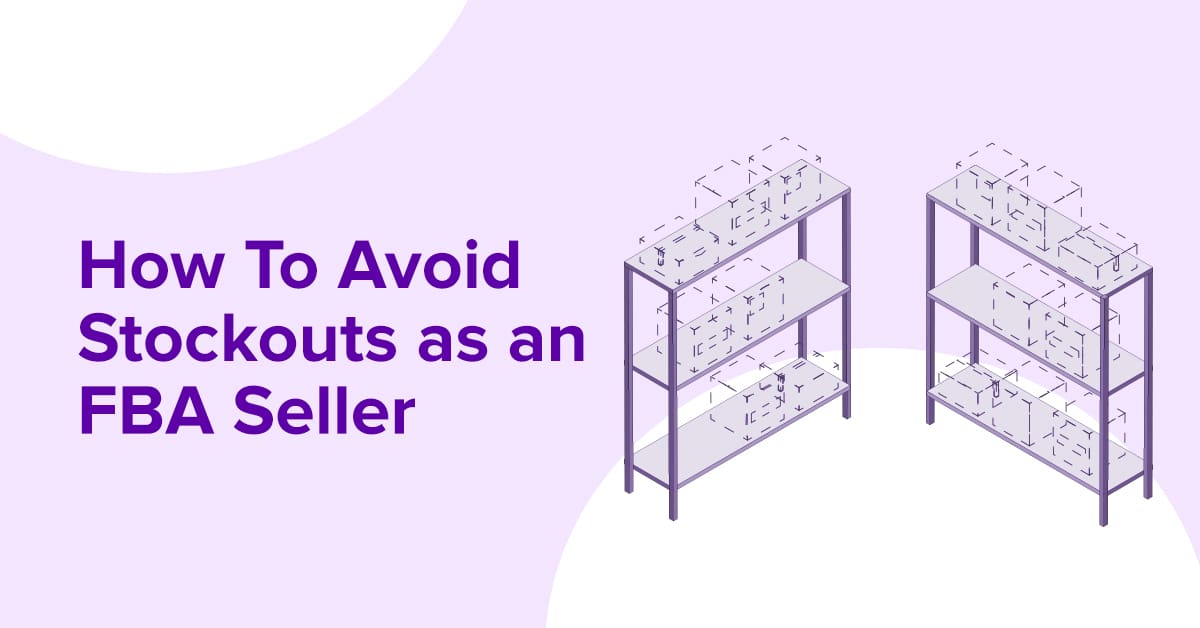
This is a guest post from Julian Bonte-Friedheim. Julian writes about the ins and outs of eCommerce for 8fig, a company that provides flexible funding to online sellers. Their advanced AI CFO technology gives sellers the tools to scale their operations and optimize their supply chains for sustained long-term growth. Seeing your products sell in...
By Guest on August 17, 2023

This is a guest post from SmartScout, one of the leading market research and data analytics tools trusted by Amazon sellers worldwide. Amazon is abuzz with activity as buyers and sellers trade millions of products across a vast array of categories every day. Navigating this marketplace successfully is vital for sellers, and a crucial aspect...
By Guest on August 08, 2023
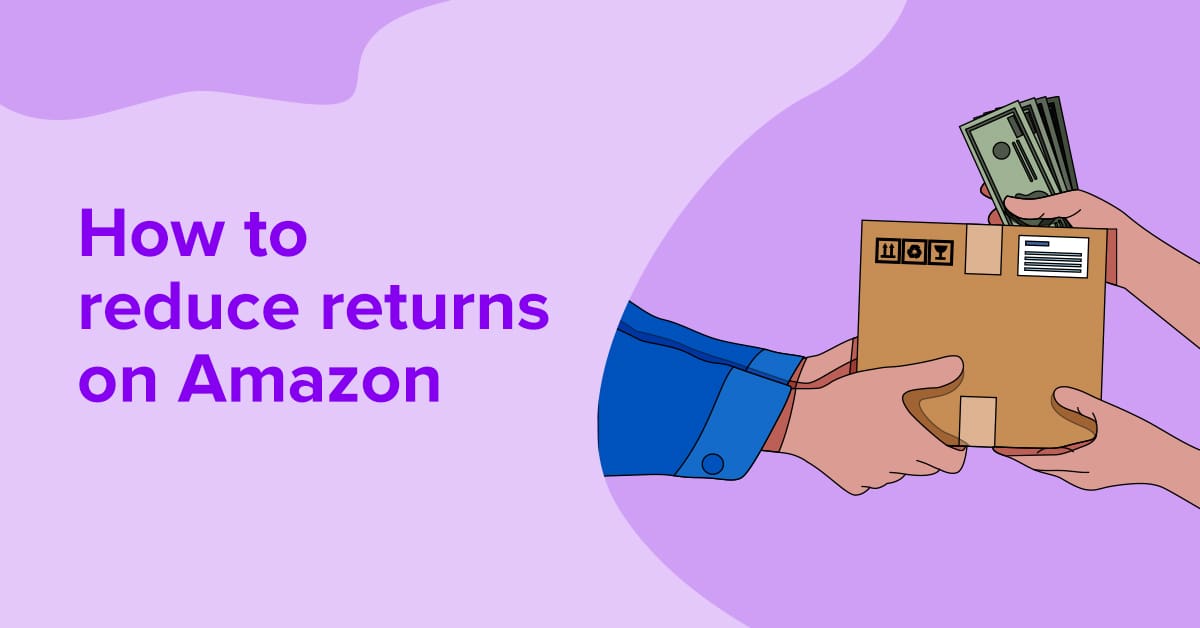
This is a guest post from Isaac Hadriye, President & CEO of OnSite Support. Providing a smooth buyer’s journey is an arduous task for Amazon sellers, and returns only add to the complexity. They can result in lost revenue, especially if you can’t resell the item. This is particularly problematic for merchants who sell products...
By Guest on July 13, 2023
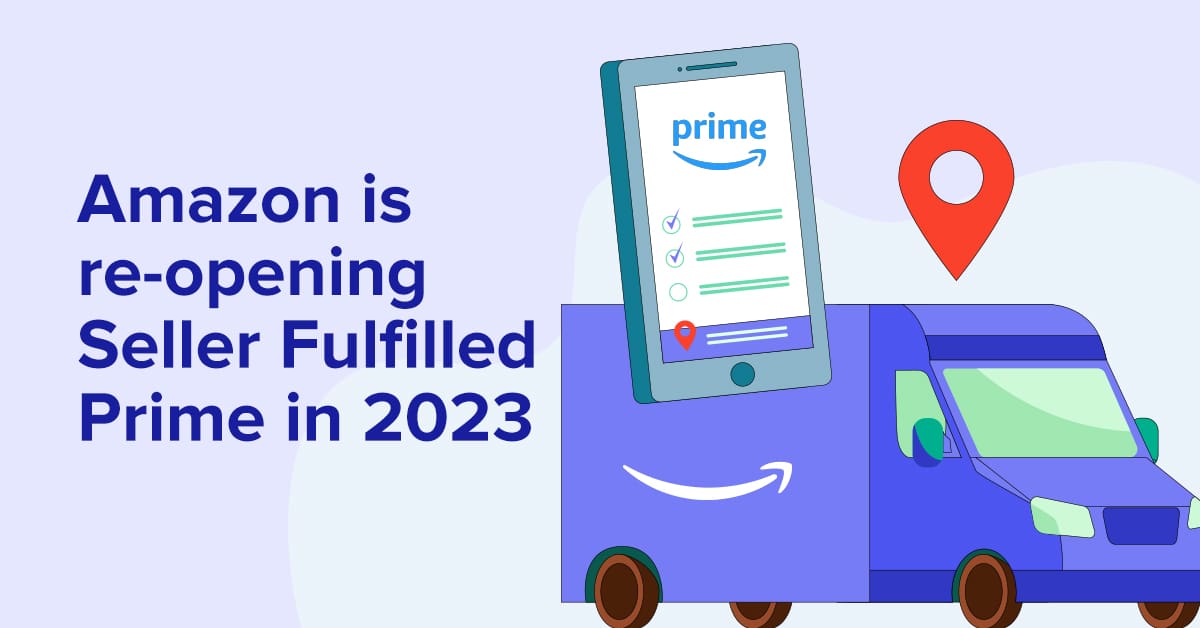
Generating billions of dollars in sales, Amazon has solidified their position as a go-to platform for online shopping worldwide. Central to that success is their Prime program, a membership service offering numerous benefits, including free two-day shipping, streaming media, and more. As of Amazon’s last public report, they had over 200 million Prime members worldwide,...
By Rachel Andrea Go on July 11, 2023
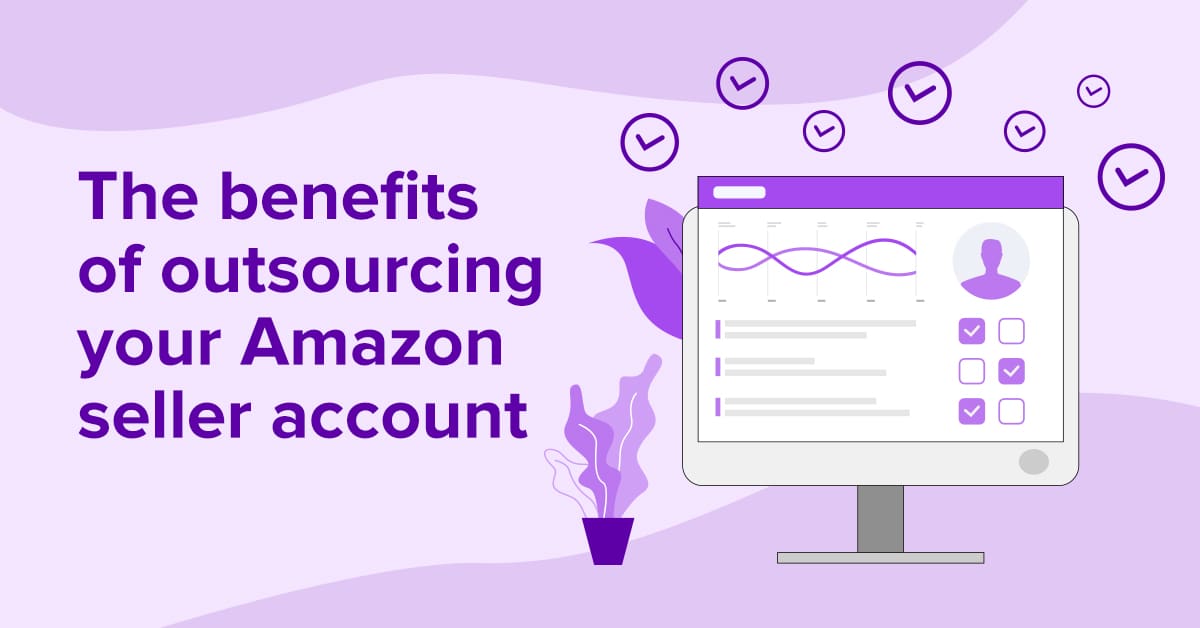
This is a guest post from Minhas M, an SPCTEK Amazon consultant with several years of experience in the eCommerce industry. Minhas has helped numerous businesses achieve success on the Amazon marketplace. With a passion for technology and a deep understanding of the platform’s complex algorithms, he has built a reputation as a go-to expert...
By Guest on July 06, 2023

SFP, is that you? Amazon is going to be reopening its Seller-Fulfilled Prime (SFP) enrollment later this year, which will allow for sellers to handle the fulfillment of their inventory to the customers on their own (and, importantly, maintaining the Prime badge for fast and free delivery). SFP was first launched in 2015, but since...
By Taylor Smits on July 03, 2023
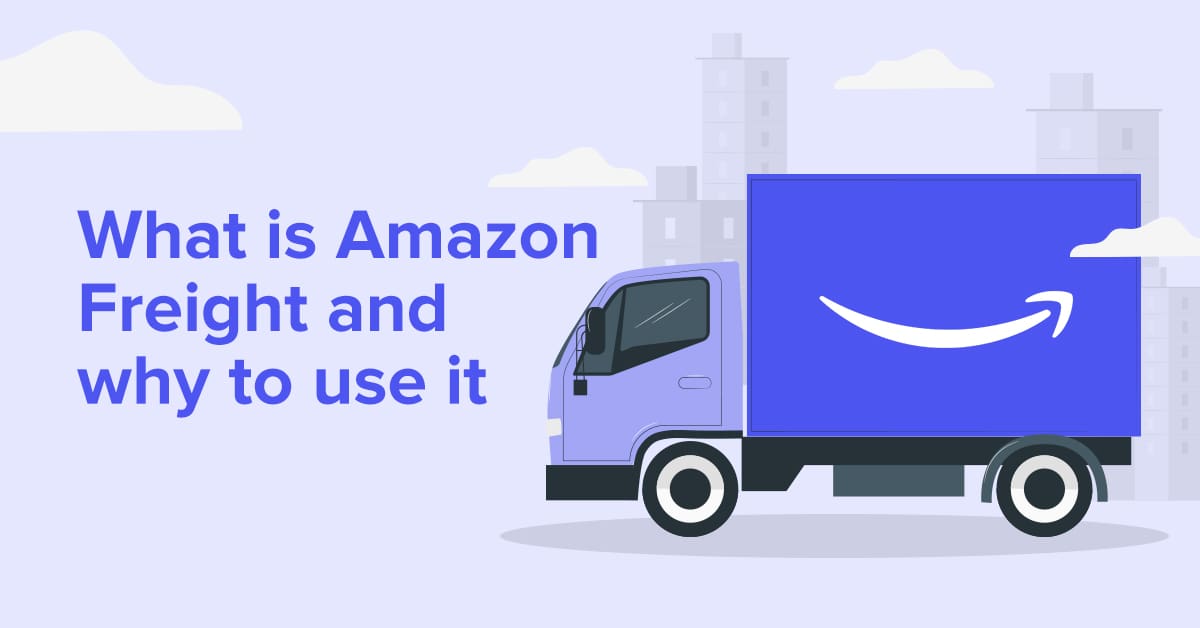
Over two-thirds (69%) of online shoppers are less likely to make a return purchase with a retailer if an order fails to arrive within two days of the estimated delivery date. As an eCommerce seller, navigating the complex shipping landscape can feel daunting. With Amazon Freight, however, the journey becomes much smoother. If you’re seeking...
By Rachel Andrea Go on June 06, 2023
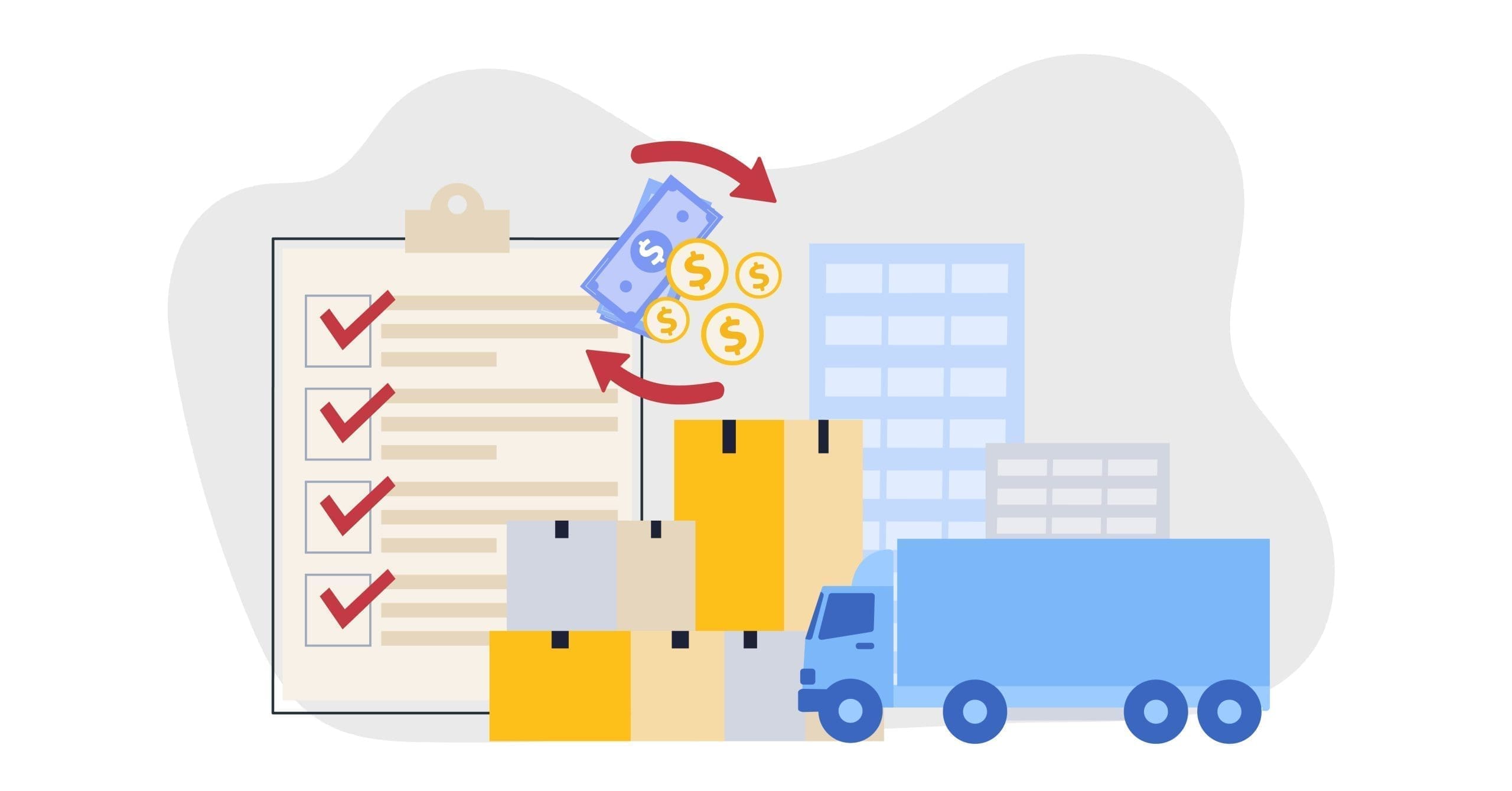
This is a guest post from Ryan Flynn. Ryan is the founder and CEO of Charmac, a digital marketing agency that helps retail-focused brands reach more customers on Amazon. Charmac provides content creation and done-for-you account management solutions to help you succeed in the Amazon marketplace. Whether you need a new or refreshed product page...
By Rachel Andrea Go on May 25, 2023
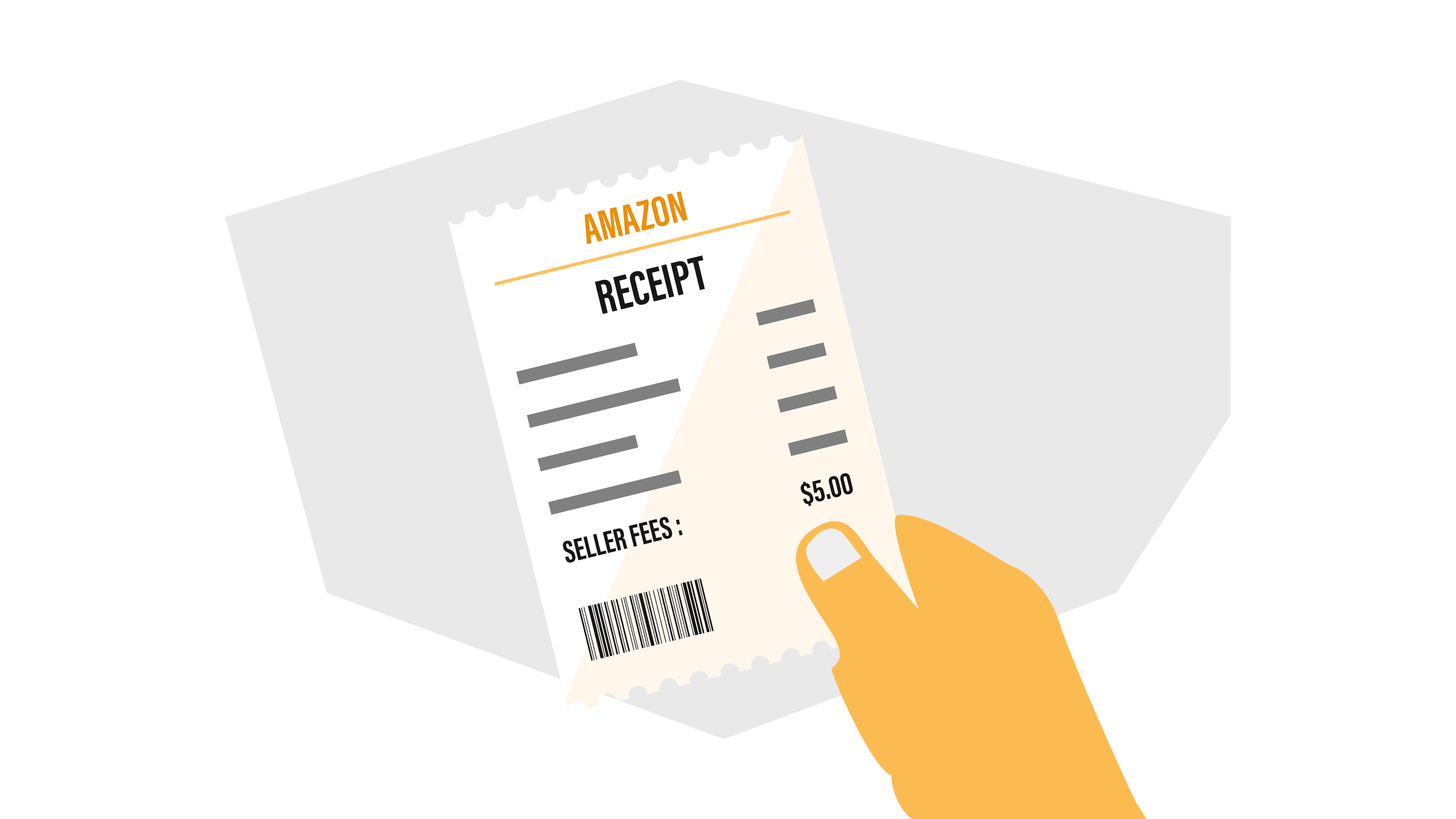
Becoming an Amazon seller lets you tap into the platform’s 300 million customers. Also, opting in to the company’s FBA program gives you access to its many benefits that go beyond fulfillment. However, joining this circle means you’ll have to contend with Amazon’s plethora of fees. In this guide, we’ll help you understand and navigate...
By Rachel Andrea Go on May 23, 2023
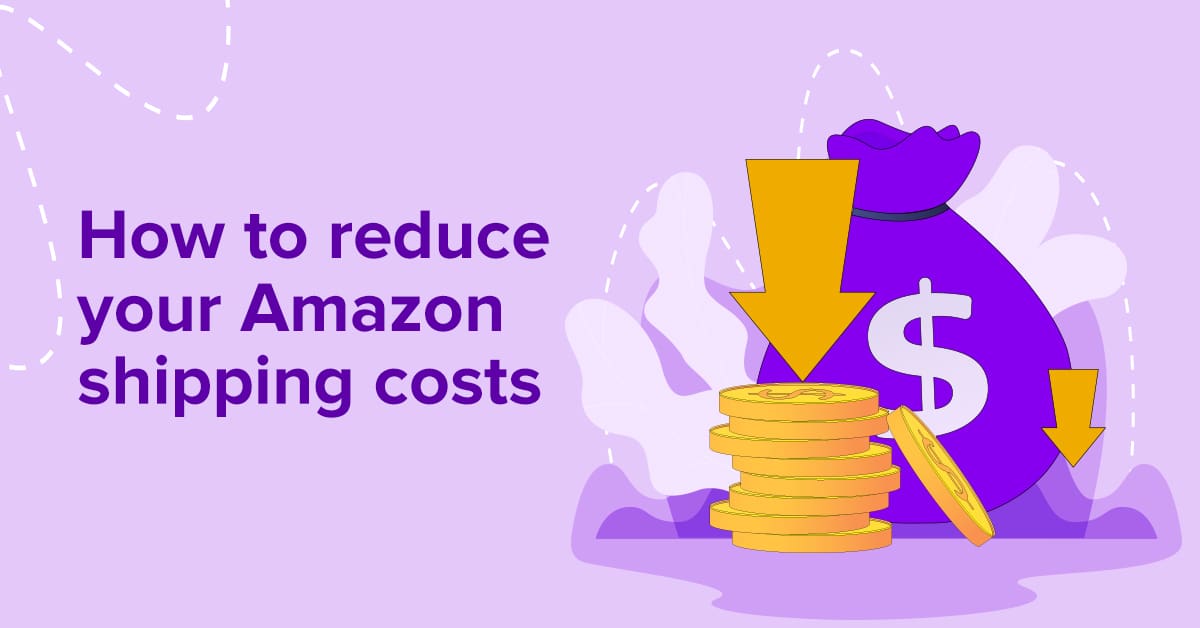
Shipping costs play a significant role in attracting and retaining eCommerce customers. By cutting your logistical expenses, you can increase your profits and differentiate your products from your competitors, which helps you stand out in a crowded market. Read on to learn some top tips to reduce your Amazon shipping costs, from leveraging Amazon’s programs...
By Taylor Meeker on May 18, 2023
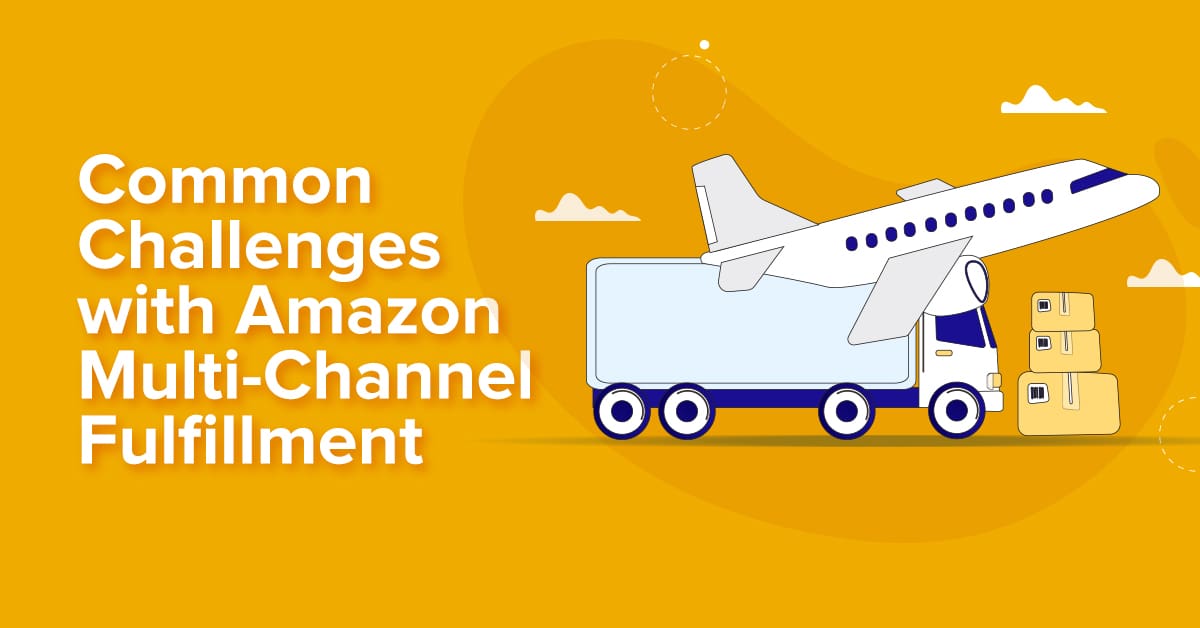
Amazon is a major player in the eCommerce industry, providing online sellers with a massive platform to reach millions of customers across the globe. One of its most popular services is Amazon Multi-Channel Fulfillment (MCF), which allows sellers to take advantage of Amazon’s vast fulfillment network to complete orders from other sales channels. Amazon MCF...
By Rachel Andrea Go on May 16, 2023
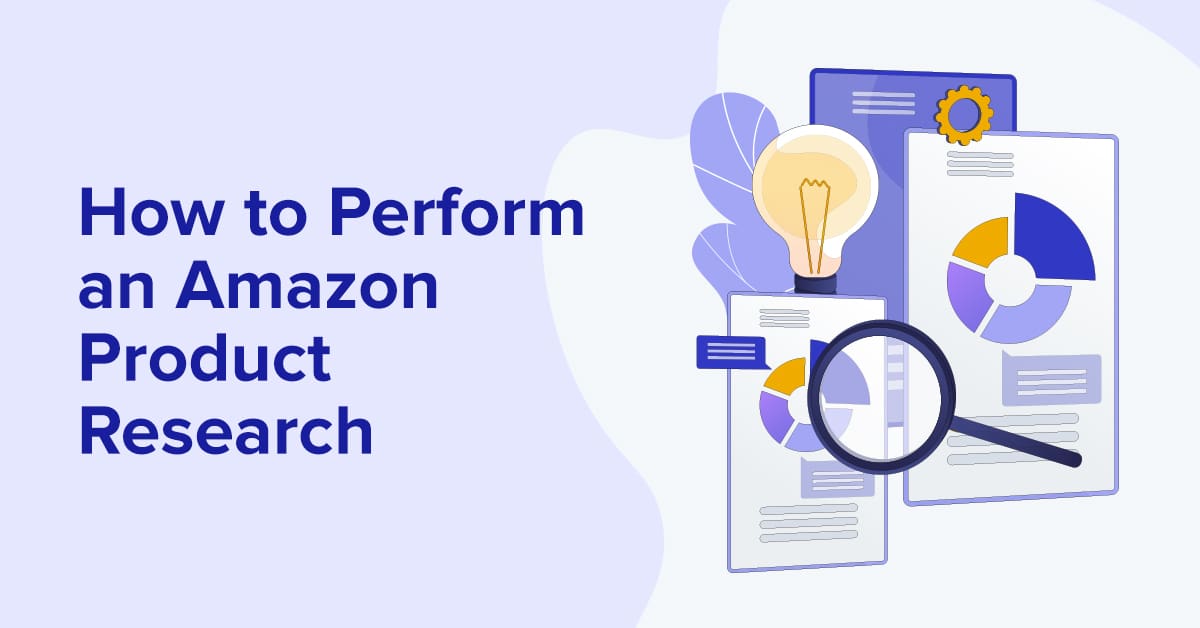
This is a guest post from Jordi Ordoñez. Jordi is an Amazon seller consultant who has written and participated in La Vanguardia, Shopify, Prestashop, Radio Nacional de España, Capital Radio, El Español, Revista Emprendedores, Brainsins, Marketing4ecommerce, eCommerce-news.es, SEMRush and other media. He provides Amazon training at The Valley, Foxize, EOI, Esic and other business schools....
By Guest on May 04, 2023
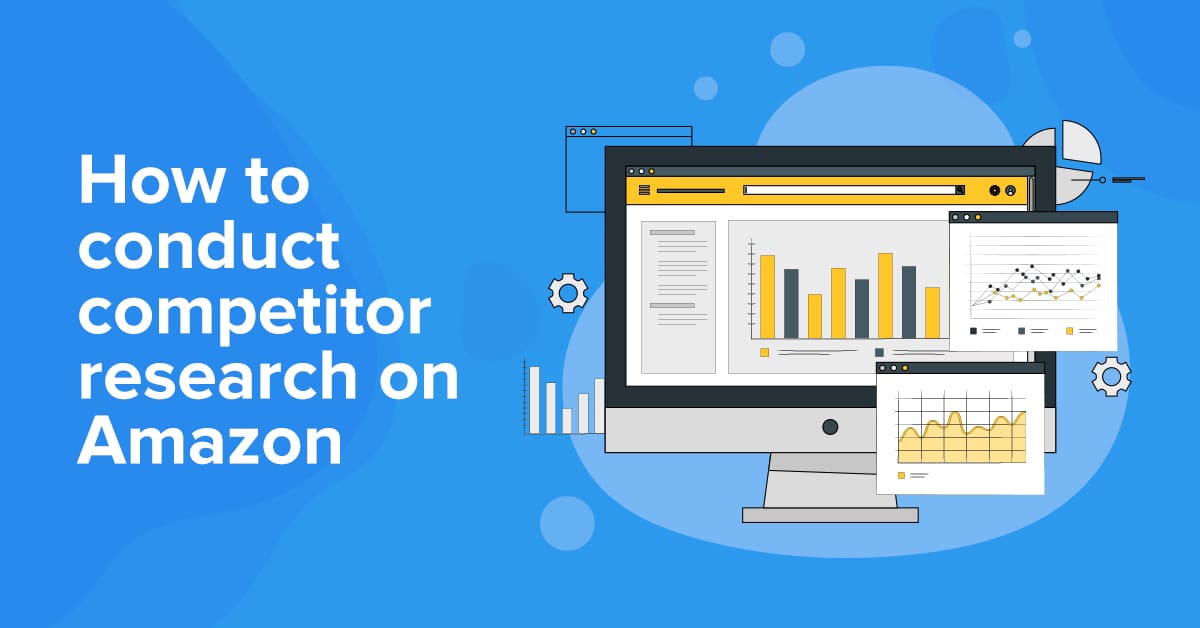
Competition is fierce in eCommerce, and understanding your competitors is essential to your business’s survival. Amazon is the largest online marketplace, with over 300 million active customers worldwide. However, it’s also the major platform for a massive number of sellers — and you have to contend with this large pool to attract shoppers’ attention. By...
By Rachel Andrea Go on May 02, 2023
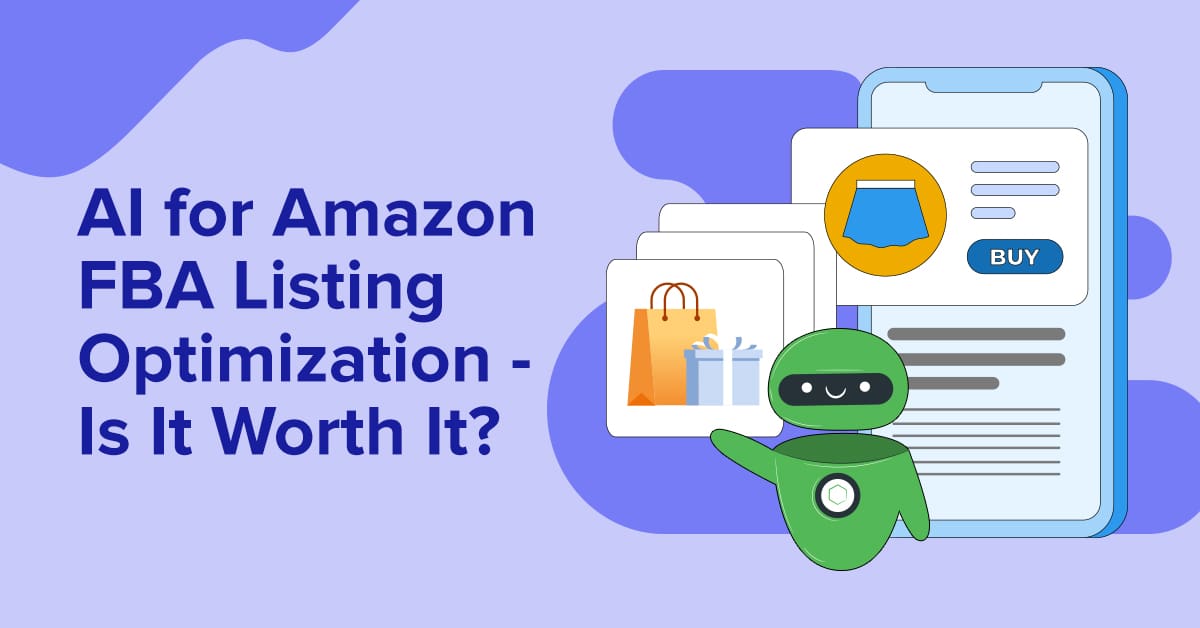
This is a guest post from Hammad Nafees of Zonguru. A marketer by trade, a writer at heart, and an Amazon evangelist around the clock, Hammad lives and breathes the world of the smiling A. You can often find him discussing the ins and outs of the eCommerce marketplace across the web. In the very...
By Guest on April 13, 2023
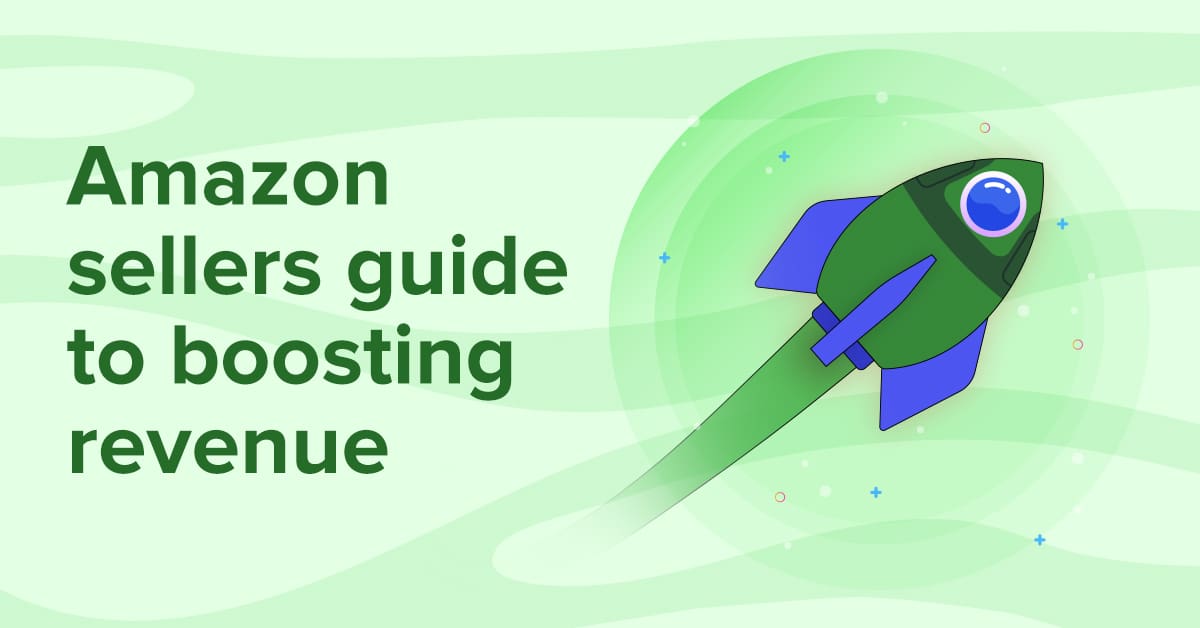
eCommerce is one of the most potentially lucrative business opportunities of the 21st century. This is evidenced in the success of online marketplaces like Amazon, the third-largest company by revenue in the world, boasting over 300 million customers and $121.23 billion in Q2 2022 alone. The eCommerce titan’s ready-made buying audience, next-level insights, and nearly...
By Rachel Andrea Go on March 14, 2023

Seems like you can’t go anywhere online without the people talking about how ChatGPT is the next big thing. I think these are the same folks who were buying LUNA and saying that “NFT’s are here to stay” just a year or two ago. Quite frankly, I’d like to press *MUTE* on all that chatter...
By Taylor Smits on March 07, 2023
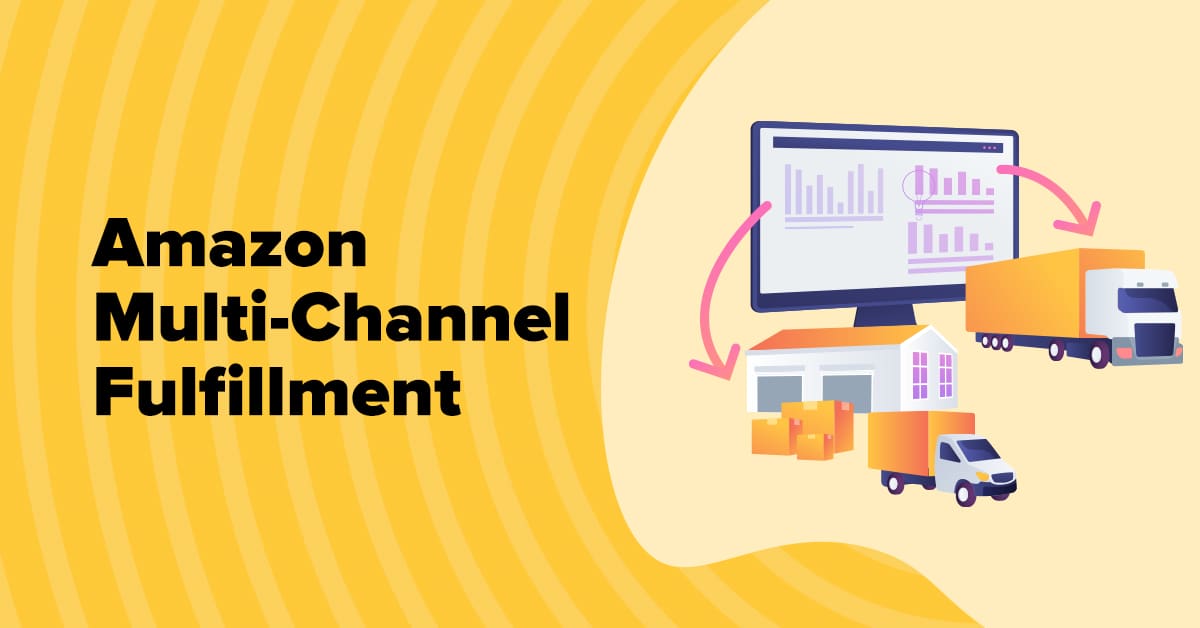
If you’re an eCommerce business owner, you’ve probably heard rumblings about Amazon Multi-Channel Fulfillment (MCF) and how it can help you grow your business. But you might be wondering, What exactly is Amazon MCF, and how can it benefit my business? In this blog post, we’ll answer those questions and more. Don’t have time to...
By Rachel Andrea Go on February 28, 2023

If you’ve been in the eCommerce world for a while, you know the space comes with its own terminology, methodologies, strategies, and tactics. There are many to learn, understand, and implement to ensure your eCommerce business reaches its full potential. So, to get you up to speed, we’ve put together a comprehensive eCommerce glossary. Let’s...
By Rachel Andrea Go on January 26, 2023
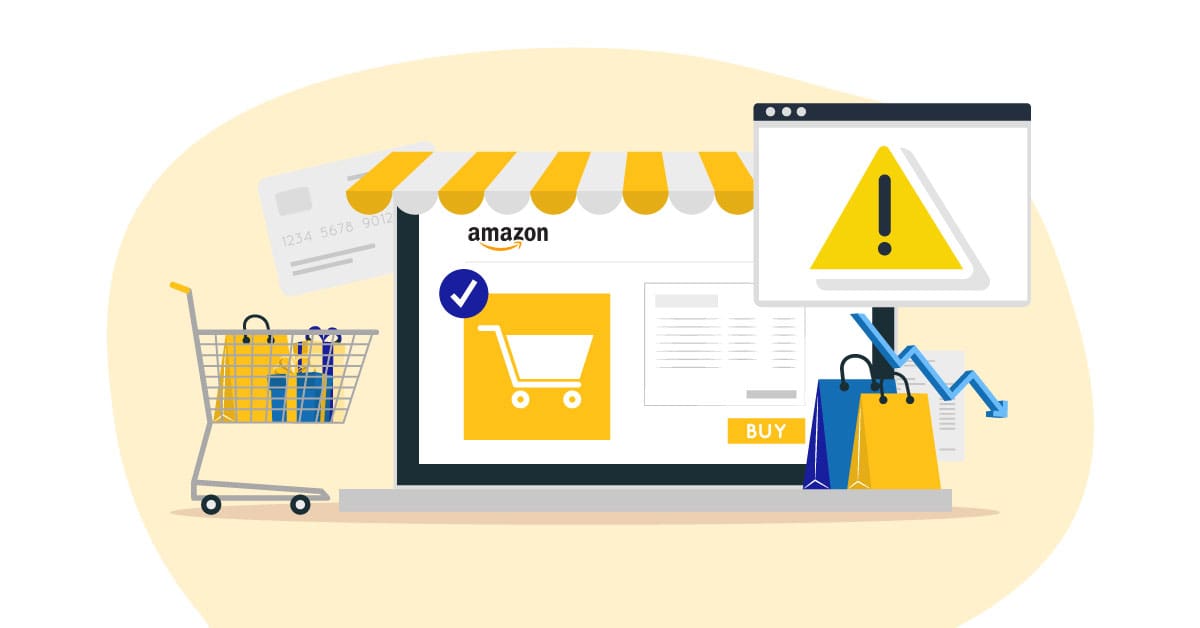
Boasting a $705.65 billion valuation, an estimated $162,360 million from first-party sales, and an expected 40% share of the U.S. market’s eCommerce sales in 2022, Amazon is the epitome of eCommerce success. While the titan leads the pack in U.S. eCommerce, getting ahead in its massive marketplace is challenging and can incur costly mistakes without...
By Rachel Andrea Go on January 10, 2023
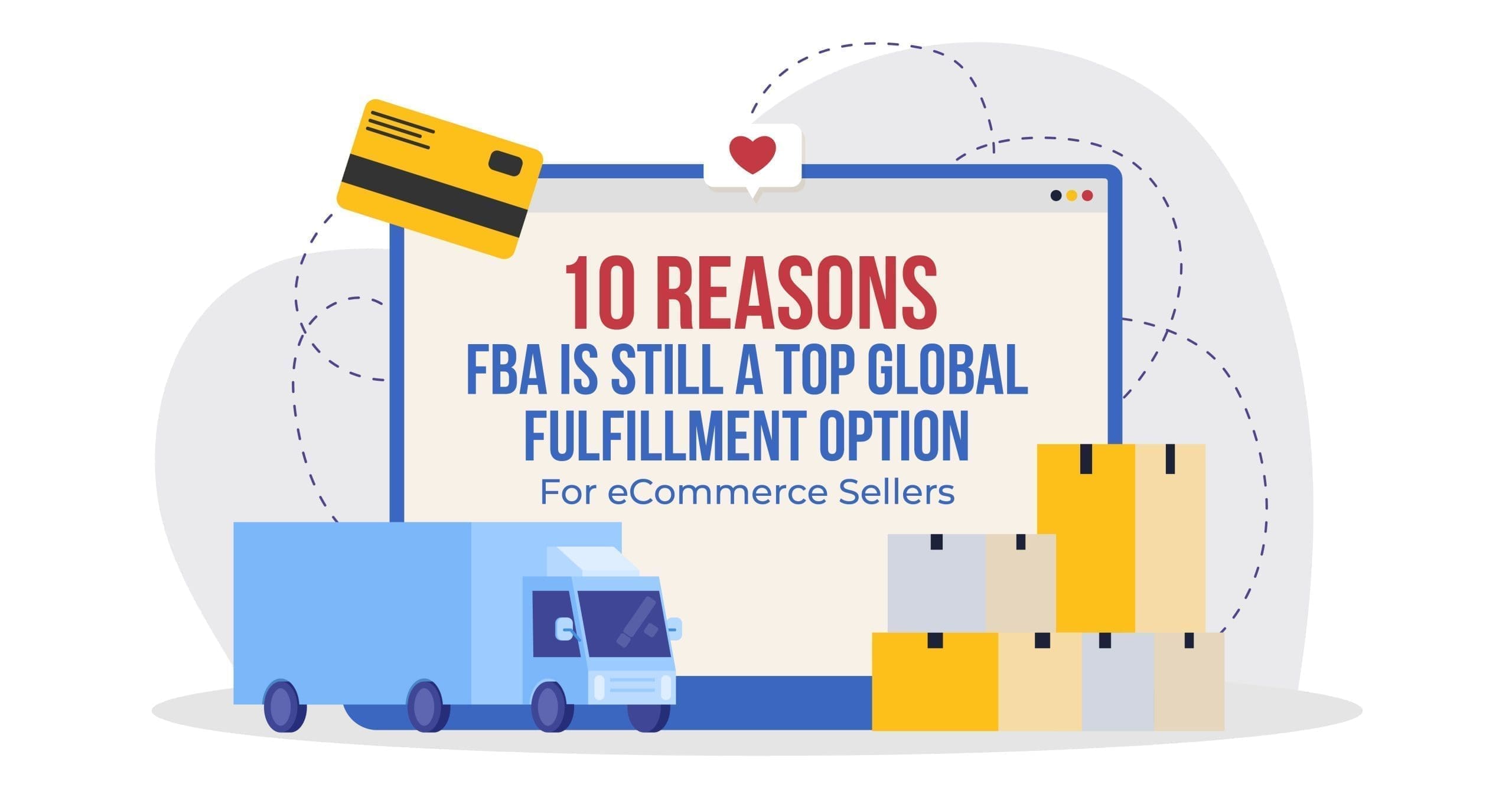
If you’re weighing up selling on Amazon, you could be on to a winner. 76% of Amazon sellers are profitable as of 2022, and 69% of brands are pure-play Amazon businesses. One of the secret ingredients to many brands’ success on Amazon is Fulfillment By Amazon, also known as FBA. Each year the FBA service...
By Rachel Andrea Go on December 22, 2022
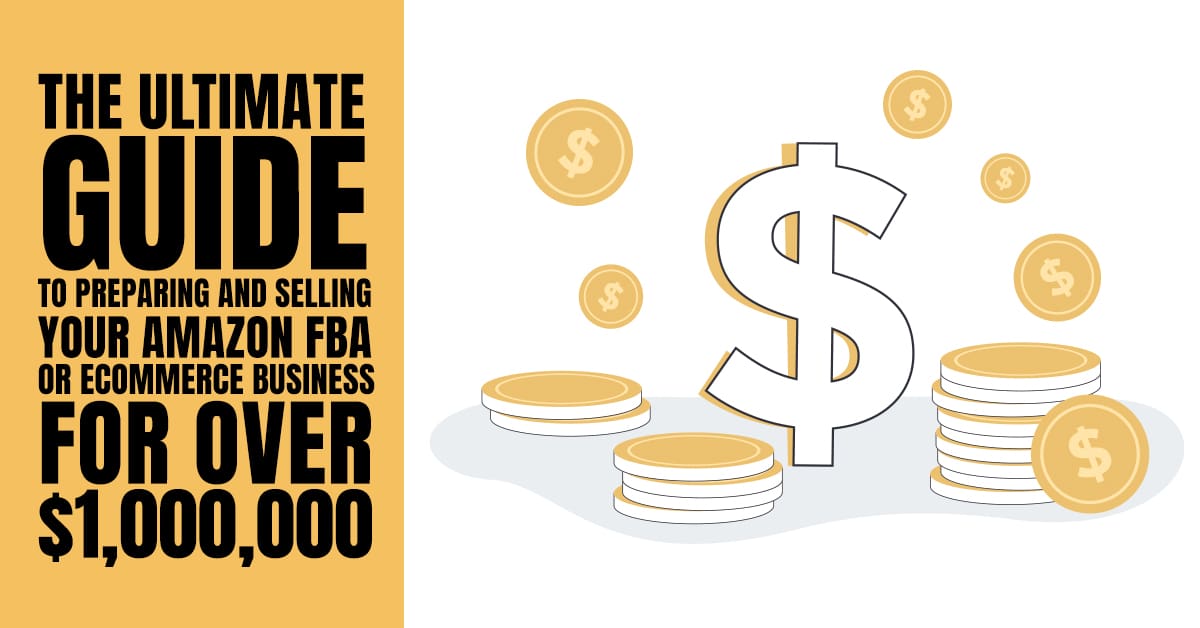
This is a guest post from Empire Flippers, removing the friction from buying and selling online businesses and have helped people buy and sell over $400 million worth of online businesses. When Amazon and DTC sellers come to the end of a year of selling, they tend to ask themselves: “Can I repeat the same level...
By Guest on November 10, 2022

If you’ve ever attended an eCommerce event, you’ll know how incredible and insightful they can be. eCommerce events, conferences, and summits are bound to be overflowing with value and innovative insights. After attending an event, be it online or in-person, you’ll walk away with a newfound love for your business. Hear about the latest innovations,...
By Rachel Andrea Go on October 20, 2022
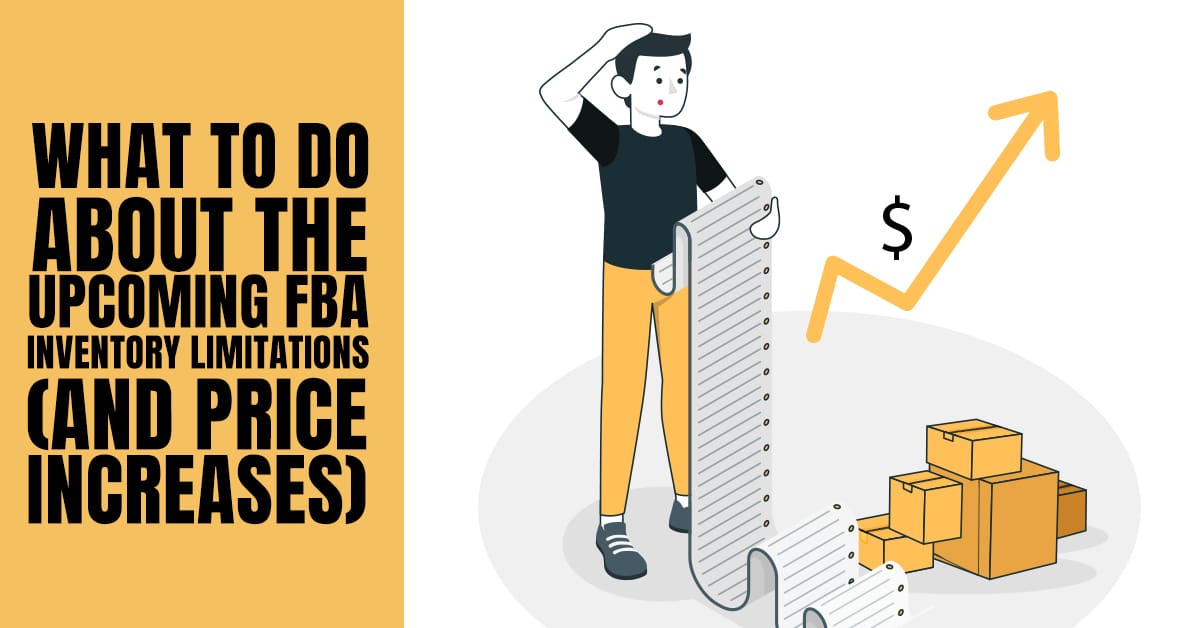
Just when we thought selling on Amazon couldn’t get more expensive, it has. Amazon delivered the blow that service fees will be increasing once again. This price hike now joins the inventory limits and rising ad costs sellers must contend with in the most critical selling season and beyond. To give you an idea, third-party...
By Rachel Andrea Go on October 04, 2022
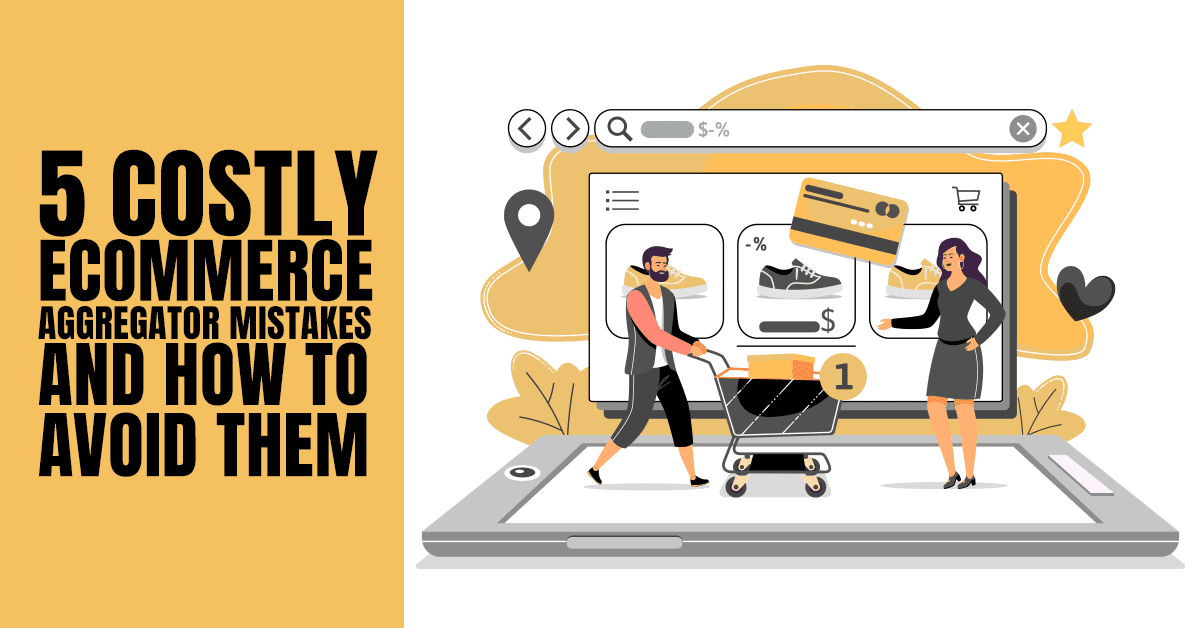
Since April 2020, funds raised stand at a whopping $14.9 billion with 47% of deals fetching between $2-$5million each. The secret is out. The eCommerce aggregator business model is now one of the hottest opportunities for making vast amounts of money online. However, running an aggregator isn’t all sunshine and rainbows. With multiple brands on...
By Rachel Andrea Go on July 28, 2022
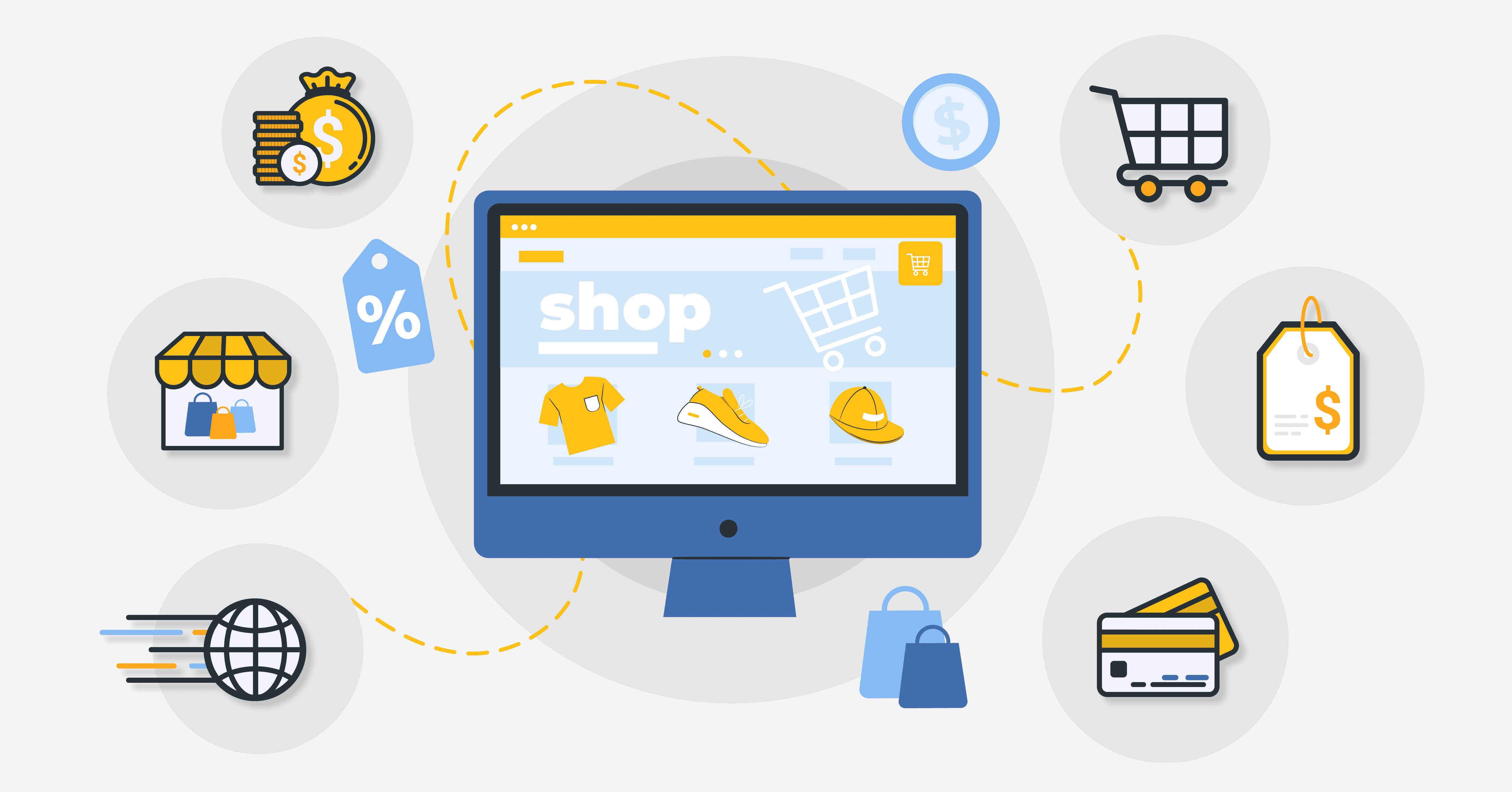
This is a guest post from Forrest. Blair is the Chief Marketing Officer and Founder of AMZ Prep, one of Canada’s fastest-growing startups in the fulfillment space that helps businesses and brands with their warehousing & logistics needs. From flipping items at garage sales to becoming a global entrepreneur, eCommerce is in Blair’s DNA. Starting...
By Guest on June 09, 2022

With consumer spending on Amazon.com skyrocketing due to the pandemic and a firm like Thrasio raising billions, Amazon aggregators are taking the eCommerce world by storm. In fact, companies that have acquired flourishing Amazon brands have raised almost $15 billion in capital. If you don’t know what Amazon aggregators are, this article will introduce them...
By Rachel Andrea Go on May 17, 2022
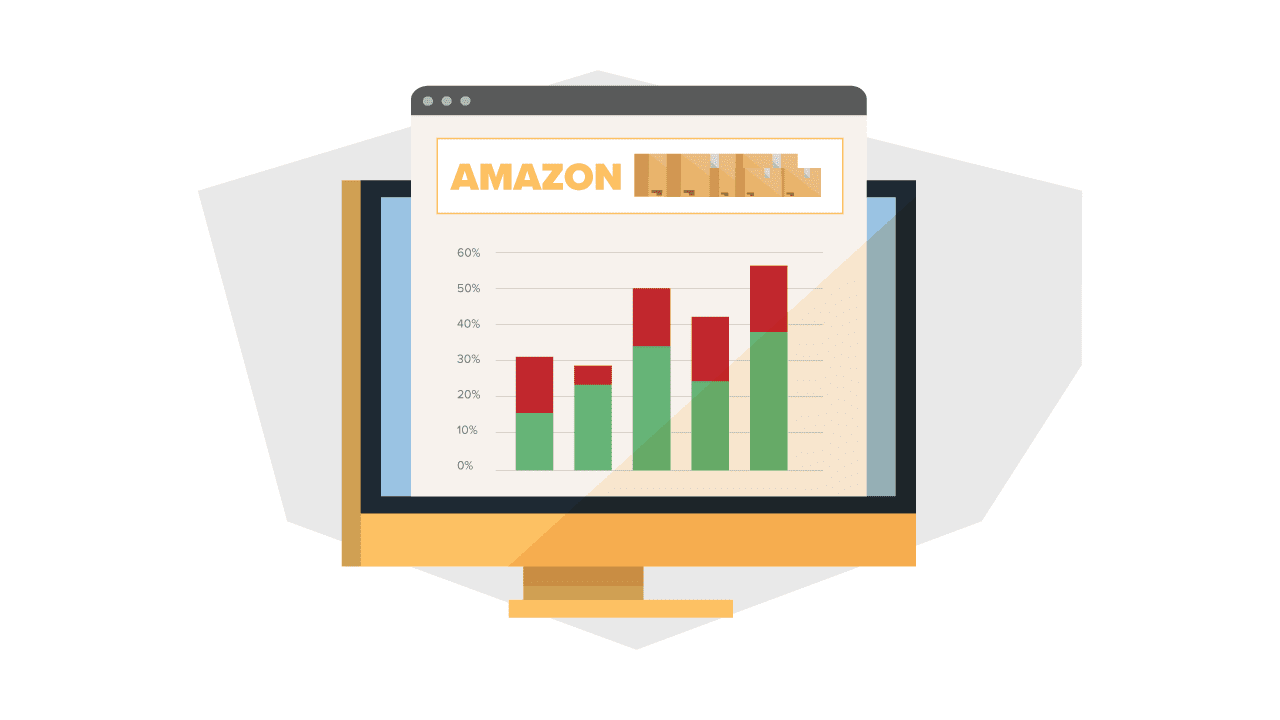
Your Amazon Inventory Performance Index (IPI) score dictates important aspects of your business, such as your inventory limits and FBA fees. It can be scary when your IPI veers toward the red and Amazon starts cutting your FBA storage, but it’s not impossible to turn things around. In this article, we’re going to break down:...
By Rachel Andrea Go on April 14, 2022
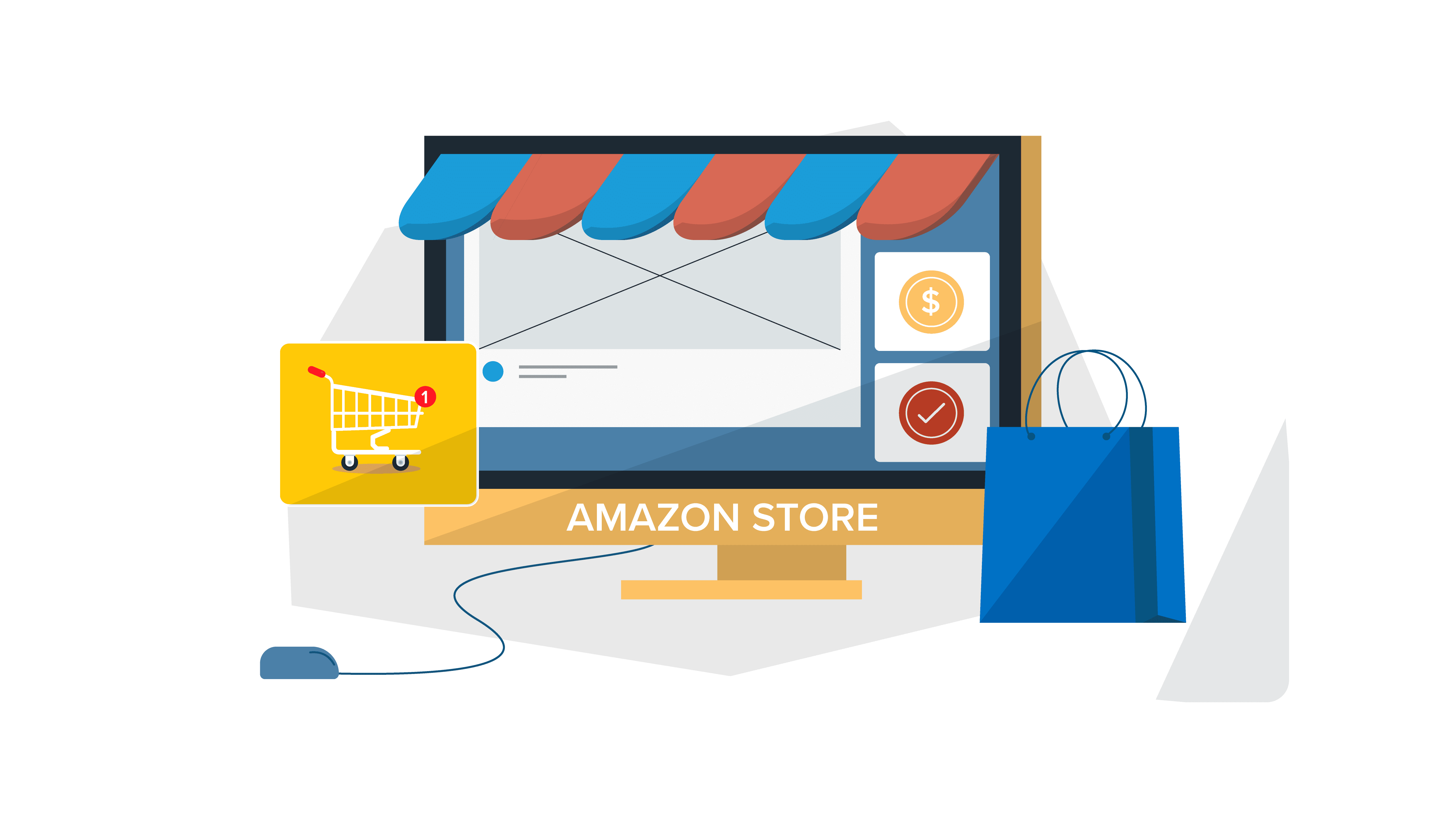
2022 is the year of omni-channel selling. If you aren’t selling successfully on Amazon, the world’s largest online marketplace, it’s time to change that. The platform is home to more than 9.5 million global sellers offering every product you can think of (and then some). So, how do you stand out? To get the most...
By Rachel Andrea Go on April 12, 2022

Did you know the ports along the American West Coast are governed by the same union? It’s called the International Longshore and Warehouse Union (ILWU), and their current contract, which took effect in 2019, will expire on July 1st, 2022. Not every contract renewal results in supply chain disruptions and ports being shut down. However,...
By Rachel Andrea Go on March 22, 2022
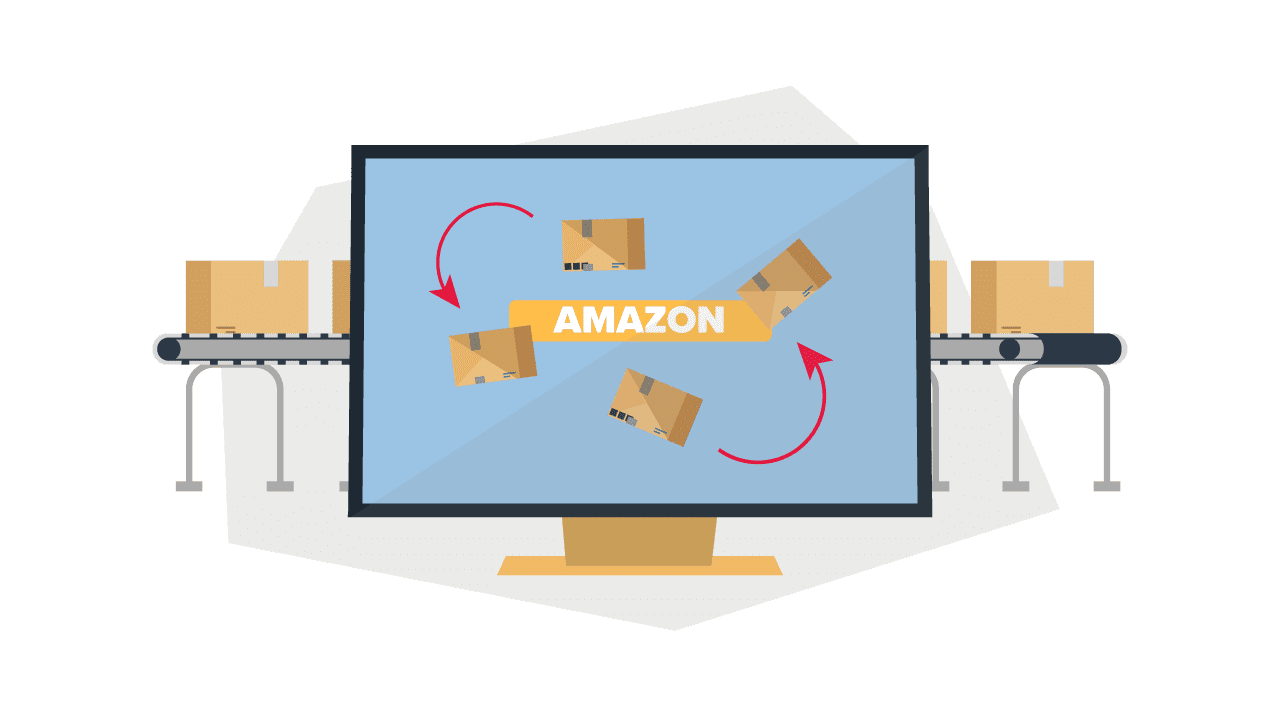
This is a guest post from Matthew Rickerby. Matthew is the Director of Marketing at Skubana, a leading solution for multi-channel, multi-warehouse DTC brands. For the past 10 years, he’s covered eCommerce topics ranging from SEO to supply chain management. Measuring and understanding your eCommerce inventory turnover is critical to manage your inventory effectively and...
By Guest on March 17, 2022

Merchants who sell online constantly need to find creative ways to do business, especially in today’s dynamic environment. With supply chain issues around the world and the booming growth in eCommerce, customer demand for new products at great prices has continued to swell at an often unsustainable pace. For new sellers and established businesses alike,...
By Rachel Andrea Go on March 03, 2022

For many eCommerce professionals, the early days of January bring a welcome break from the hustle and bustle of the holiday season. For weeks, if not months, you and your team have fulfilled orders, managed customer inquiries, and navigated the rocky supply chain of our Covid-19 reality. It probably feels like as good a time...
By Rachel Andrea Go on January 04, 2022
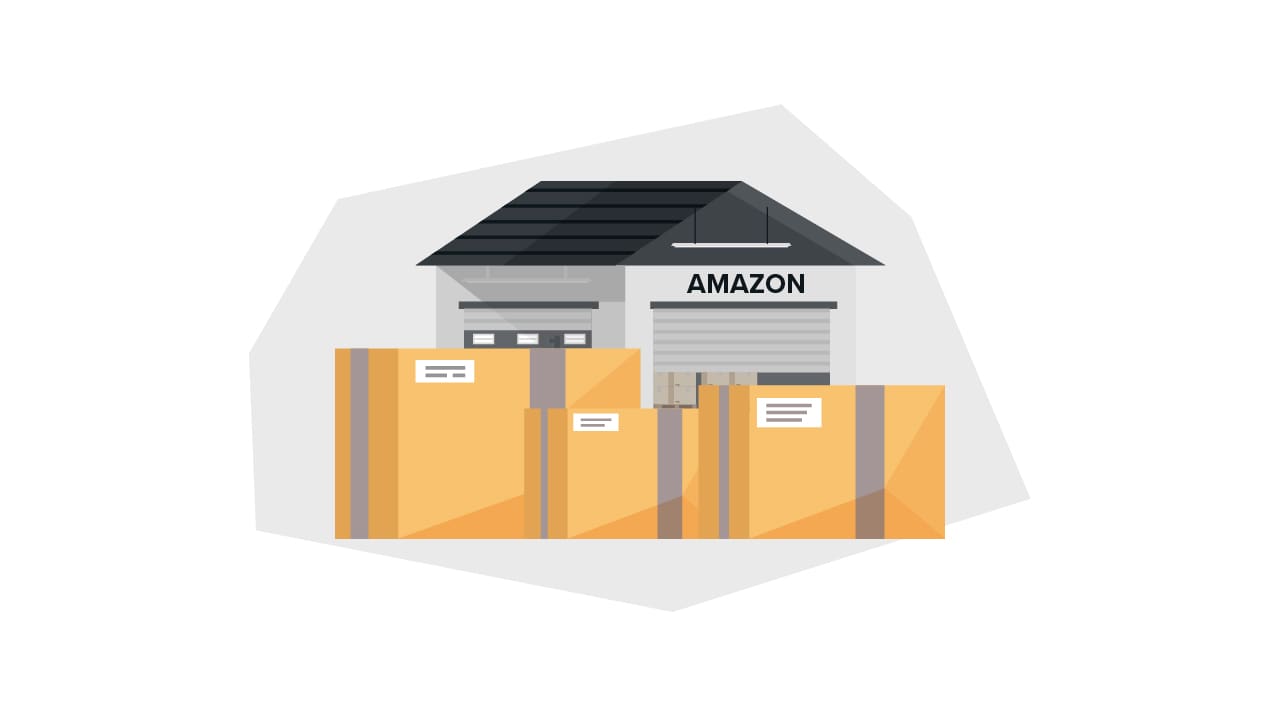
MyFBAPrep’s very own Taylor Smits joined the Riverbend Consulting Amazon Seller Happy Hour this month, to talk about all things FBA – from outsourcing, to prep, to all things in between. Check out the recording below! How to stay in stock on FBA Staying in stock is vital for every business, no matter the season....
By Rachel Andrea Go on December 23, 2021

It’s hard to remember a time when Amazon was just a bookseller. But in 1994, when Bezos hatched his idea for an online store, books were nothing short of a godsend. Books not only promised high demand and low costs, but a large variety of titles to choose from. Sure enough, within just two months...
By Rachel Andrea Go on December 16, 2021

This is a guest post from Hammad Nafees, Content & Outreach Specialist of ZonGuru. ZonGuru is an all-in-one Amazon toolkit that helps private label sellers with product research, niche evaluation, competition analysis, listing optimization, inventory tracking, customer review acquisition, and running day-to-day operations of their Amazon business. Their tools provide data from across 10 Amazon marketplaces,...
By Guest on December 14, 2021
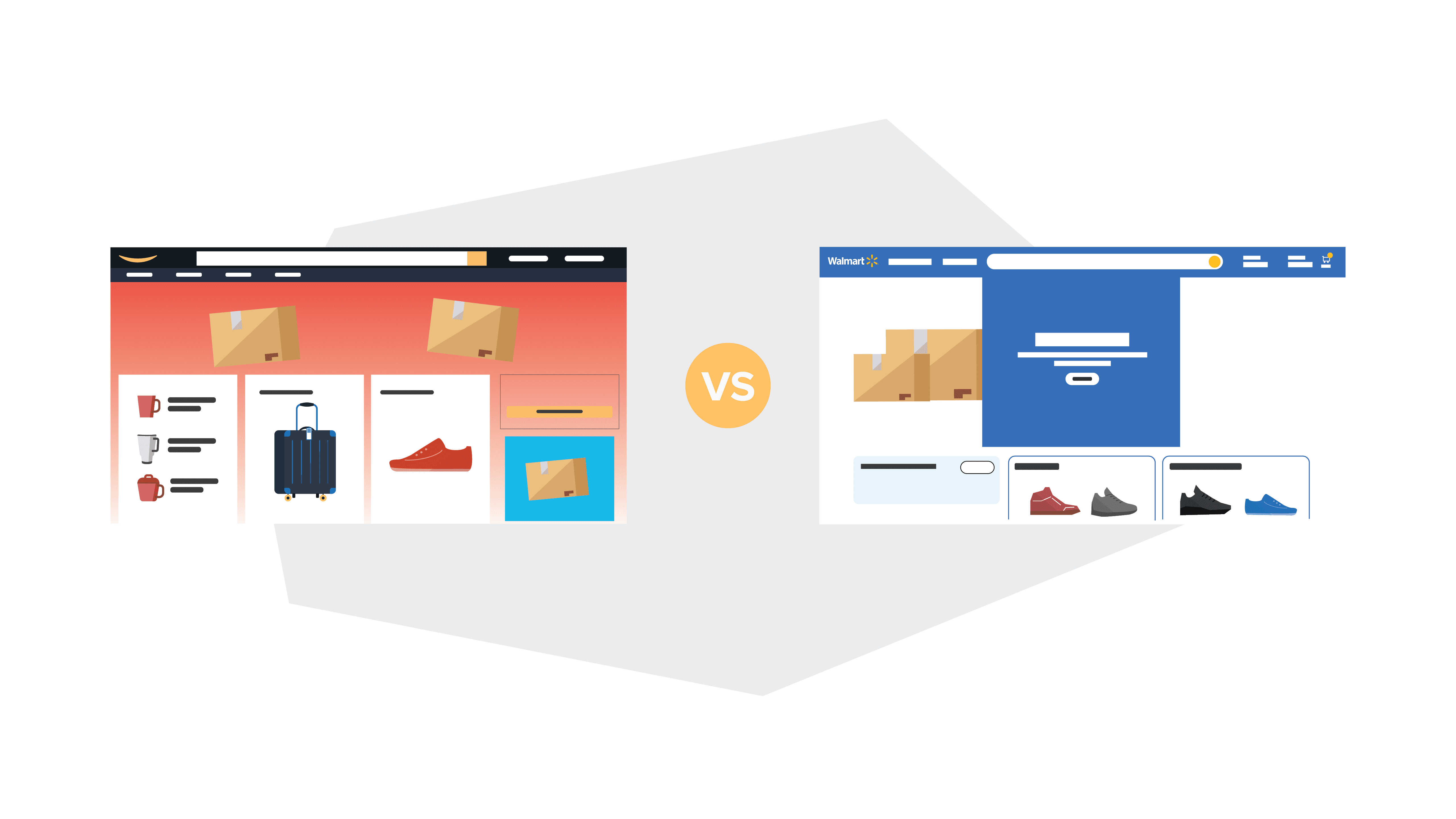
This is a guest post from Channel Key, a full-service channel management marketplace consulting agency that has helped generate nearly $500M in Amazon sales for brands worldwide. Complete 360-degree services include marketplace strategies, content development, marketing and advertising, catalog management, marketplace and fulfillment setup, and ongoing consulting. Call it the retail rivalry of the century....
By Guest on December 09, 2021
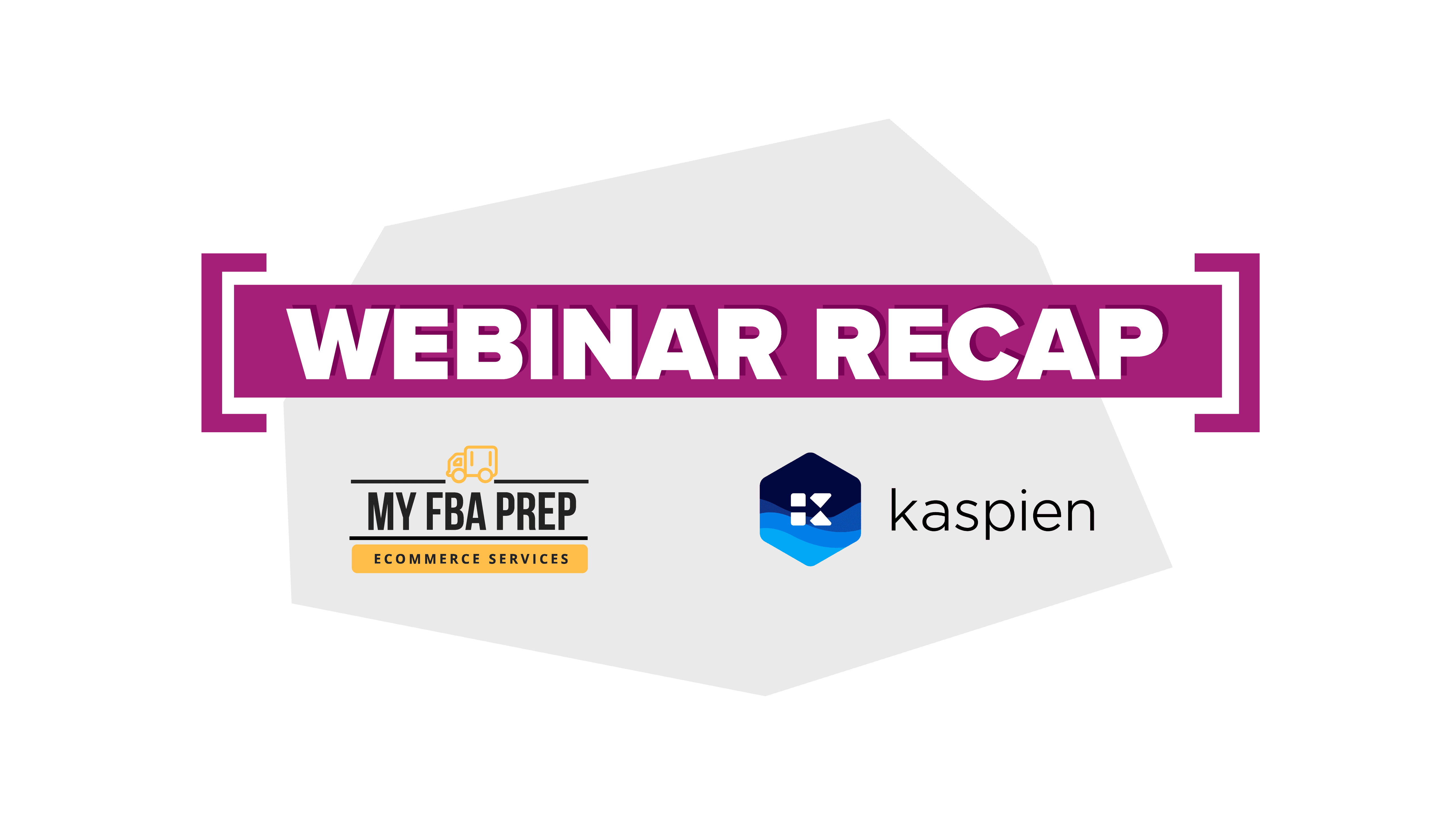
Webinar recap — As Q4 approaches, it’s crucial sellers take steps to implement strategy. Whether that’s increasing inventory, optimizing ads, or taking steps to prevent additional costs, it will make and save you money. While much of this can be handled manually, the wealth of digital tooling on the market often makes it faster and...
By Rachel Andrea Go on October 21, 2021
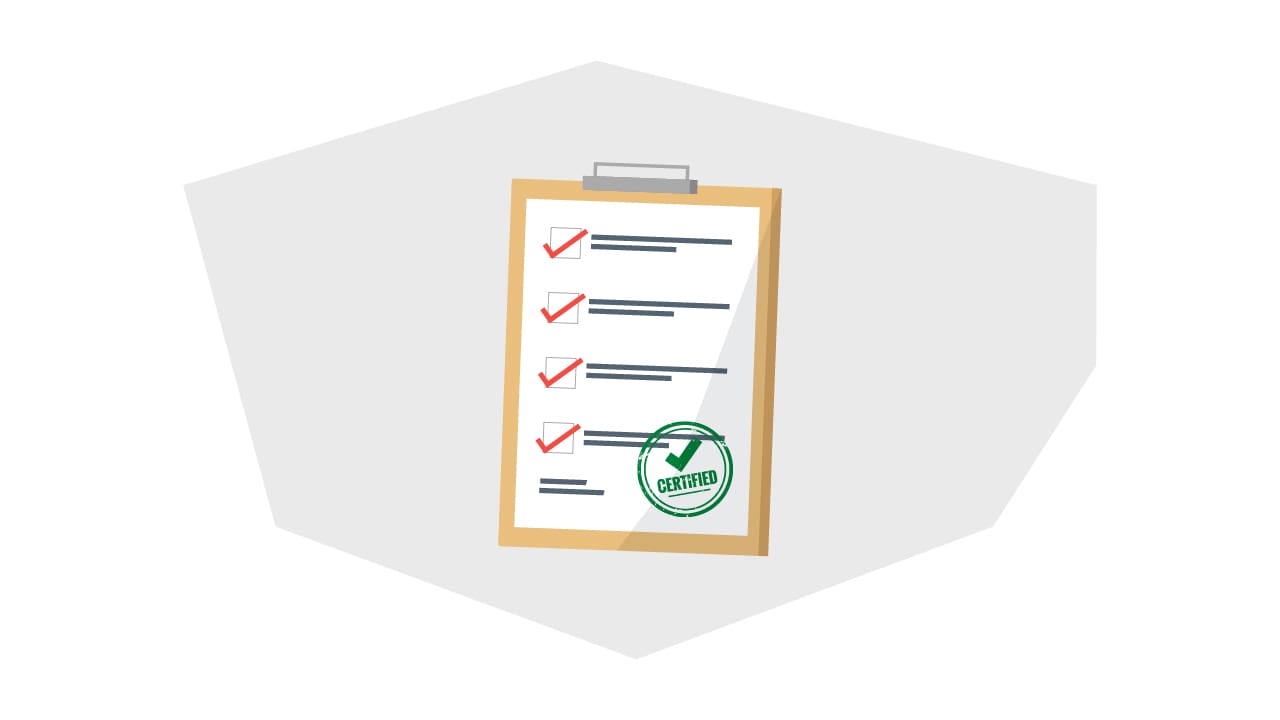
Amazon FBA is meant to simplify fulfillment, but preparing a shipment for FBA is anything but. You must meet a number of strict FBA prep requirements to avoid check-in delays, unexpected charges, or rejected inventory. To give you a sense of what the process entails, here’s a list of several common FBA prep services to...
By Rachel Andrea Go on October 19, 2021
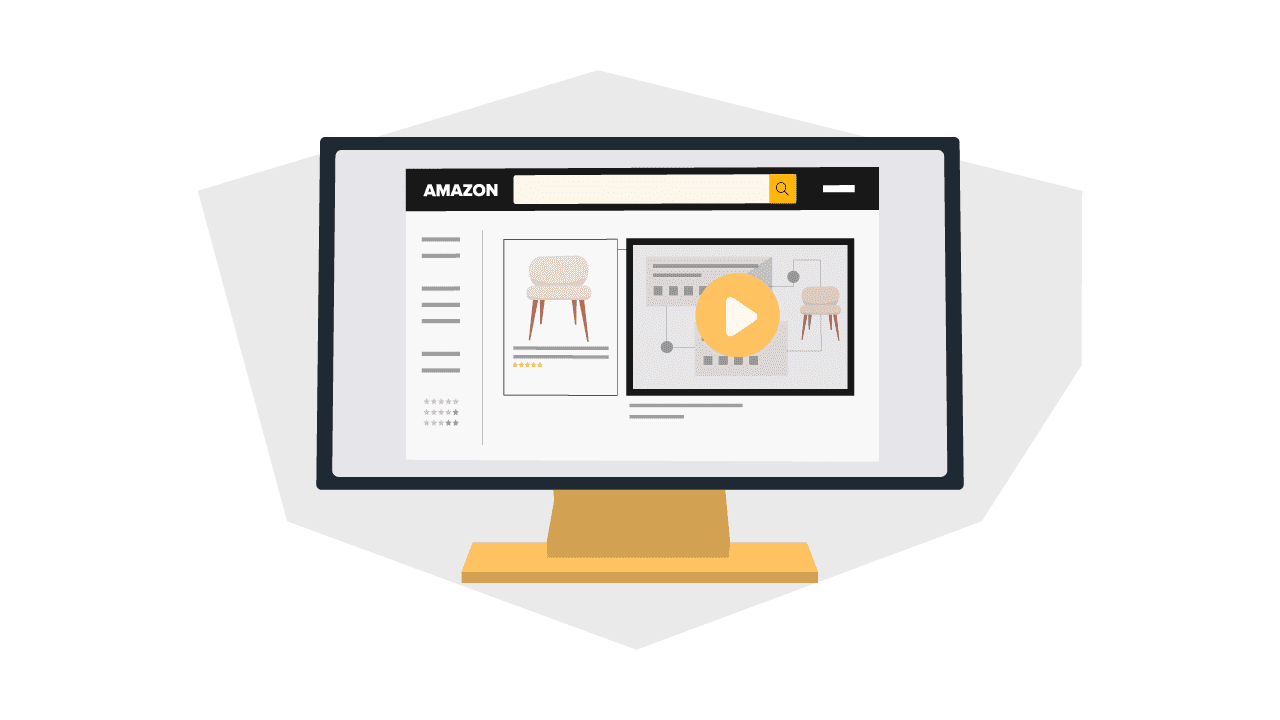
As lucrative as Amazon can be, it’s a hard place to build your brand. A majority of Amazon shoppers are brand agnostic. In fact, 65% of surveyed consumers said they would feel comfortable buying from names they’ve never heard of before on marketplaces like Amazon. Amazon A+ Content, however, provides a golden opportunity to showcase...
By Rachel Andrea Go on October 07, 2021

Amazon has updated their shipping template, so we’re here to give you some new step-by-step instructions to create an FBA shipping plan. Properly creating a shipping plan is vital to getting your goods into FBA without any delays. These 8 simple steps (with photos) will have you on your way in no time. Step 1:...
By Rachel Andrea Go on September 30, 2021

Two thousand characters. That’s how much space you have in your Amazon product descriptions to impress your customers. That might sound like a lot, but it’s easy to max out on characters when your description is one of the only things your customers have to base their purchase decisions on. Needless to say, having a...
By Rachel Andrea Go on September 28, 2021
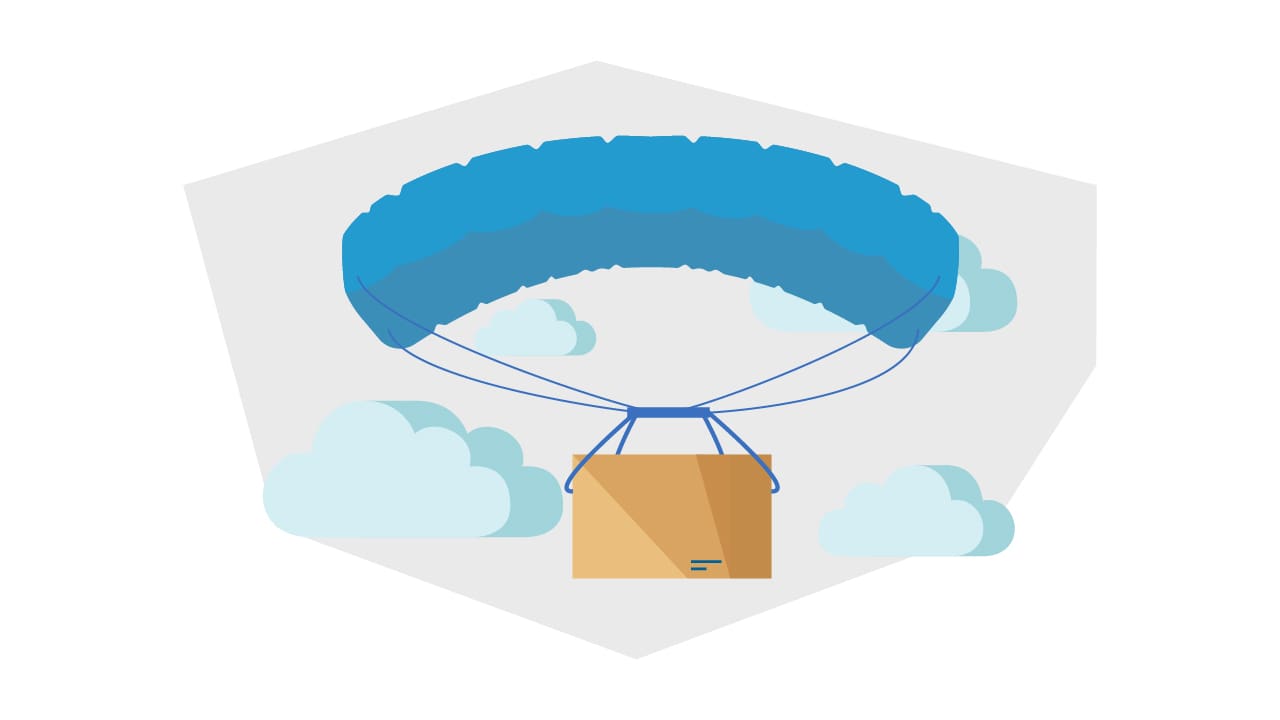
Amazon is one of the largest eCommerce companies in the world. In 2020, Amazon achieved $386 billion in revenue, over half of which was generated by third-party sellers. Selling products on Amazon has become a highly profitable channel for entrepreneurs. In this article, we will explore the four most popular ways to sell on Amazon. Keep...
By Rachel Andrea Go on August 31, 2021

This is a guest post from Leeline Sourcing. Leeline Sourcing is a China shipping agent that can help with your sourcing and shipping to the US. International shipping from China to FBA is a time-consuming process, least of all because of the distance your products have to travel. There’s a lot of space and steps...
By Guest on July 27, 2021

Amazon opens up a lot of opportunities for high ROI and a healthy stream of revenue. However, selling on Amazon isn’t a cakewalk. If you’re new to eCommerce, you can expect a steep learning curve, which makes you susceptible to costly mistakes. If you’re an established business, even one careless mistake may end up destroying...
By Rachel Andrea Go on July 06, 2021
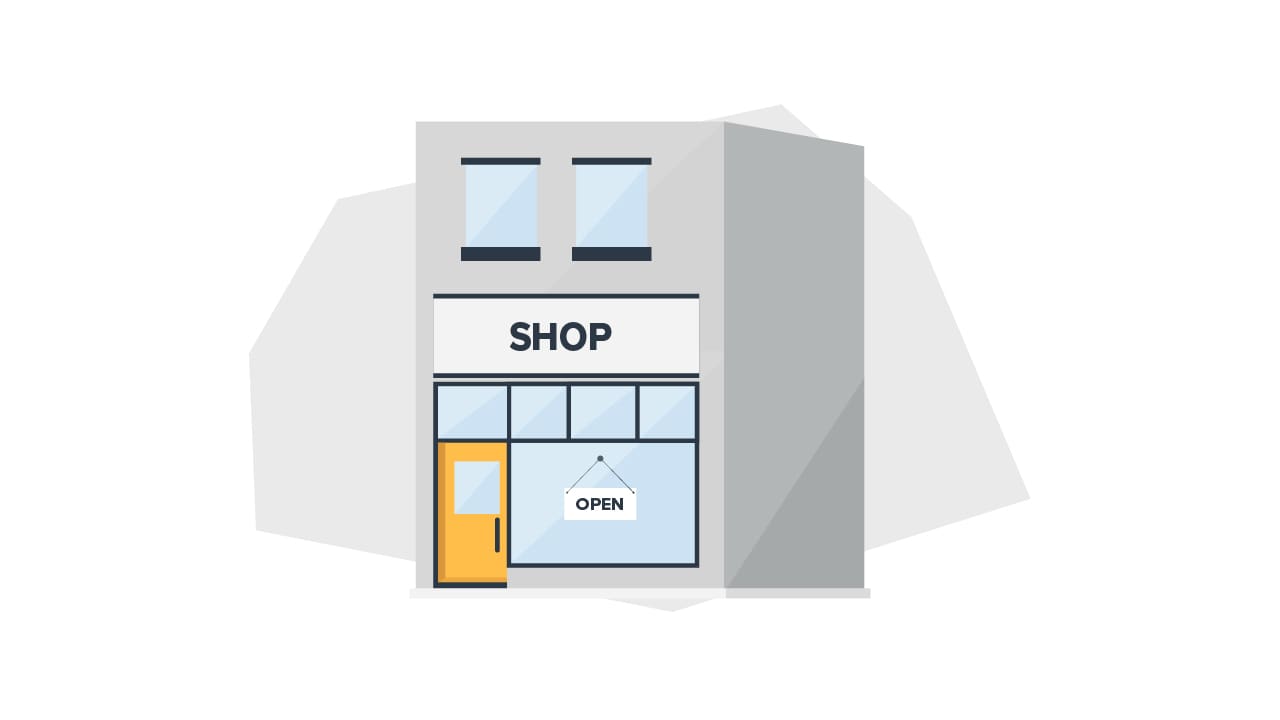
Whether you’re a newbie or a veteran Amazon seller, it’s easy to get caught up in trivial matters and overlook important tasks that don’t seem urgent. But this is a mistake — just because something doesn’t seem urgent doesn’t mean it’s not important. Many of the things you might be overlooking are critical drivers for...
By Rachel Andrea Go on June 29, 2021
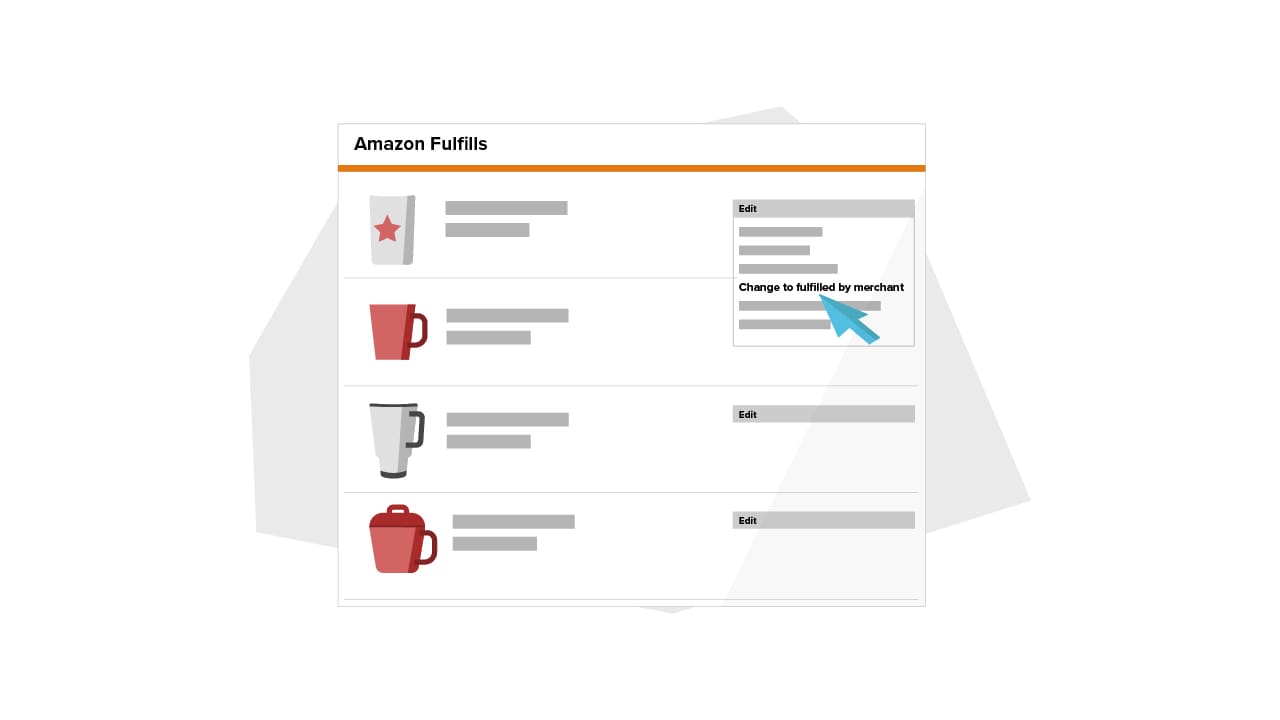
If you sell on Amazon, you probably use Fulfilled by Amazon (FBA). According to eDesk, 94% of Amazon sellers use FBA today, and we expect that number to increase as Amazon further builds out its networks. It’s understandable — setting up with FBA is fast, easy, and means Amazon handles most of the infrastructure and logistics...
By Rachel Andrea Go on June 15, 2021
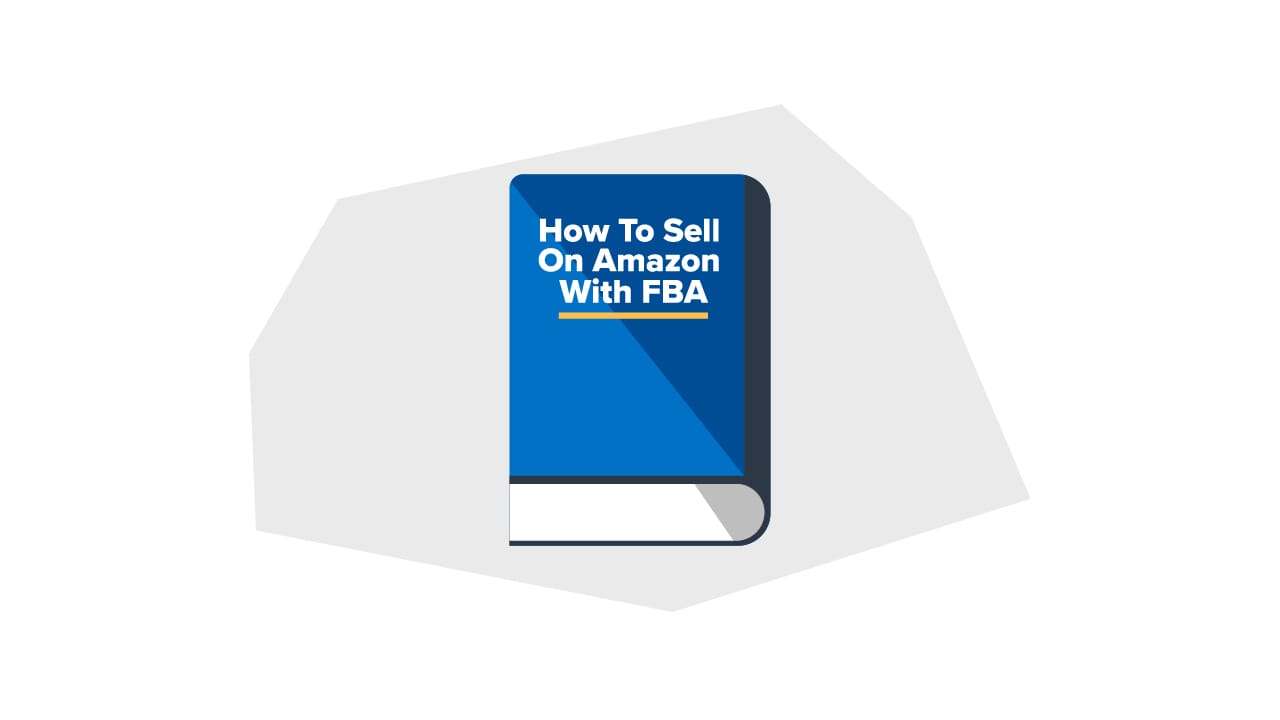
Selling on Amazon with FBA is a no-brainer. You get access to Amazon’s vast customer base and their nationwide fulfillment network. While there are detailed guidelines to navigate, such as strict prep regulations and high long-term storage fees, the benefits often outweigh the costs. In this article, we’ll cover why you should sell on Amazon...
By Rachel Andrea Go on May 04, 2021

Amazon requires vendors to follow specific guidelines to sell their products on its platform. You need to ensure Amazon-compliant packaging, labels, and dunnage if you want your products to reach Amazon’s fulfillment centers. One of the big challenges for eCommerce sellers is finding the best materials and methods to prep their items for different fulfillment...
By Rachel Andrea Go on April 20, 2021

Amazon is a behemoth marketplace, with a buyer volume that can earn a single merchant millions by finding the right product and mastering Amazon marketing. Some merchants stumble onto a great SKU almost by accident, whereas others have Amazon selling down to a science. Whether your Amazon experience is easy or hair-pulling, you should know...
By Rachel Andrea Go on April 06, 2021
